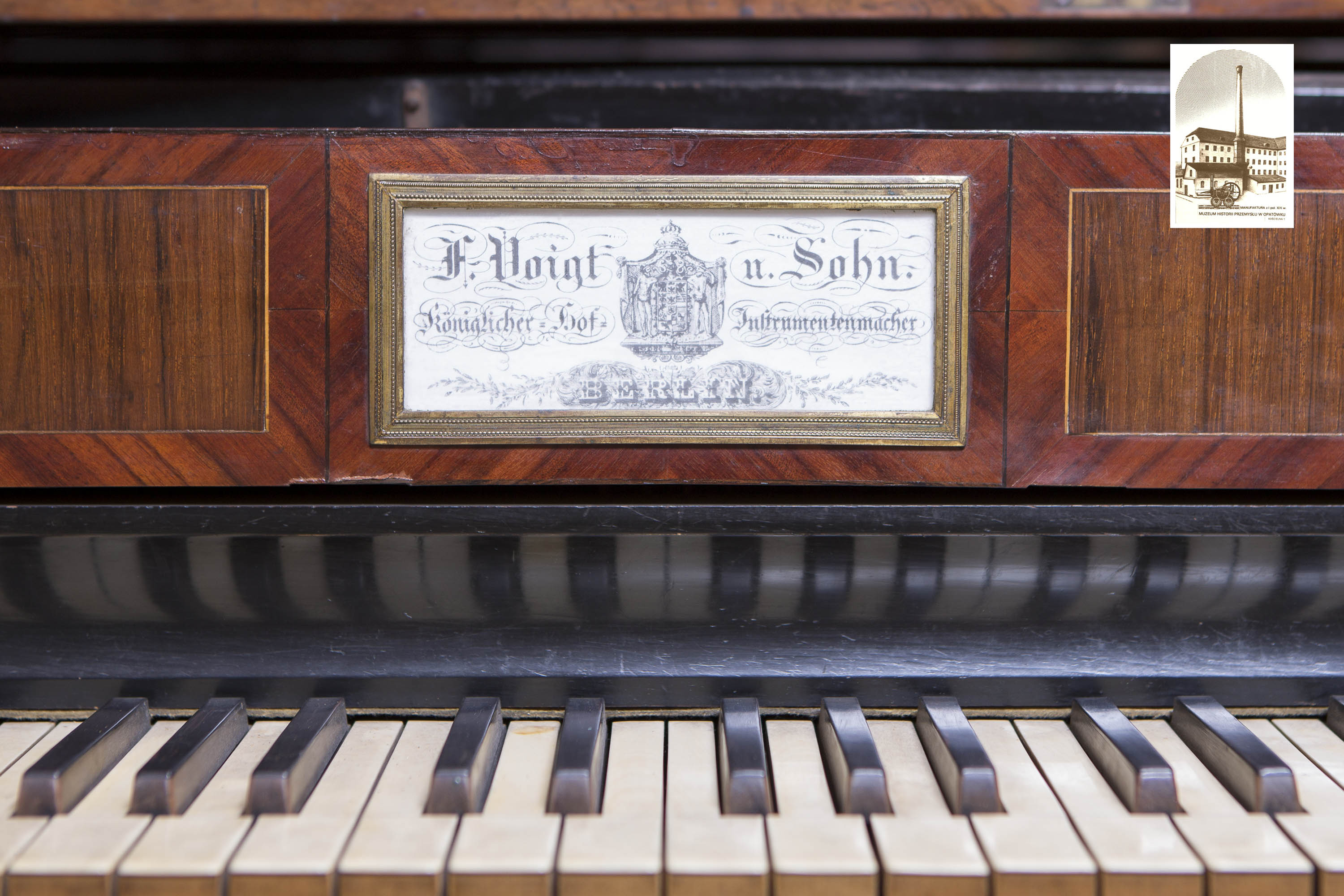Warning: count(): Parameter must be an array or an object that implements Countable in /application/modules/default/views/scripts/manufacturers/index.phtml on line 3
Amberg, Caspar
Born in 1778 in Salzburg, in 1811 Caspar Amberg obtained a license to run his own piano workshop in Vienna. For a few years he had worked with Vienna's leading piano maker J.B. Streicher, who took the custody of Amberg's children after the latter's death in 1830. There are only a few surviving Amberg pianos, one of them being the boudoir piano in the Andrzej Szwalbe Collection in Ostromecko.
Bibliography: B. Vogel, Kolekcja zabytkowych fortepianów Filharmonii Pomorskiej, (Bydgoszcz, 11980, 21987), p. 82; R. Hopfner, Wiener Musikinstrumentenmacher 1766-1900, (Tutzing, 1999), p. 29
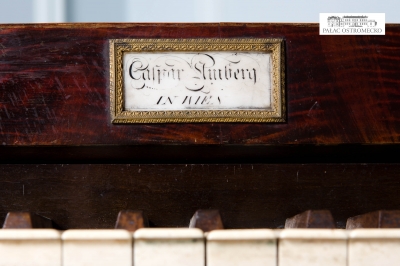
Apollo, Fibiger Brothers (Karol and Aleksander)
Apollo, founded by the Fibiger Brothers (Karol and Aleksander) was a factory of grand pianos, uprights and keyboards, functioning between 1889 and 1947 in Kalisz. Aleksander Oskar and Karol Otton Fibiger were experienced piano makers from a family with a long tradition in piano manufacturing (they were nephews of Gustaw Arnold Fibiger – see entry). After Aleksander’s death in 1935 his sons Aleksander Marian and Jan Sylwester succeeded to his share. Apollo instruments found recognition and buyers in the Congress Kingdom of Poland and in Russia already before World War I. During the interwar years, Apollo was a distinguished maker of stylish pianos. Besides pianos, in the 1930s they manufactured keyboards for pianos, organs and reed organs. They were awarded at piano-making exhibitions, receiving a golden medal at the Poznań Fair in 1929, a grand golden medal in Vilnius in 1930, and a grand golden award in Warsaw in 1932. Musicians J. Śliwiński, K. Stromenger and A. Brachocki praised the quality of the Fibiger Brothers' instruments. During World War II the factory was taken over by the German textile firm AMC Textil-Werke W.R. Schultz. After the war, they manufactured furniture and repaired pianos but never made a new one.
Bibliography: B. Vogel, Polskie fortepiany XIX-XX w. Kolekcja Muzeum Historii Przemysłu w Opatówku, (Opatówek, 1994), pp. 18-19, 36, 60-61, 71; B. Vogel, Fortepian polski. Budownictwo fortepianów na ziemiach polskich od poł. XVIII w. do II wojny światowej, (Warszawa, 1995), pp. 215-216; K. Rottermund, Budownictwo instrumentów muzycznych na terenie Wielkopolski w XIX i I połowie XX wieku, (Poznań, 2002), p. 104
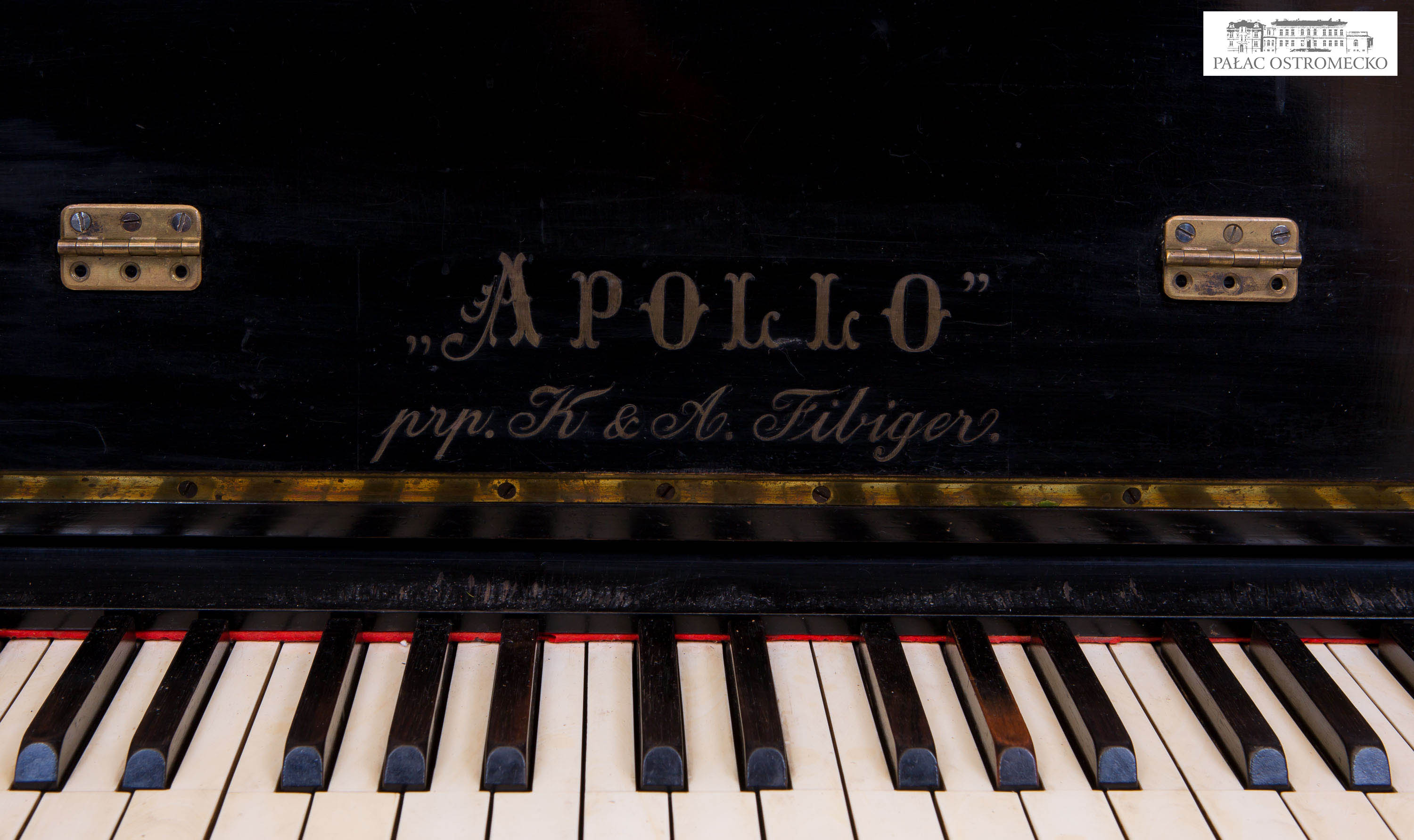
Ast, Johann
Johann Ast was a Vienna-based piano maker (b. in Vienna [?] in 1812, d. in Vienna [?] after 1864). On 13 July 1843 he obtained citizenship of Vienna. His workshop was located at different addresses: in 1844-47 at Landstrasse, Gartengasse 47 as well as Landstrasse, Bockgasse 478; in 1848-54 at Lumpertgasse 715, Neue Wieden; in 1856-60 at Franzensgasse 707, Wieden; in 1859 and 1860 at Francensgasse 708, Neu Wieden; in 1862 at Mittersteig 412, Wieden; in 1864 at V. Mittersteg 15 (= no. 412). The nameplate of one of the two Ast’s grand pianos surviving in Poland gives the address Kettenbrückengasse 715 (Neue Wieden). In August 1857 he visited Warsaw, perhaps in connection with an industry fair taking place at the city at the time.
Bibliography: H. Ottner, Der Wiener Instrumentenbau 1815-1833, (Tutzing, 1977), p. 17; B. Vogel, Kolekcja zabytkowych fortepianów Filharmonii Pomorskiej, (Bydgoszcz, 11980, 21987), p. 26. R. Hopfner, Wiener Musikinstrumentenmacher 1766-1900, (Tutzing, 1999), p. 34; Kurier Warszawski (1857), no. 210, p. 1148, no 224, p. 1216
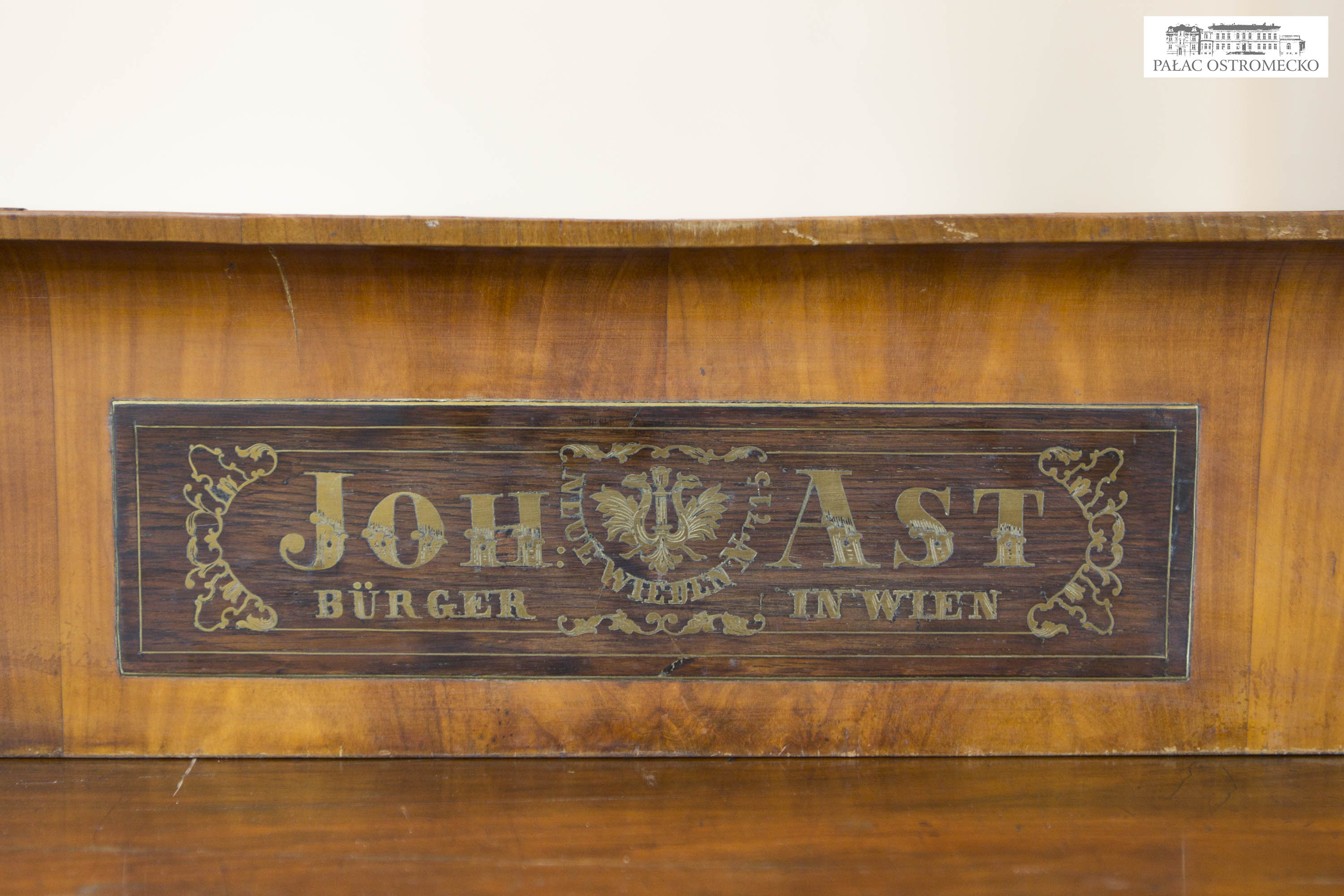
Bauer, Pett (?)
Pett (?) Bauer was a piano maker working in Breslau (then Prussia; present-day Wrocław, Poland) in 1833. He may be same person as the piano maker C. Bauer (C.G. Bauer, G. Bauer) known to have lived in Breslau in 1833-1837: first at Schmiedebrücke 42 (1832), then at Katharinenstr. 19 (1833), next at Ohlauerstr. 19 (1835), and finally at Ohlauerstr. 19/9 (35/53) (1837). He was not a major piano maker. A grand piano made by Pett Bauer (most probably the only surviving instrument of his making) is part of the Andrzej Szwalbe Collection in Ostromecko near Bydgoszcz. Its original label has not survived.
Bibliography: Adressbuch der Haupt- und Residenz-Stadt Breslau, ed. F. Mehwald, (Breslau, 1832), p. 60; (1833), p. 172; (1835), p. 167; (1837), p. 240

Bechstein, Carl
German piano maker Carl Bechstein (b. 1826 in Gotha, d. 1900 in Berlin), founded a piano company that operates to this day. He had worked with G. Perau in Berlin as well as H. Pape and J.G. Kriegelstein in London and Paris. In 1853 he set up his own firm in Berlin, which first produced uprights, then – from 1856 – also grand pianos. Thanks to his knowledge of the latest European innovations and the fact that in the last quarter of the 19th century he applied American construction and technology, Bechstein’s instruments became one of the best in the world. During his lifetime, his firm produced nearly 54 thousand uprights and grands, and became the official piano supplier to the queen of England, the queen of Prussia, and the royal courts of Spain and Russia. In 1879 Bechstein opened a branch in London and in 1903 – in Paris. In 1894 his sons – Edwin, Carl, and Johann joined the business. Seriously damaged during World War II, the company did not reopen until 1950. From 1963 to 1986 it was part of The Baldwin Piano Company in Cincinnati, USA; since 1986 it has been owned by German piano maker Karl Schulze.
Bibliography: B. Vogel, Kolekcja zabytkowych fortepianów Filharmonii Pomorskiej, (Bydgoszcz, 21987), p. 28; H. Henkel, Lexikon deutscher Klavierbauer, (Frankfurt am Main, 2000), pp. 41-44, C. Ehrlich, A. Beetem Acker, ‘Bechstein’ in The Grove Dictionary of Musical Instruments, Vol. 1, ed. L. Libin, (Oxford, 22014), p. 286
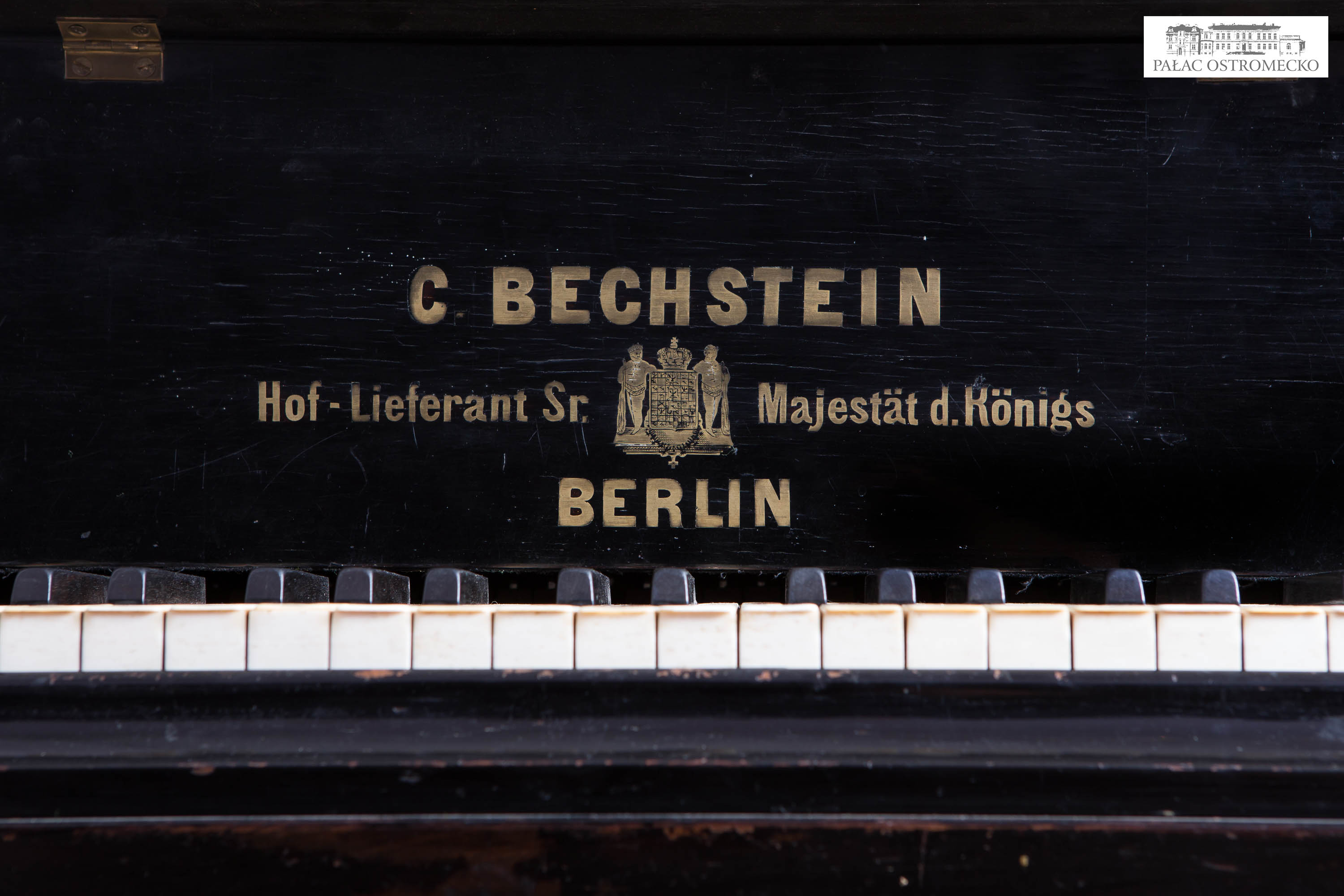
Becker, Jacob
Piano maker Jacob Davidovich Becker (Bekker) (b. in Neustadt an der Haardt, now: Neustadt an der Weinstraße near Mannheim, d. 1879 in St. Petersburg) was a founder of a well-known Russian piano company. In 1839 he obtained a 10-year patent for a grand piano of his making from the king of Bavaria. In 1841 he opened a factory in St. Petersburg. He introduced a range of innovations and held numerous patents. In 1865 Becker was the first piano maker in Russia to apply double repetition action. In 1861 Jacob’s brother Franz replaced him as the head of the company. In 1871 it was taken over by P.L. Peterson and M.A. Bitepazh (Bietepage), triggering its development and mechanisation. In 1904 Carl Schröder took up the reins of the firm. It dwindled c. 1914. Just before World War I the company’s 400 associates produced up to 1800 instruments a year.
Bibliography: Clinkscale Online: A Comprehensive Database of Early Pianos, http://db.earlypianos.org/, [11 Dec. 2015]; A.V. Keller, Die Handwerker in St. Petersburg von der Mitte des 19. Jahrhunderts bis zum Ausbruch des Ersten Weltkrieges 1914, (Frankfurt am Main, 2002), pp. 453, 562; A. Swartz, Piano Makers in Russia in the Nineteenth Century, (Bethlehem, 2014), pp. 55, 61-63
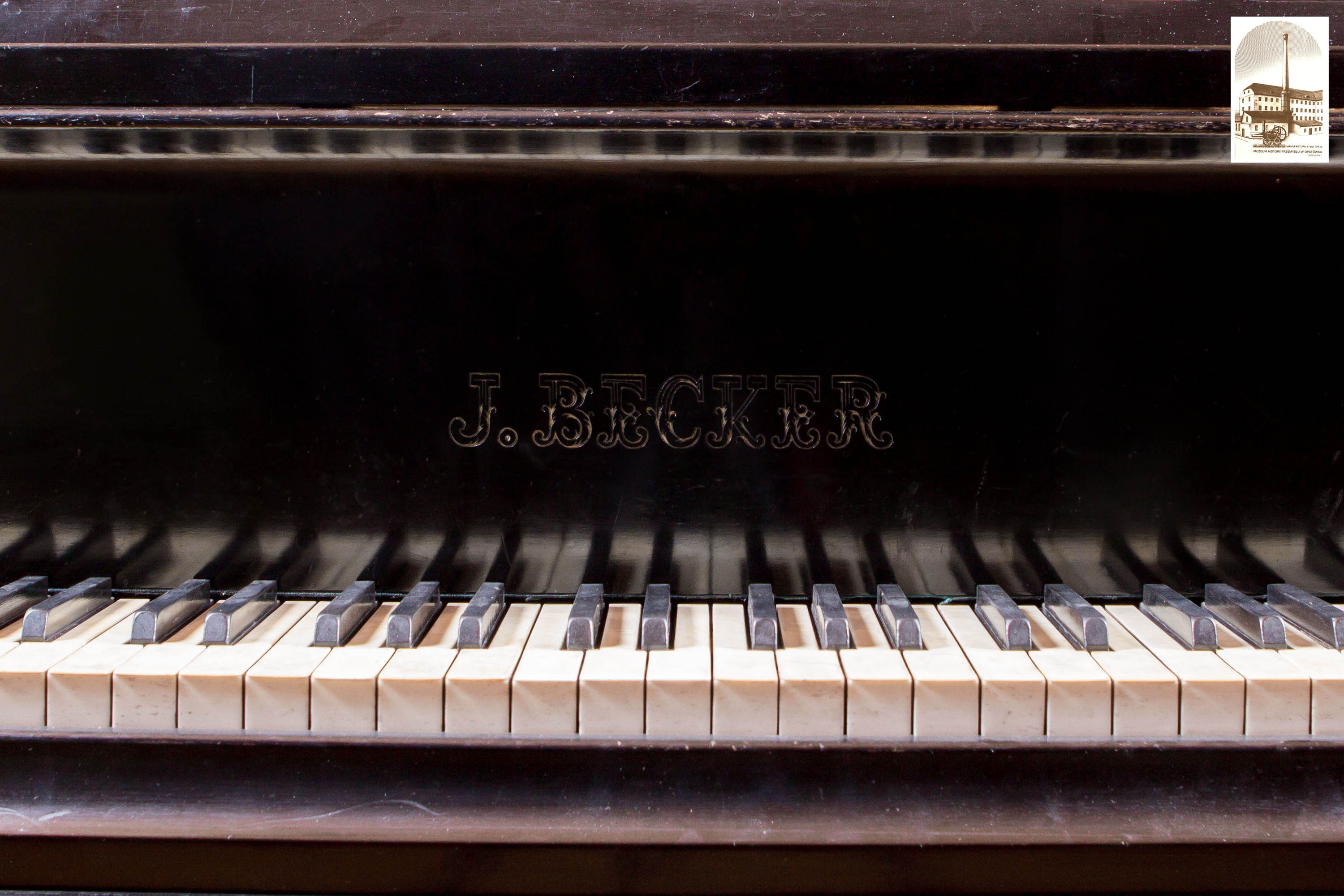
Bernhardt, Pierre-Antoine-Daniel
Piano maker Pierre-Antoine-Daniel Bernhardt established his company in Paris in 1824. He made grand pianos featuring a down-striking action, among others. He won medals at Paris fairs in 1827, 1834, and 1844. A Bernhardt straight-strung upright piano is part of the Andrzej Szwalbe Collection in Ostromecko. Previously, the instrument had most probably been offered at a piano store in Utrecht. The Paris Museum of Music possesses Bernhardt's square piano of c. 1830.
Bibliography: M. Novak Clinkscale, Makers of the Piano, Vol. 2: 1820-1860, (Oxford, 1999), pp. 29-30

Bessalié, Heinrich Philipp
Heinrich Philipp Bessalié (b. 1800 in Breslau, Prussia [present-day Wrocław, Poland], d. after 1867) was a leading German piano maker of the 19th century. He worked in Breslau with W. Dörge, then in Vienna, where he spent 13 years with J.B. Streicher’s famous firm. In 1835 he set up his own piano company in Breslau. The firm soon gained recognition: a grand piano he built in 1839 earned Bessalié the title of royal piano maker to Carl, Prince of Prussia. On a commission from the king of Prussia, Bessalié built a piano for the Sanssouci Palace in Potsdam, then the Erdmannsdorf Castle. In 1845 he was awarded the title of an artist of the Berlin Academy. His instruments were praised by F. Liszt, A. Henselt, and S. Thalberg. He introduced many innovations and showcased his pianos at crafts and industry fairs in Breslau (1839, 1841, 1845, 1852), London (1851), and Paris (1855 and 1867). He received a medal at the 1844 Berlin fair. After 1867 the company dwindled. Surviving pianos of its making may be found at the Musikinstrumentenmuseum in Leipzig and the Andrzej Szwalbe Collection in Ostromecko near Bydgoszcz, among other facilities.
Bibliography: K. Rottermund, Budownictwo fortepianów na Śląsku do 1945 roku, (Szczecin, 2004), pp. 285-286; B. Vogel, Kolekcja zabytkowych fortepianów Filharmonii Pomorskiej, (Bydgoszcz, 21987), p. 30; J. Gul, ‘Instrumenty muzyczne na pierwszych wystawach sztuki, rzemiosła i przemysłu w dziewiętnastowiecznym Wrocławiu’, Muzyka 56/3 (2011), p. 117-119

Betting, Teodor
Piano maker Teodor Betting (b. 1827 in Emmerich, Rhineland, d. 1892 in Kalisz) was a piano maker’s son and student. He worked with Blüthner in Leipzig, Ed. Seiler in Liegnitz (then Prussia; present-day Legnica, Poland), as well as in Breslau (then Prussia; present-day Wrocław, Poland) and St. Petersburg. In 1887 he set up his own company producing uprights, grands, and reed organs. Until 1920 the firm operated in Kalisz, then – from 1921 to 1979 – in Leszno Wielkopolskie. There are records showing the company was first headquartered on Sukiennicza street (Dreher’s house?), moved to Nawodna street (Mrs Szmidt’s house) on 8 July 1888 and then to Nowa 609a (7) (T. Betting’s house). After the founder’s death, the company was run by his son, Rudolf Teodor, and when the latter passed away (1909), by Teodor’s another son, Juliusz Paweł. Destroyed in World War I, the factory moved to Leszno Wielkopolskie in 1921, where it operated as Teodor Betting i Ska (T. B. & Comp. – a partnership with Jadwiga May). After Juliusz’s death in 1935, the firm was taken over by Teodor’s grandson, Teodor Juliusz, and in 1971 by his great-grandson Janusz. The factory was first equipped with a steam engine, in 1902 it acquired a 8-hp gas engine, and subsequently – a 12-HP electric engine. By 1939, it had produced c. 18 000 instruments in total. After 1930 the firm had a branch in Częstochowa. Betting’s instruments won golden medals at fairs in Paris (1905), Antwerp (1906), and Brussels (1930). Most were exported, mainly to Russia. After World War II the company’s operations were limited to repairs, tuning, and maintenance. Many of Betting’s pianos have survived in private and museum collections, including a neo-rococo upright piano most probably commissioned by the Drowning Victims Rescue Society in Kalisz, now to be found at the Museum of Industrial History in Opatówek. The company name T. Betting was sold to Legnica piano factory in 1992.
Bibliography: B. Vogel, Fortepian polski. Budownictwo fortepianów na ziemiach polskich od poł. XVIII w. do II wojny światowej, (Warszawa, 1995), pp. 199-200; B. Vogel, Polskie fortepiany XIX –XX w. Kolekcja Muzeum Historii Przemysłu w Opatówku, (Opatówek, 1994), pp. 15-16; K. Rottermund, Budownictwo instrumentów muzycznych na terenie Wielkopolski w XIX i 1. połowie XX wieku, (Poznań, 2002), pp. 96-97
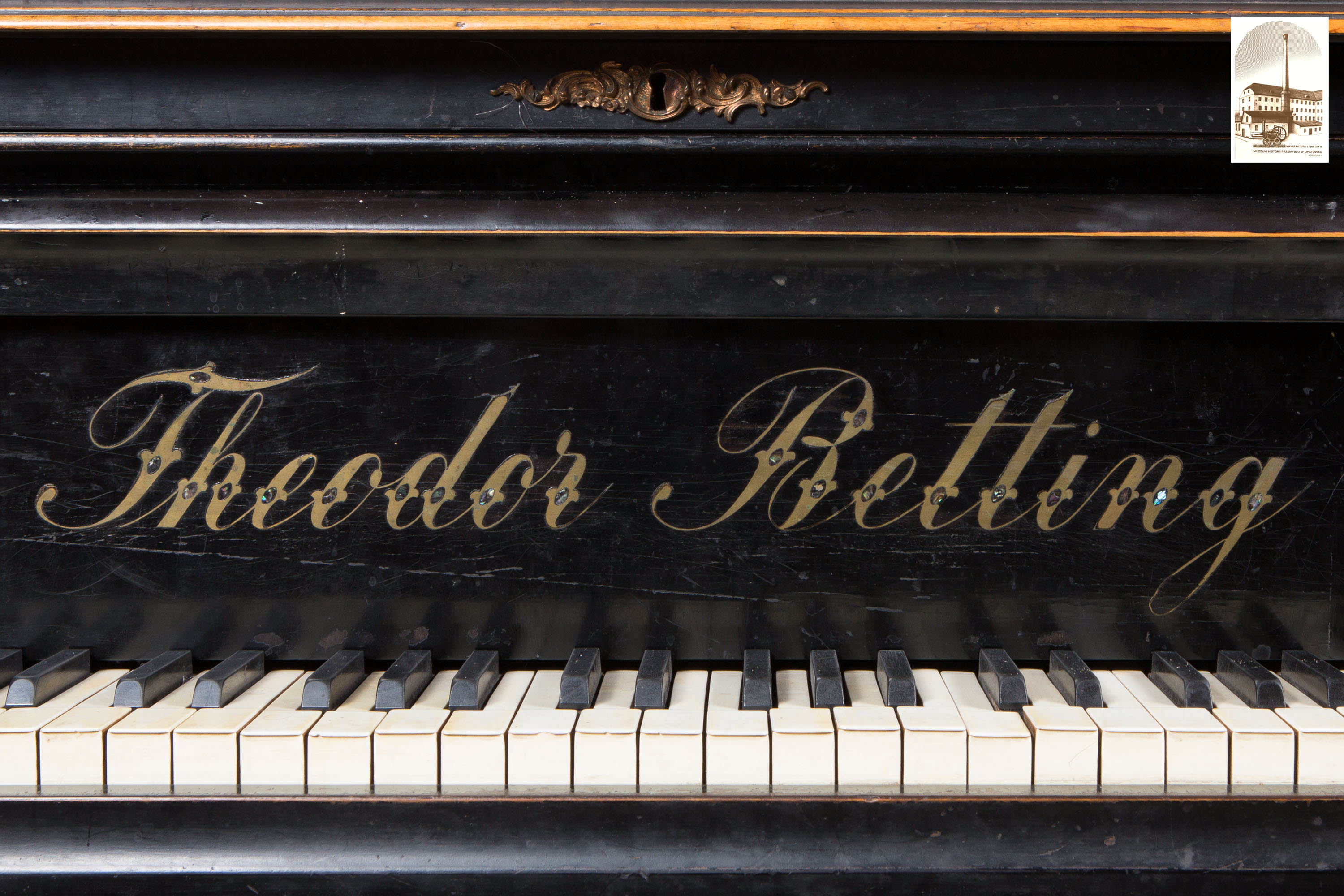
Breitkopf & Härtel
German music publisher Breitkopf & Härtel, established in 1719 in Leipzig and operating to this day, ran a piano company from 1806 to 1872. The company started to sell instruments already in 1760. The Breitkopf & Härtel piano firm was one of the most prominent German piano producers of the first half of the 19th century. It manufactured grand, square, and giraffe pianos, as well as uprights (after 1835). It had started out selling piano by such recognised brands as Nannette and Andreas Streicher of Vienna under its own brand. Breitkopf & Härtel won grand golden medals at crafts and industry fairs in Dresden (1845) and Leipzig (1850). It was praised by musicians such as F. Liszt, F. Mendelssohn-Bartholdy, or S. Thalberg. It patented its own type of action.
Bibliography: H. Henkel, Lexikon deutscher Klavierbauer, (Frankfurt am Main, 2000), p. 81; Clinkscale Online: A Comprehensive Database of Early Pianos, http://db.earlypianos.org/, [12 Dec. 2015]
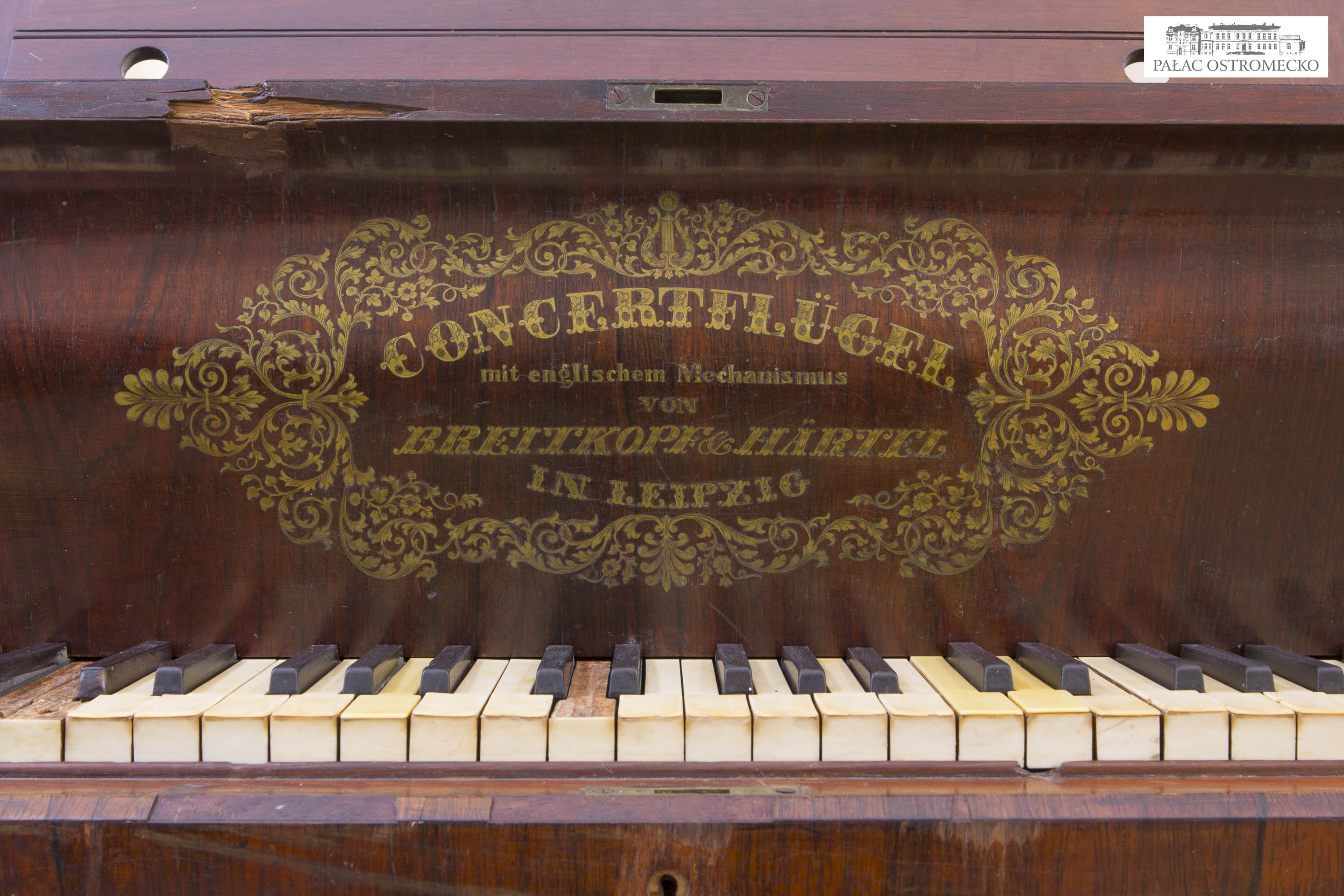
Broadwood & Sons, John
John Broadwood (b. 1732 in Cockburnspath, Scotland, d. 1812 in London) was a piano maker and inventor who introduced a rage of innovations in square and grand piano design. He began his career at Burkat Shudi's harpsichord-making company in London. Soon, he became the latter's son-in-low, in 1770 – his business partner, and in 1782 – the owner of Shudi & Broadwood. In 1795 the company was renamed John Broadwood & Sons. After John's death, the business was run by the Broadwood family. A piano by the renowned maker is kept at Żelazowa Wola, Poland, Chopin's birthplace.
Bibliography: D. Pawlak, ‘Broadwood John’ in Encyklopedia muzyczna PWM, Vol. [1] ab, ed. E. Dziębowska, (Kraków, 1979), p. 423; A.W.J.G. Ord-Hume, ‘Broadwood & Sons, John’ in Encyclopedia of Keyboard Instruments, Vol. 1: The Piano: An Encyclopedia, ed. R. Palmieri, (New York, 22003), pp. 55-57

Buchholtz, Fryderyk
Major Polish piano maker, Fryderyk Buchholtz (b. 1792 in Olsztynek [Hohenstein, East Prussia], d. 1837 in Warsaw) became a gild master c. 1815 and set up his piano company in Warsaw at 1352 Mazowiecka (Świętokrzyska) street. The firm soon gained recognition. It exhibited at Warsaw fairs, winning medals and awards. At first, Buchholtz would build also giraffe pianos with bassoon and Turkish music stops. In 1825 he switched to Viennese and English action grands only. In 1826 he started to produce English-style instruments modelled on a piano brought from London by Maria Szymanowska. In 1827 Buchholtz was the first in the Congress Kingdom of Poland to use metal stress bars for the frame and casing, and to eliminate the casing’s bottom. His instruments were praised by musicians. Among the owners of Buchholtz pianos were Fryderyk Chopin (the instrument was burnt during the January Uprising 1863-64) and Tytus Wojciechowski. After his death, the company was run by his wife Emilia née Bratyńska (with the help of Szymon Laboradzki [Luboradzki]). C. 1841 it was taken over by his son and student, Julian (b. 1820 in Warsaw, d. 1860 in Warsaw?), who had previously worked in Vienna, Paris, and London. Having taken over his father’s company, Julian produced upright pianos, among others. He exhibited decorative instruments at a Warsaw fair in 1845. The firm closed down c. 1846. Buchholtz instruments have survived at the National Museum in Warsaw (a giraffe piano), the Musical Instrument Museum in Poznań, the Fryderyk Chopin Institute in Warsaw, the Hunting Palace in Antonin, the Museum of Industrial History in Opatówek, the Andrzej Szwalbe Collection in Ostromecko near Bydgoszcz, and the Regional Museum in Kremenets, Ukraine.
Bibliography: B. Vogel, Fortepian polski. Budownictwo fortepianów na ziemiach polskich od poł. XVIII w. do II wojny światowej, (Warszawa, 1995), pp. 204-205; B. Vogel, Polskie fortepiany XIX –XX w. Kolekcja Muzeum Historii Przemysłu w Opatówku, (Opatówek, 1994), pp. 16-17, 33-34, 53, 64
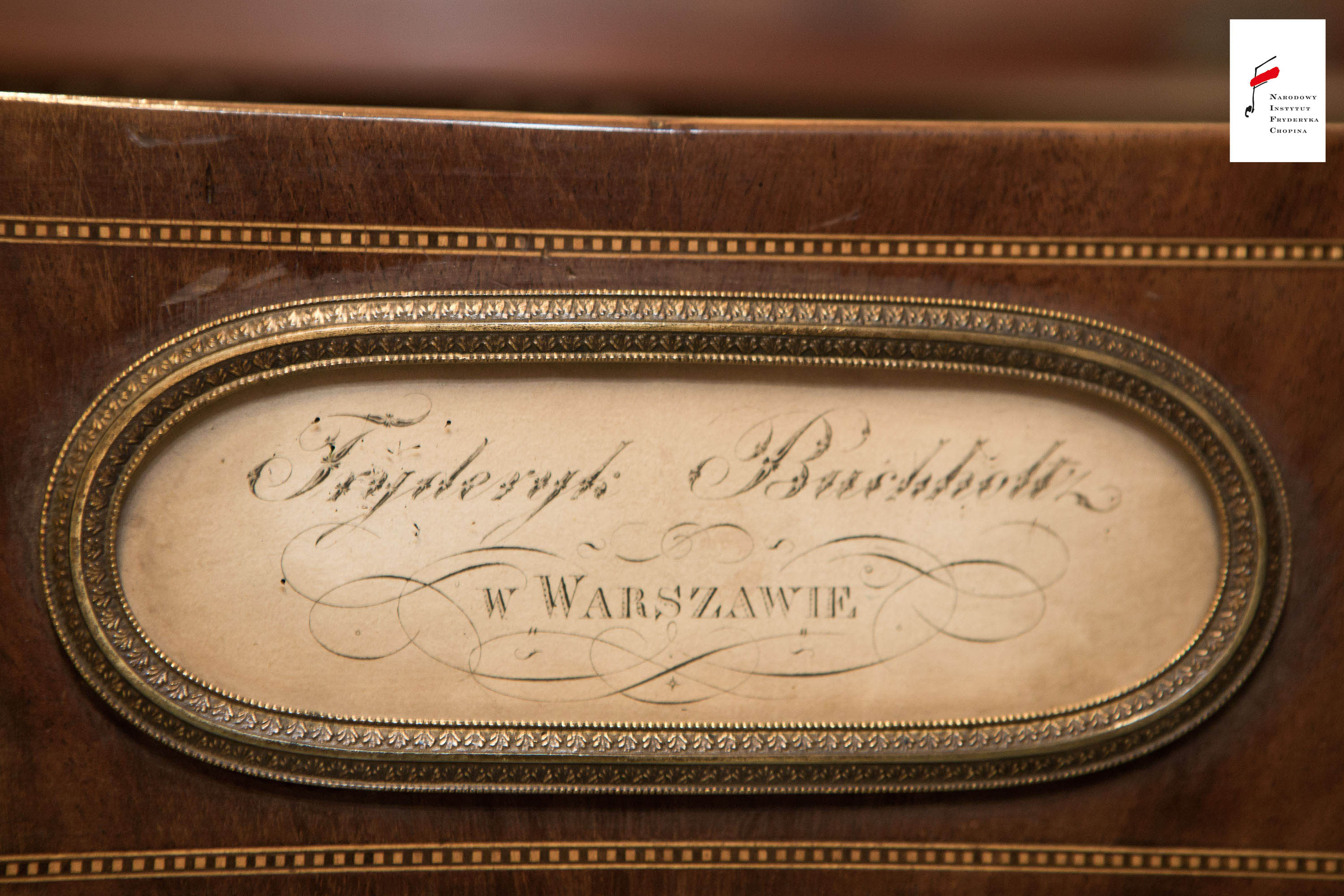
Budynowicz, Józef
Józef (Jan?) Walenty Budynowicz (b. 1816 in Warsaw, d. 1886 in Warsaw) was a founder of a leading Polish piano company. The grand and upright piano manufacture operated in Warsaw from 1840 to c. 1888: first at 557 (32) Długa st., then – c. 1884 – was relocated to 8 Leszno st. He was the first in Poland to build a grand piano with a cast metal frame, which he patented in 1847. In 1849 Budynowicz was employing 8 associates. In 1857 there were 17 of them working at 17 workstations. The firm would build c. 55 instruments a year, a fourth of which were exported to Russia. In 1870 Budynowicz was employing 12 associates who made 45 instruments annually. In total, the company produced c. 5 thousand pianos. Budynowicz became the second largest Warsaw-based piano company after Krall & Seidler. Its instruments were valued for their sound and technique. Many of them have survived and now belong to the Musical Instrument Museum in Poznań, the Andrzej Szwalbe Collection in Ostromecko near Bydgoszcz, the Museum of Industrial History in Opatówek, and the National Museum of Finland (an instrument gifted in 1849 to Maria Ernrot by tsarina Aleksandra).
Bibliography: B. Vogel, Fortepian polski. Budownictwo fortepianów na ziemiach polskich od poł. XVIII w. do II wojny światowej, (Warszawa, 1995), p. 205; B. Vogel, Polskie fortepiany XIX –XX w. Kolekcja Muzeum Historii Przemysłu w Opatówku, (Opatówek, 1994), p. 17, 34, 53-54, 64-65; B. Vogel, Kolekcja zabytkowych fortepianów Filharmonii Pomorskiej, (Bydgoszcz 21987), p. 32
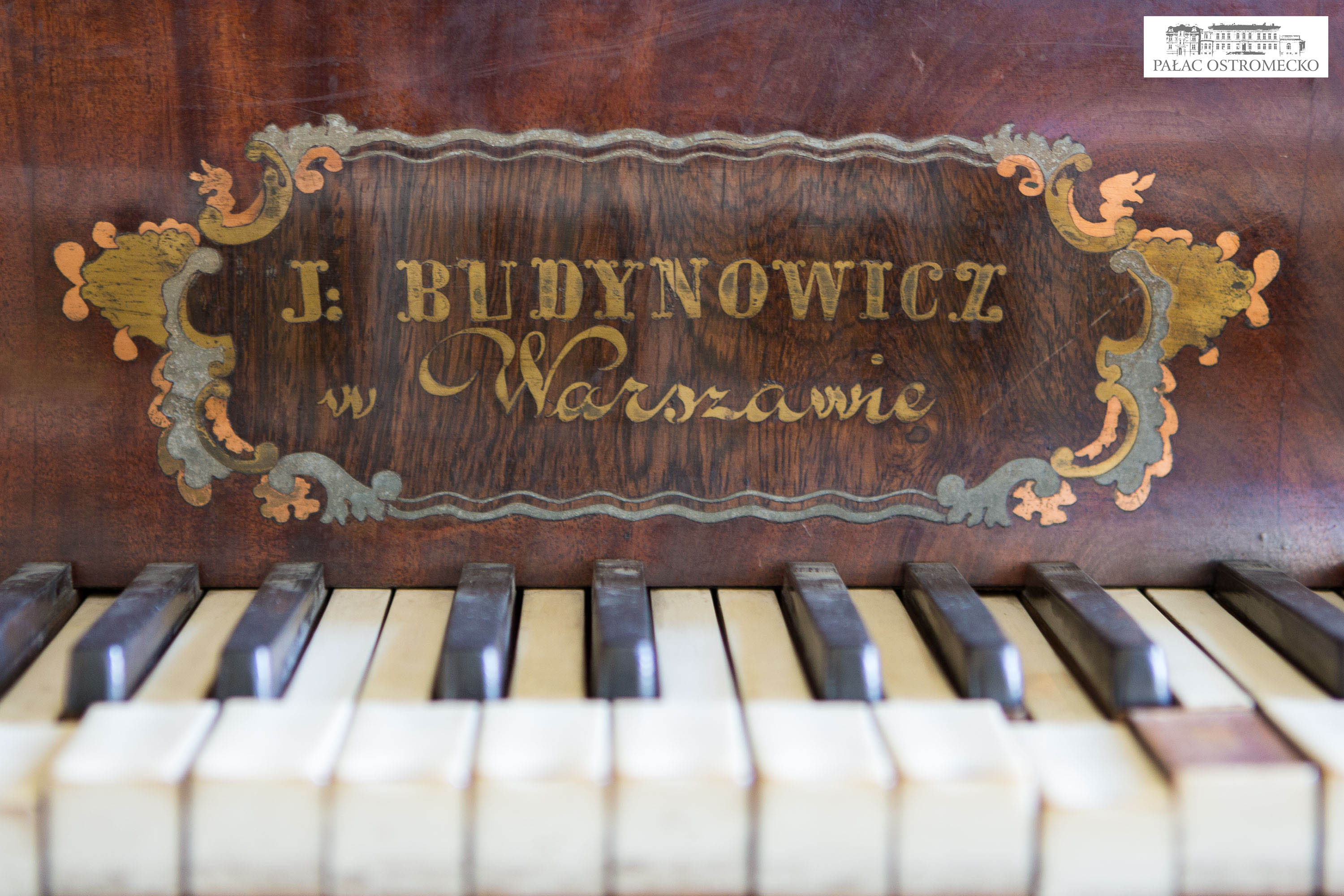
Calisia
The Polish piano factory Calisia came into being in 1947 as a result of the nationalization of the Arnold Fibiger company (established in 1878, see: Fibiger, Arnold), following the political changes in Poland after the end of World War II. A grandson of the company’s founder, Gustaw Arnold Fibiger, worked at Calisia for many years following the nationalization, holding the position of director and chief designer, among others. The first director of the nationalized firm was Aleksy Konieczny. At the beginning, the factory would produce school desks and other furniture. In 1949 its name was changed from Fabryka Fortepianów i Mebli Arnold Fibiger (The Arnold Fibiger Piano and Furniture Factory) to Fabryka Fortepianów i Pianin ‘Calisia’ (The Calisia Grand and Upright Piano Factory). The only other piano company operating in Poland after WWII was Legnica. In 1949 piano making was relaunched at Calisia. In 1950 the firm showed four instruments at the international trade fairs in Poznań and Stockholm, which brought in orders from Scandinavia. In 1952 the company started exporting to the USSR, Brazil, Turkey, Afghanistan, and Hungary. In 1955 the factory launched the production of concert and chamber grand pianos (since 1958 – five instruments yearly). In 1966 it was employing 250 people, having produced 2200 uprights and 20 grand pianos since its establishement. As a result of the crisis of the 1990s and its internal problems, in 2000 the company was taken over by Unitra. In 2007 piano production at Calisia stopped altogether and the company closed down. In 2010 the rights to the Calisia brand and logo were bought by the Polish-Chinese company Vershold. In the same year a limited edition of 100 grand pianos with the logo ‘CHOPIN 2010 - CALISIA special edition - 200 Anniversary of Chopin’ was produced in China. In 2013 Calisia International was established and now holds the title to the Calisia brand and the right to manufacture of Calisia instruments. The pianos are part-produced in China and finished off in Poland, taking into account Calisia designs. Many instruments of the Kalisz-based firm are in private hands or Polish music institutions. An upright piano produced in 1952-54 is held at the Museum of Industrial History in Opatówek.
Bibliography: K. Walczak, D. Wańka, Pół wieku Technikum Budowy Fortepianów im. Gustawa Arnolda Fibigera w Kaliszu (1954-2004), (Kalisz, 2004), pp. 22-28; www.calisia.com/historia_marki.html, [12 Dec. 2015]
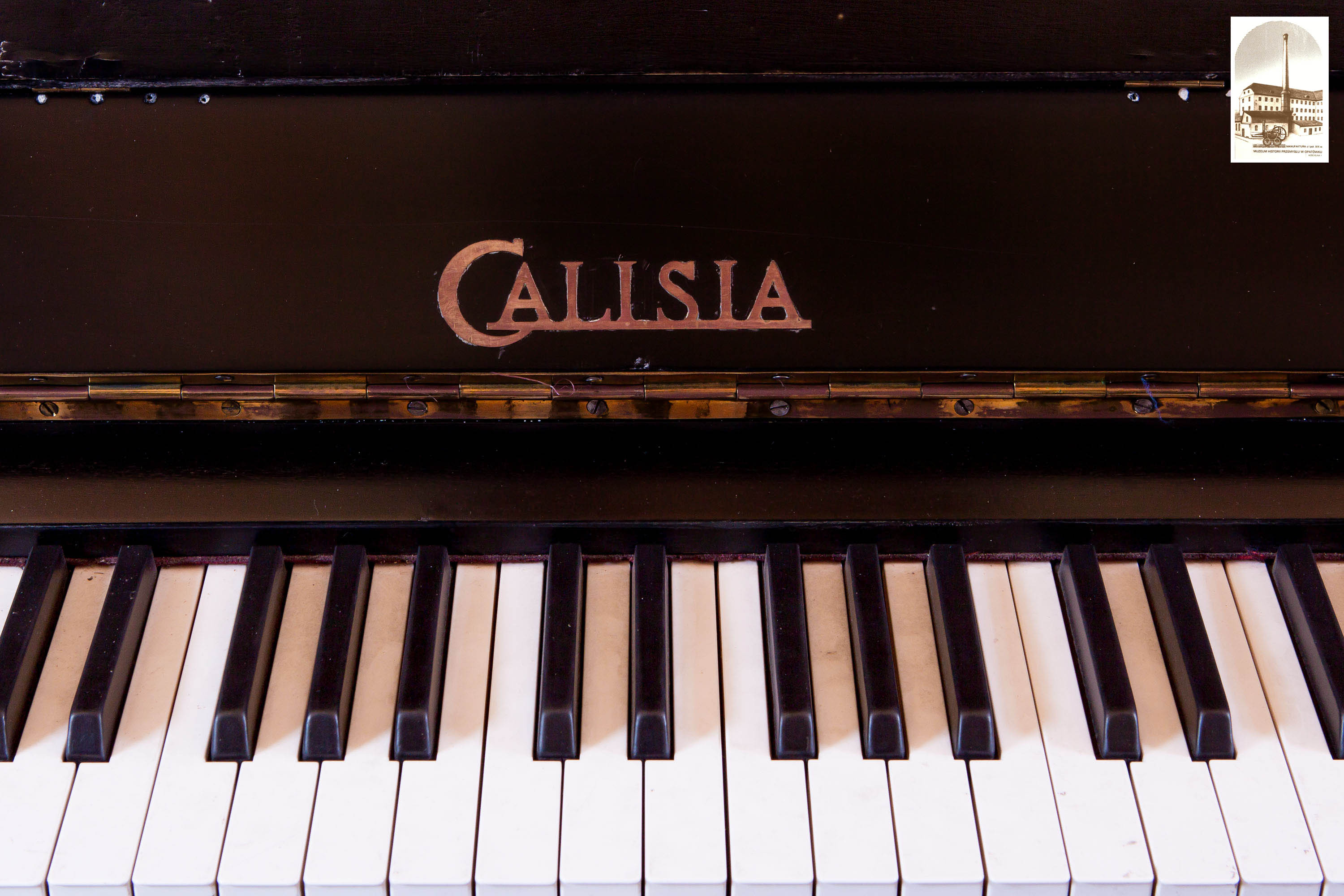
Cyfrowicz, August
Little known Polish piano maker, August Cyfrowicz (d. 1867) ran a workshop and a piano store in Kraków. From c. 1825 the company was located on Ząbkowska (?) street, then – after 1835 – moved to 486 Św. Jana st. Pianos of Cyfrowicz’s making, built around 1830, have survived at the National Museum in Kraków and the Andrzej Szwalbe Collection in Ostromecko near Bydgoszcz. Inside a piano kept in Ostromecko, its former owner found a souvenir from the November Uprising: a golden signet ring with the engraving 'Wolność – 29 listopada 1830 roku' (Freedom – 29 November 1830).
Bibliography: B. Vogel, Fortepian polski. Budownictwo fortepianów na ziemiach polskich od poł. XVIII w. do II wojny światowej, (Warszawa, 1995), p. 206; B. Vogel, Kolekcja zabytkowych fortepianów Filharmonii Pomorskiej, (Bydgoszcz, 21987), p. 34
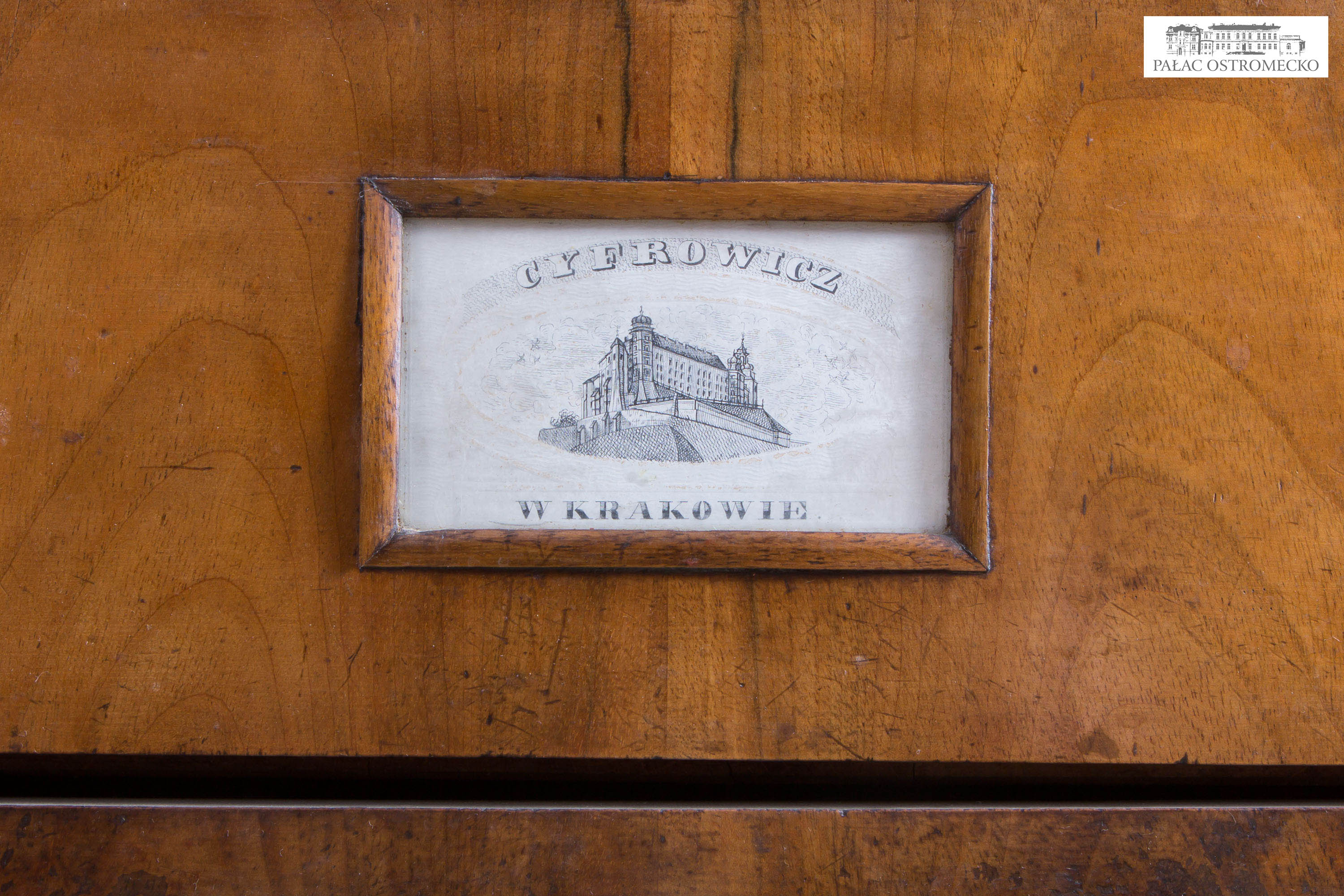
Dassel, August
German piano maker August Dassel (b. 1832 in Tylża [Tilsit], d. 1892 in Berlin?) set up his company in Berlin in 1859 and produced upright pianos of average quality for foreign sale. In 1881 the firm became the official supplier to the Hohenzollern court. It exhibited its instruments at fairs, winning honourable mentions mainly. After the founder’s death, the company was led by his sons. In 1912 it was taken over by Richard Soldau. In 1919 the company was acquired by Adolf Schlesinger and Max Schroeter. It dwindled after 1929.
Bibliography: B. Vogel, Kolekcja zabytkowych fortepianów Filharmonii Pomorskiej, (Bydgoszcz, 21987), p. 96; H. Henkel, Lexikon deutscher Klavierbauer, (Frankfurt am Main, 2000), p. 100
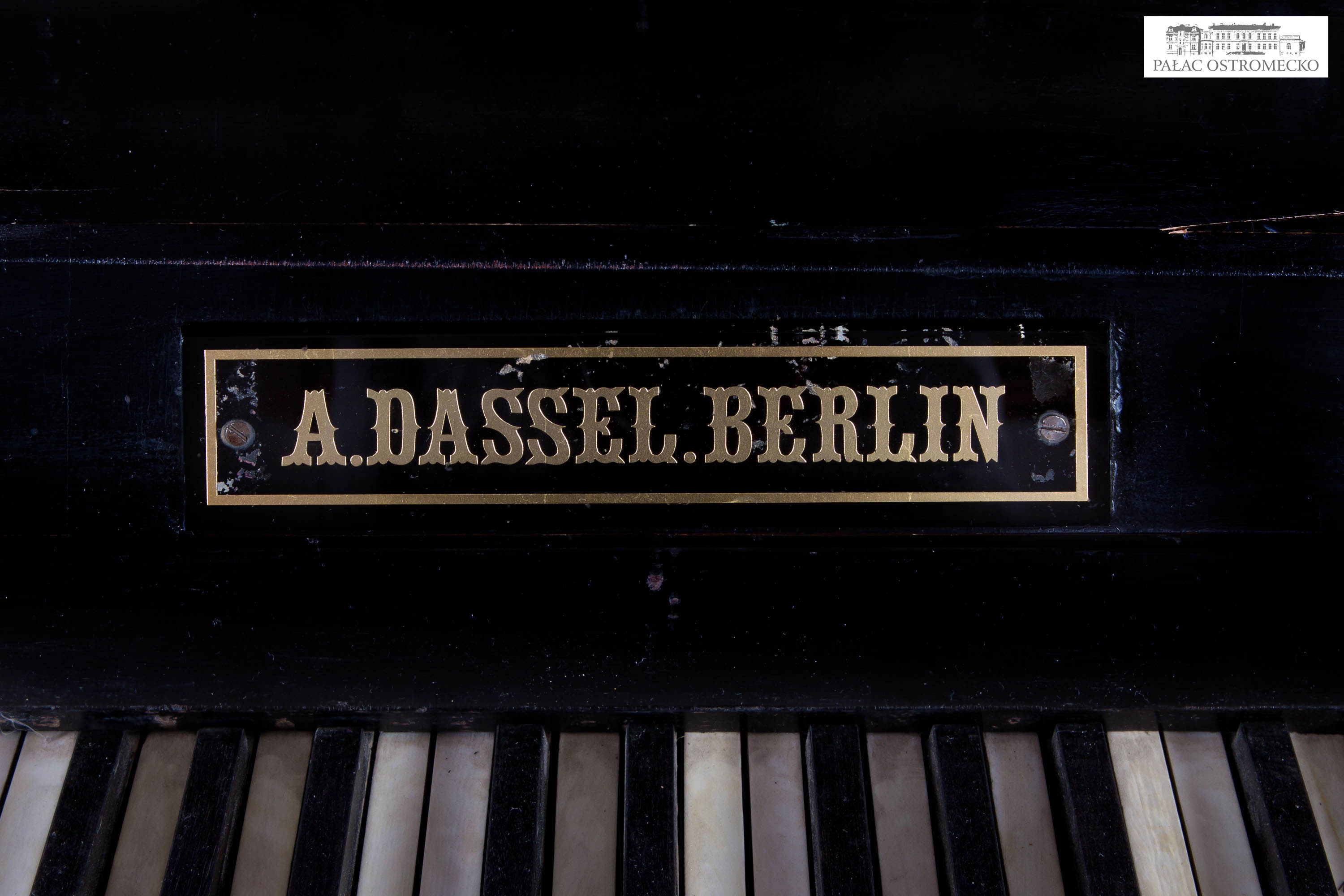
Debain, Alexandre François
French piano maker and inventor (b. 1809 in Paris, d. 1877 in Paris), Alexandre François Debain had been trained as a carpenter, then worked at a piano firm in Paris and an organ company in London. In 1834 he established his own business Debain & Cie in Paris on rue du Renard-Saint Merry, then rue Lafayette. He would build upright pianos and reed instruments such as the organino (a small reed instrument and a direct predecessor of the harmonium). Set to build a reed instrument that would produce an organ-like sound, he finally patented the harmonium in 1840 and successfully launched its production. He also patented innovations in instrument design and inventions, e.g. the antiphonal, i.e. a mechanism applied in pianos or harmoniums capable of mechanical reproduction of an encoded melody, which was showcased at the London fair in 1851. Debain’s company won many awards, including at the world exhibitions in Paris, London, and New York. The Andrzej Szwalbe Collection in Ostromecko has Debain’s harmonicorde, a combination of the harmonium and upright piano. A similar instrument is to be found at the Paris Opera.
Bibliography: B. Owen, L. Libin, ‘Debain, Alexandre- François’, in The Grove Dictionary of Musical Instruments, Vol. 2, ed. L. Libin, (Oxford, 22014), pp. 26-27; B. Vogel, Kolekcja zabytkowych fortepianów Filharmonii Pomorskiej, (Bydgoszcz, 21987), p. 108
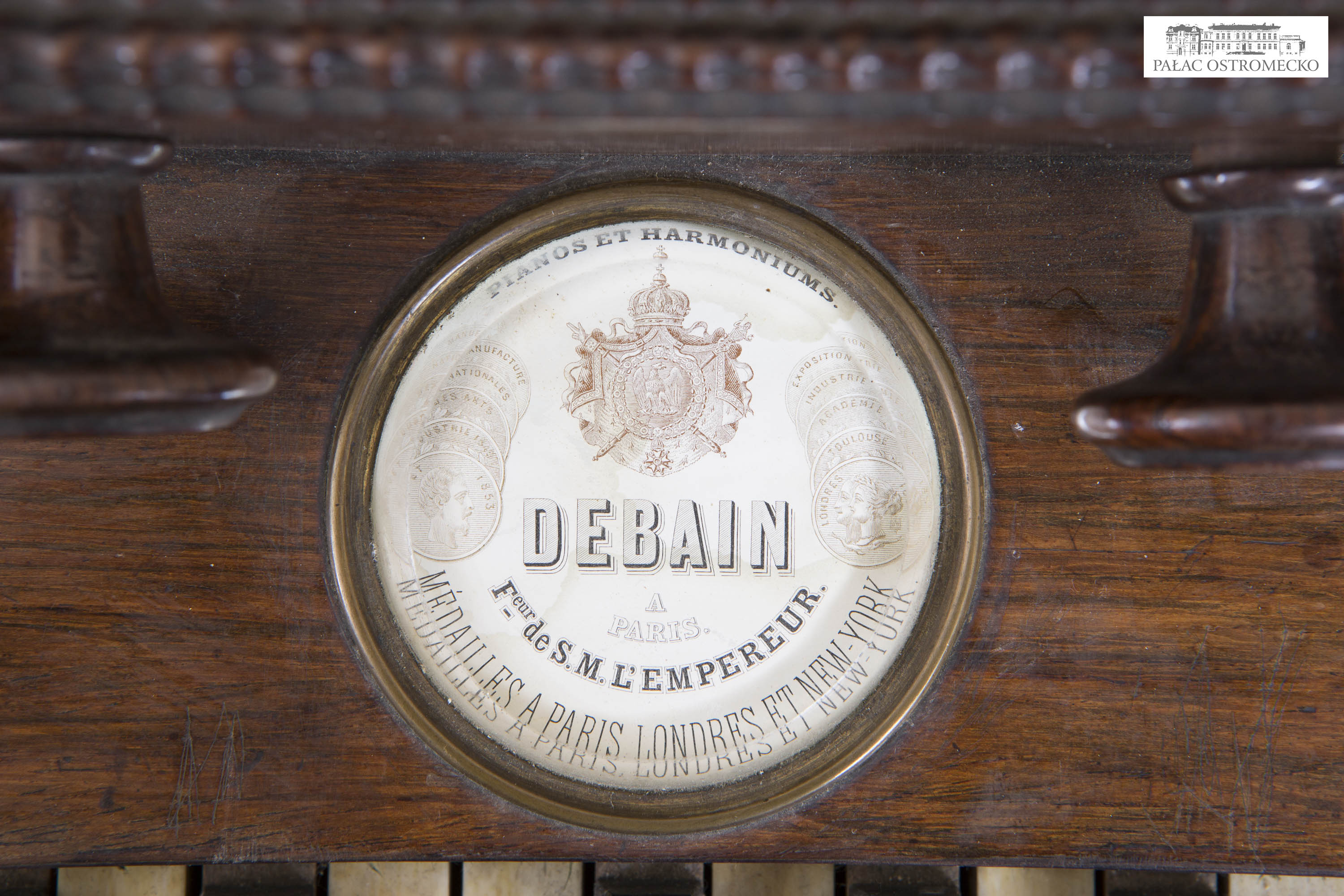
Dütz, Antoni
Antoni Dütz was a Polish piano maker based in Warsaw. His father, piano maker Jan (Johann) Dütz (1816–1895), came from Vienna, where Antoni was born in 1852. In 1866 the family moved to Poland. Jan worked in Kraków and Warsaw, with Krall i Seidler and Antoni Hofer (see entries). Then he established a piano manufacturing firm with his son, Dütz, Jan i Syn. In 1889, having become a gild master, Antoni set up his own instrument making company and store in Warsaw. In 1890 he received a tsarist medal for 'hard work and artistry'. After his death in 1928, until 1939 the instrument store was ran by his wife and daughters. The Dütz family grave is located in the Powązki cemetery. Antoni's son, Antoni Dütz Jr. (b. 1889 in Warsaw, d. 1969 in Nuremberg), married Marianna Seiler, granddaughter of Eduard Seiler, in 1920, becoming a co-owner of Ed. Seiler of Liegnitz (Lower Silesia, then Prussia, present-day Poland, Legnica), one of the largest German piano companies of the time.
Bibliography: B. Vogel, Fortepian polski. Budownictwo fortepianów na ziemiach polskich od poł. XVIII w. do II wojny światowej, (Warszawa, 1995), pp. 210-211
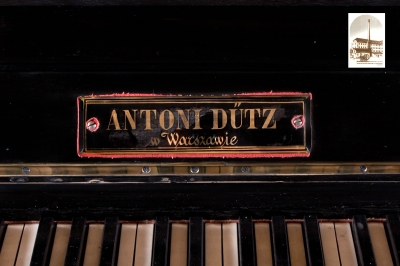
Eck & Comp.
Johann Jacob Eck (b. 1807 in Frankfurt, d. 1849 in Zurich) set up his piano company in 1836 in Neuchatel, Switzerland. In 1838 (?) Eck relocated the firm to Cologne and entered into a partnership with merchant Joseph Maria Lefebvre. The business changed name to Eck & Lefebvre, possibly Eck & Comp. at the beginning, and became a leading piano manufacturer of the first half of the 19th century. It had branches in Amsterdam and Berlin, and was the official supplier to the prince of Prussia, the princess of Orange, the Hohenzollern-Hechingen princes, and the heir apparent to the throne of Wirtemberg. It introduced innovations of its own design and patented them. It won a golden medal at a crafts fair in Berlin in 1844. It went bankrupt in 1848. Eck & Comp. made a piano for the Hradec castle in present-day Czech Republic (ostensibly used by F. Liszt in 1846) and for the princess of Bavaria’s Nymphenburg castle in Munich. Although he died young, Johann Eck educated a whole generation of German piano makers. A few of the company’s upright pianos have survived in European collections; one, signed Eck & Comp., is part of the Andrzej Szwalbe Collection in Ostromecko near Bydgoszcz.
Bibliography: H. Henkel, Lexikon deutscher Klavierbauer, (Frankfurt am Main, 2000), pp. 122-123; B. Vogel, Kolekcja zabytkowych fortepianów Filharmonii Pomorskiej, (Bydgoszcz, 21987), p. 100; Clinkscale Online: A Comprehensive Database of Early Pianos, http://db.earlypianos.org/ [12 Dec. 2015]

Erard
The company was set up in 1780 by Sebastian Erard (Erhard, b. 1752 in Strasbourg, d. 1831 in Passy near Paris) and his brother Jean-Baptiste. Originally it operated in Paris, then also in London. Erard is the world's leading piano and harp producer and France's oldest. Sebastian Erard introduced a series of inventions that were once copied by all major piano makers and can still be found in modern pianos, e.g. repetition lever in double escapement action (1808–21), semi-metal frame, agraffe, or pedal mechanism in the harp. After Sebastian's death, the company was taken over by his nephew Pierre (b. 1794 in Paris, d. 1865 in Passy), who introduced other improvements in piano and harp design. In the 2nd half of the 19th century, French and English piano companies, Erard included, lost their dominance in the piano-making market in favour of US and German manufacturers. The reason was reluctance towards innovation. Until 1950 Erard's Paris-based factory had built 130 000 instruments. Many of the company's pianos have survived to this day and are part of numerous collections around the world. In Poland, Erard's instruments may be found in the Andrzej Szwalbe Collection in Ostromecko near Bydgoszcz and the Fryderyk Chopin Institute in Warsaw.
Bibliography: D. Pawlak, ‘Érard’ in Encyklopedia muzyczna PWM, Vol. [3] efg, ed. E. Dziębowska, (Kraków, 1987), p. 41; E.M. Frederick, ‘Erard, Sebastien (et Freres)’ in Encyclopedia of Keyboard Instruments, Vol. 1: The Piano: An Encyclopedia, ed. R. Palmieri, (New York, 22003), pp. 127-129.
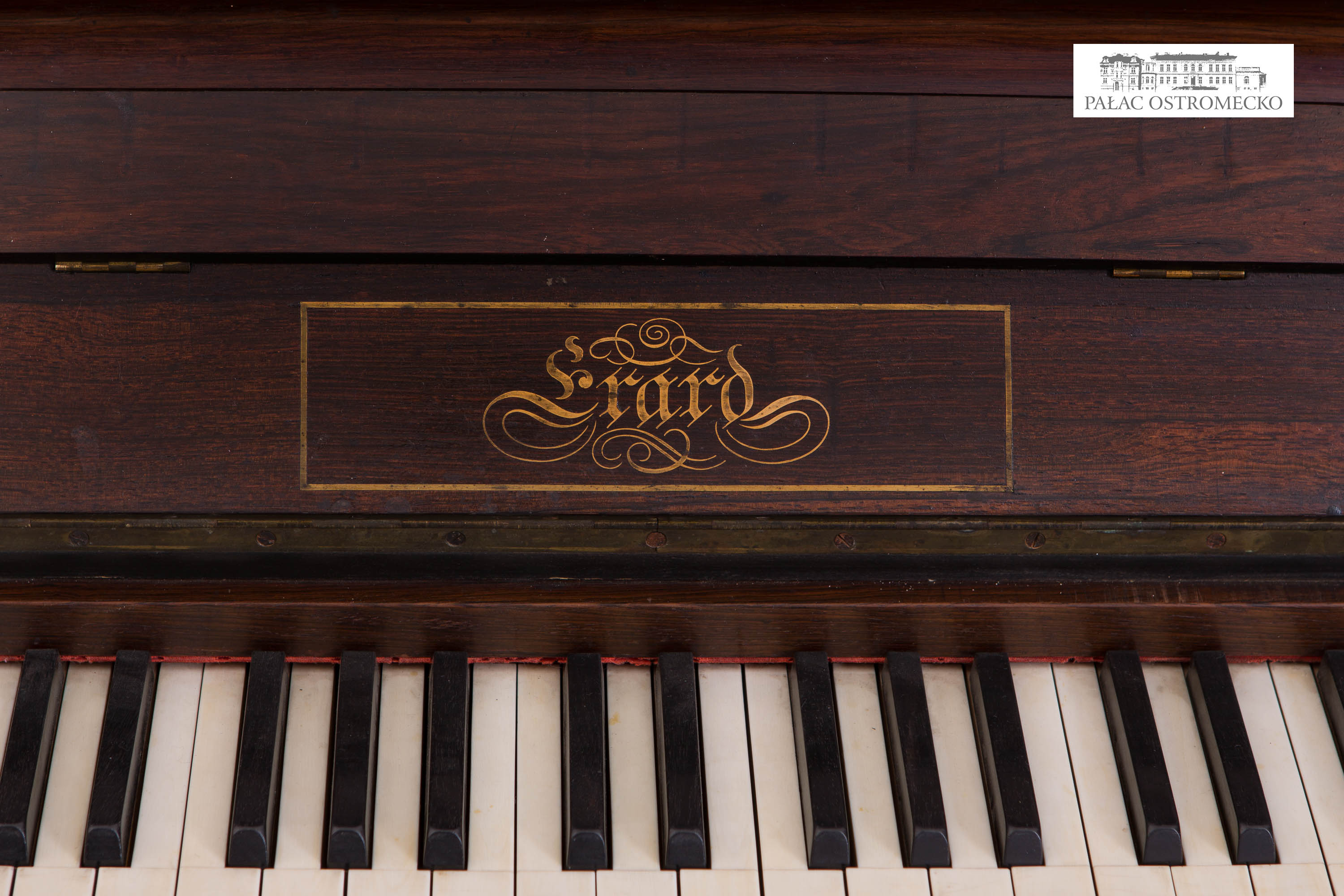
Falk, Louis
Louis Falk was a little known German piano company based in Berlin [?]. An upright piano signed Louis Falk / Berlin has survived in Żelazowa Wola. An instrument (piano?) maker of this surname is known to have worked in Poznań c. 1844-1875, running a piano store at his own home at Breitestr. (Wielka st.) 21, then – c. 1875 – relocating to Wilhelmsplatz (pl. Wolności) 12. Te connection between the two is uncertain.
Bibliography: Adressbuch für die Stadt Posen 1876, (Posen, 1876), I/17, II/96; (1844), p. 31
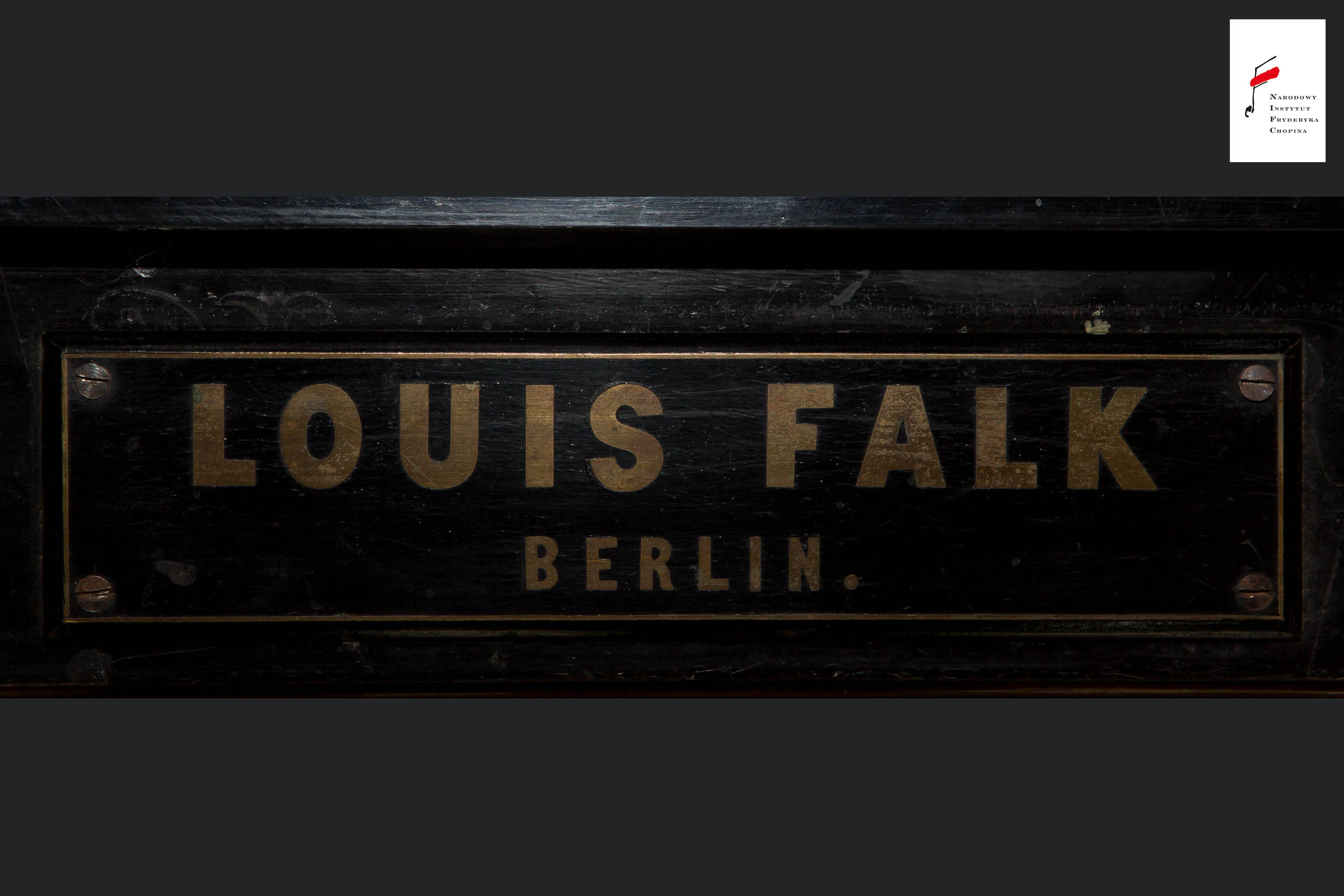
Fey, Carl
Carl Julius Fey (b. 1816, d. 1873 in Schweidnitz, Prussia, now: Świdnica, Poland) was a piano maker based in Lower Silesia. Originally, he lived with his family in Wartenberg (then Prussia, also called Polnisch Wartenberg, from 1888 – Gross Wartenberg; present-day Syców, Poland). In 1867 he established a piano company in Schweidnitz at Köppenstr. 26 (Franciszkańska st.). He produced 7-octave grand and upright pianos, ran an instrument rental service, handled repairs and tuning. In 1869 he was on a search for a pupil and an apprentice carpenter. The company operated at least until 1869. The Museum of Industrial History in Opatówek possesses the only surviving grand piano by Carl Fey that we know of, dating to c. 1835-40, whose nameplate indicates Wartenberg (Syców) as the place of production.
Bibliography: J. Gul, R. Sachs, ‘Świdniccy fortepianmistrzowie’, Rocznik świdnicki 34 (2006), pp. 35-37
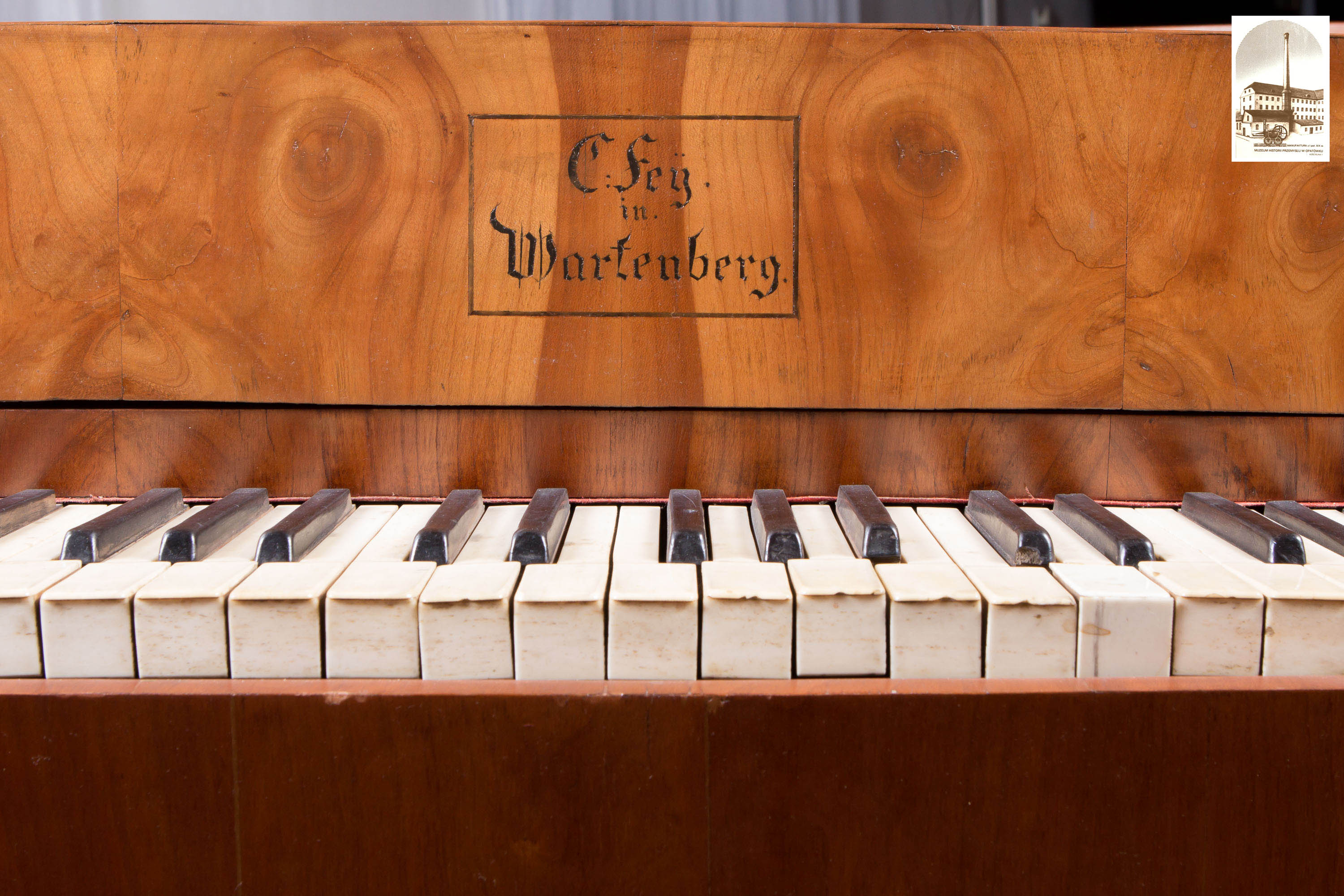
Fibiger, Aleksander Oskar
Piano maker Aleksander Oskar Fibiger (b. 1873 in Kalisz, d. 1935 in Kalisz), was a brother of Karol Otton. He worked in the factory of his uncle Gustaw Arnold Fibiger (see: Arnold Fibiger) as well as in Germany, Austria, Switzerland, and France. In 1899, together with his brother, he established the factory Bracia Fibiger, also known as Apollo (see: Apollo, Fibiger Brothers) in Kalisz. Originally he could have also made pianos under his own name: an upright signed Aleksander Fibiger of c. 1900 has survived at the Museum of Industrial History in Opatówek. His sons Aleksander Marian and Jan Sylwester were also piano makers.
Bibliography: B. Vogel, Fortepian polski. Budownictwo fortepianów na ziemiach polskich od poł. XVIII w. do II wojny światowej, (Warszawa, 1995), p. 214; B. Vogel, Polskie fortepiany XIX –XX w. Kolekcja Muzeum Historii Przemysłu w Opatówku, (Opatówek, 1994), pp. 17, 35, 59-60, 70; K. Rottermund, Budownictwo instrumentów muzycznych na terenie Wielkopolski w XIX i 1. połowie XX wieku, (Poznań, 2002), pp. 102-103
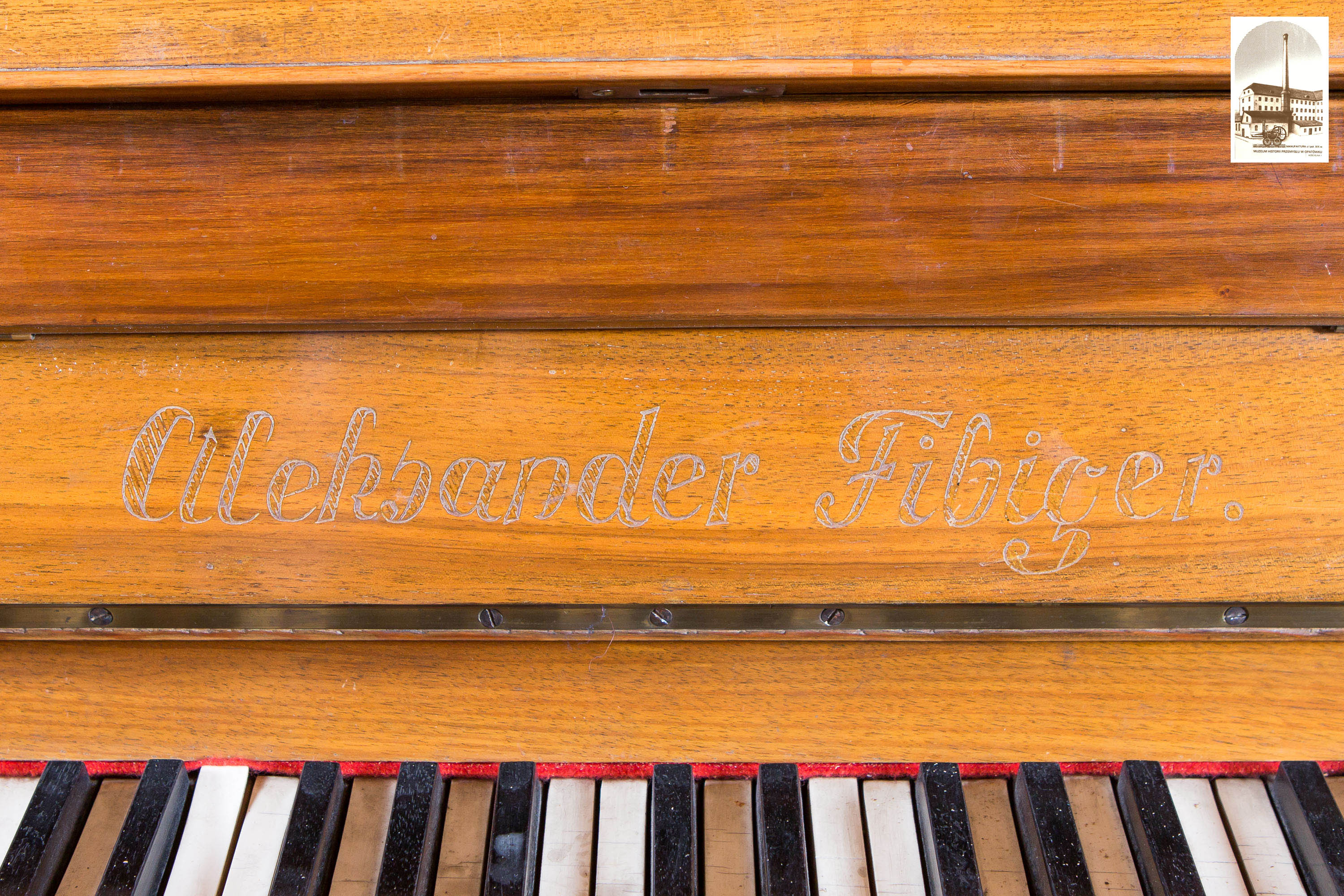
Fibiger, Arnold
Arnold Fibiger was Poland's biggest piano company before World War II (1878-1939). When the war ended, it was nationalised and renamed Calisia. The company had been founded in 1873 by piano maker Gustaw Arnold Fibiger (b. 1847 in Kalisz, d. 1915 in Warsaw) as a repair shop. Its first pianos were launched in 1878 as the founder took advantage of the boom in piano industry at the turn of the 19th and 20th centuries. In 1885 Fibiger constructed a concert grand piano (240-centimetre long, cross-strung, fitted with the American action), which was presented at a Warsaw industry fair in that very year, bringing the manufacturer considerable renown. At the end of the 19th century, the firm produced a Gustaw piano featuring a cast of Chopin's head on the frame (the pin block). In 1898, the company had its stores in most cities of the Congress Kingdom of Poland and in Russia. In 1900-11 the firm had a new, spacious factory built in Kalisz, including drying rooms and warehouses, a 75-hp gas engine, and state-of-the-art machinery, where specialisation and division of labour was applied. The company was a leading Polish piano producer and exporter. While at the outset it had employed a few, maximally just over a dozen of associates working manually and producing c. 60 instruments a year, in 1912 its staff reached 120 and the annual turnover was 150 000 rubles. Just before World War I, the firm could have employed over 200 people, producing more than 1000 instruments a year. Partially destroyed during the war, the company was rebuilt by the founder's son, Gustaw Fibiger II (b. 1881, d. 1926 in Kalisz), who was then succeeded by his heirs and piano maker Karol Broniszowski. In the 1920s and 30s, the first signs of a decline in the piano industry were becoming evident, yet in 1922-26 Arnold Fibiger still employed 150 associates and produced c. 500 instruments annually. In the 1930s, due to economic crisis and the resultant decline in the demand for pianos, the company did not use its production capacity of 2500 instruments a year to the full. Arnold Fibiger was an award-winning piano company. It received a range of medals (mostly golden ones) at industry fairs in Warsaw, Paris, London, Częstochowa, Rostov-on-Don, Chișinău, Vilnius, Katowice, and Poznań. Many artists endorsed Arnold Fibiger pianos, including J. Wieniawski, I. Friedman, A. Michałowski, A. Reisenauer, J. Śliwiński, R. Koczalski, or A. Rubinstein. During World War II, the factory was taken over by the Germans, who manufactured furniture and ammunition boxes there. When the war ended, the factory continued to produce furniture, then recommenced piano-making in 1947. In 1948 it was nationalised and its name changed to Calisia, yet the founder's grandson, Gustaw Arnold Fibiger III (b. 1912, d. 1989 in Kalisz) worked at the company as its director and chief constructor for many years to come. The firm closed down in 2007, 130 years after its first instrument saw the light of day. Many of Arnold Fibiger pianos have survived in private and museum collections, including the Museum of Industrial History in Opatówek and the Musical Instrument Museum in Poznań (e.g. a Louis XVI piano).
See also: Apollo, Fibiger Brothers (Karol and Aleksander); Fibiger, Aleksander Oskar
Bibliography: B. Vogel, Fortepian polski. Budownictwo fortepianów na ziemiach polskich od poł. XVIII w. do II wojny światowej, (Warszawa, 19950, pp. 214-216; B. Vogel, Polskie fortepiany XIX-XX w. Kolekcja Muzeum Historii Przemysłu w Opatówku, (Opatówek, 1994), pp. 18, 35-36, 54, 60, 65, 70-71; K. Rottermund, Budownictwo instrumentów muzycznych na terenie Wielkopolski w XIX i 1. połowie XX wieku, (Poznań, 2002), pp. 35-40, 103-104
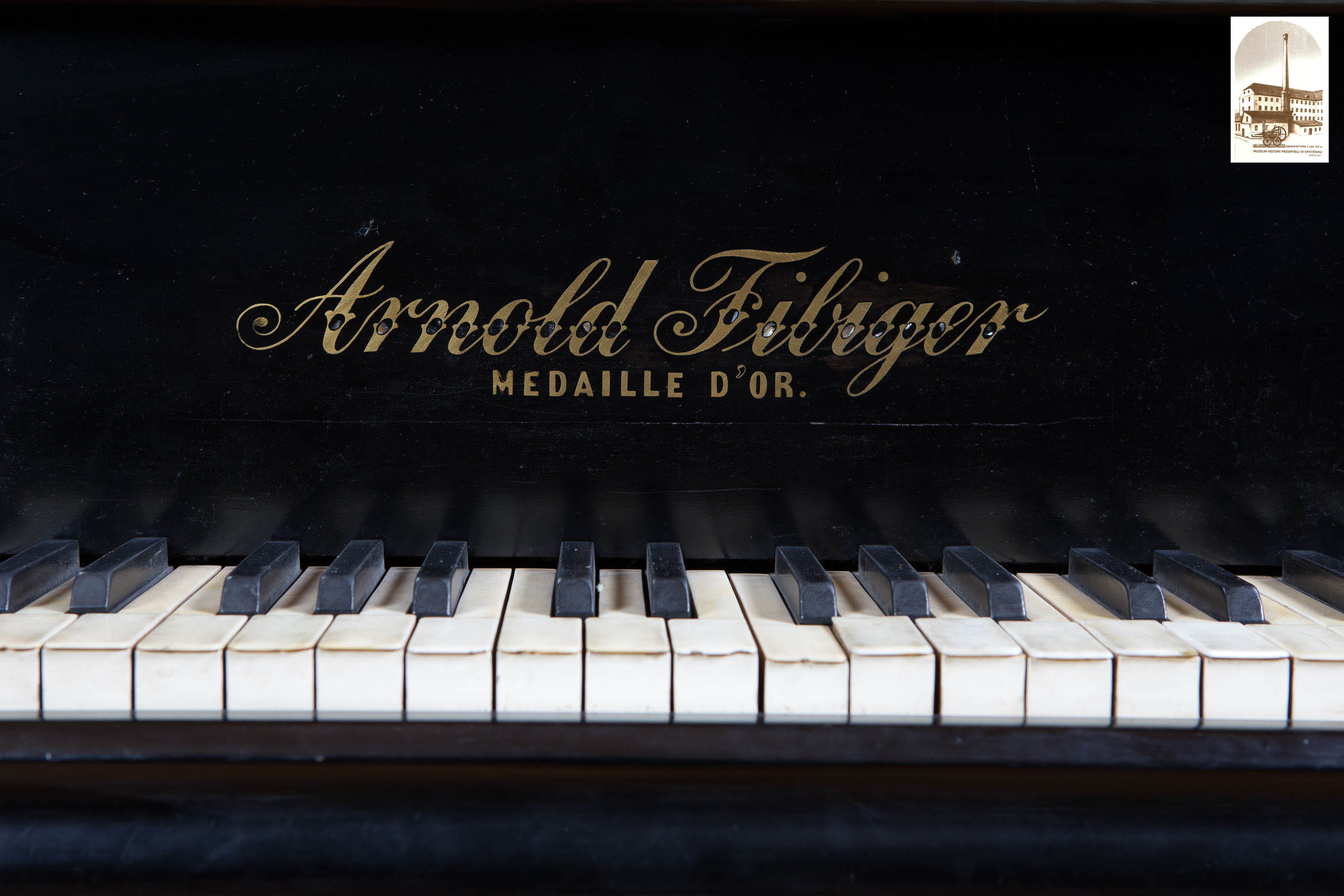
Gebauhr, Carl Julius
Carl Julius Immanuel Gebauhr senior (b. 1809 in Haffstrom near Königsberg, d. 1881 in Königsberg, now: Kaliningrad) was a student of piano maker Johann Friedrich Marty (see Marty, Johann Friedrich). As a timber merchant, he visited R. Rathke piano factory in Moscow and, on his return home, set up a timber store on Sackheimer Hinterstrasse and a sawmill. In 1834 he established a piano company in Königsberg. Until c. 1845 he ran the firm with his brother Herman junior as Gebrüder Gebauhr (Gebauhr Brothers) at Königstr. 68/69, in a building they owned. His instruments were all fitted with mahogany casings produced in Gebauhr’s sawmill. After 1853 he switched to serial production and in 1857 he added a new building to the factory. In its prime, c. 1881, the firm produced up to 700 instruments annually, employing 120 journeymen and 4 masters. The company held patents and received medals and honours at the fairs in London (1851), Moscow (1872), Vienna (1873), Königsberg (1875, 1892, 1895), Bydgoszcz (1880), and Melbourne (1881). Gebauhr exported to America, Australia, and India. The company operated until 1913 when the founder’s son and successor Carl Julius died. To honour Gebauhr senior, Sackheimer Hinterstrasse in Königsberg was given his name, and one of his grand pianos awarded at the 1851 world’s exposition in London was showcased at the local Municipal History Museum. Many of the instruments have survived in private collections and museums, including the Museum für Kunst und Gewerbe Hamburg and the Andrzej Szwalbe Collection in Ostromecko near Bydgoszcz.
Bibliography: H. Heyde, Musikinstrumentenbau in Preussen, (Tutzing, 1994), pp. 382, 482, 65-66, 97; H. Henkel, Lexikon deutscher Klavierbauer, (Frankfurt am Main, 2000), p. 172; B. Vogel, Kolekcja zabytkowych fortepianów Filharmonii Pomorskiej, (Bydgoszcz, 21987), p. 36; H.M. Mühlpfordt, ‘Gebauhr’, in Altpreussische Biographie, Vol. 3, (Marburg/Lahn, 1975), p. 917; A.E. Beurmann, Das Buch vom Klavier: Die Sammlung Beurmann im Museum für Kunst und Gewerbe in Hamburg und auf Gut Hasselburg in Ostholstein, (Hildesheim, 2007), pp. 292-294
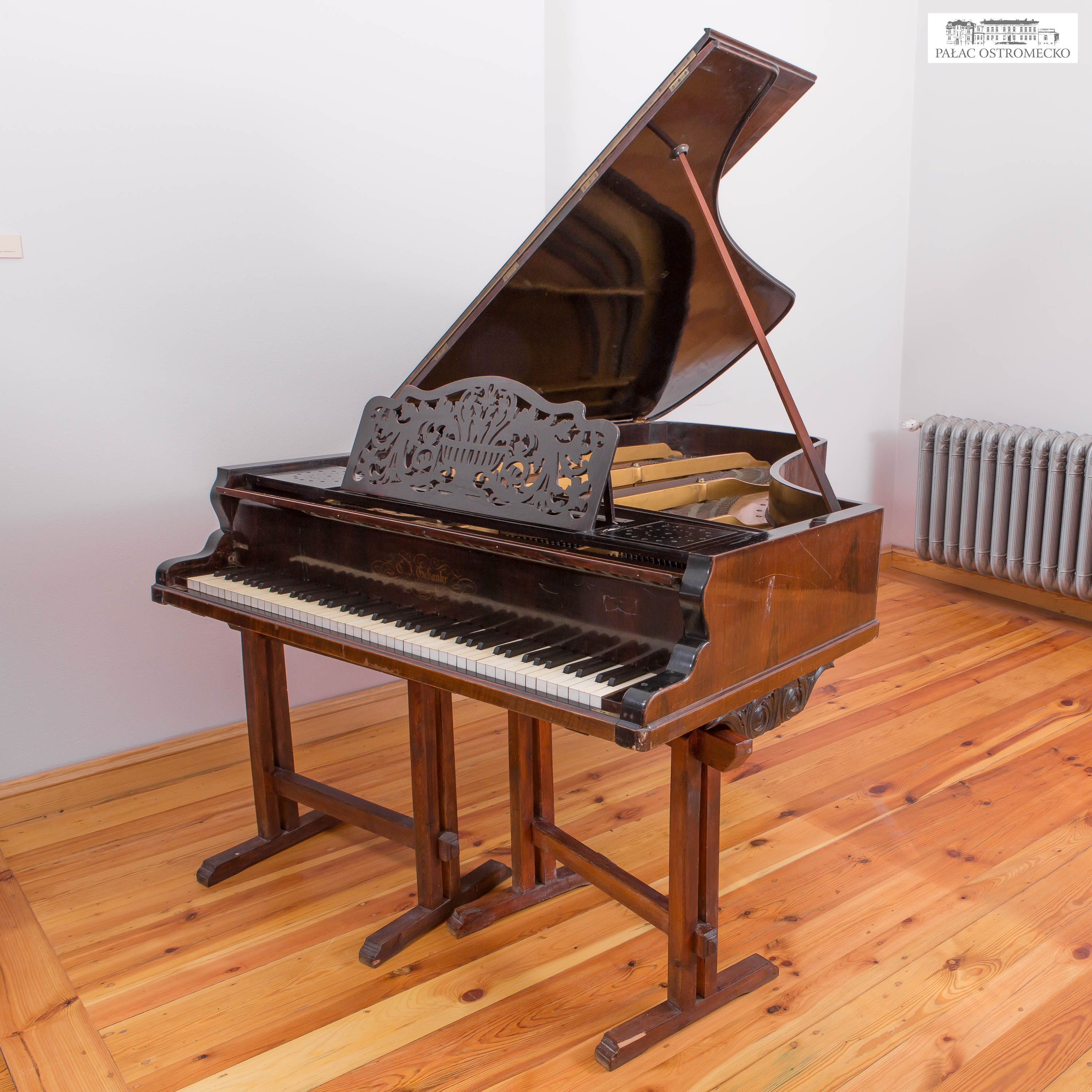
Gebethner & Wolff
Gebethner & Wolff was a Polish publisher active in 1857-1961 in Warsaw and other Polish cities, established by Gustaw Adolf Gebethner (b. 1831 in Warsaw, d. 1901 in Vladikavkaz) and Robert Wolff (1833-1910). The company also made upright pianos. In 1890 Gebethner & Wolff had a branch in Łódź at 46 Piotrkowska st., which offered repairs as well as selling sheet music and instruments, led by Gustaw Gebethner (1859-1909), son of Gustaw Adolf, a piano maker, bookseller, musicologist, and composer. The Museum of Industrial History in Opatówek possesses a Gebethner & Wolff upright piano of c. 1900 marked with the serial number 7008 (the actual no. was most probably 8; 7008 artificially raised).
Bibliography: B. Vogel, Fortepian polski. Budownictwo fortepianów na ziemiach polskich od poł. XVIII w. do II wojny światowej, (Warszawa, 1995), p. 219; B. Vogel, Polskie fortepiany XIX –XX w. Kolekcja Muzeum Historii Przemysłu w Opatówku, (Opatówek, 1994), pp. 21, 38, 60, 71
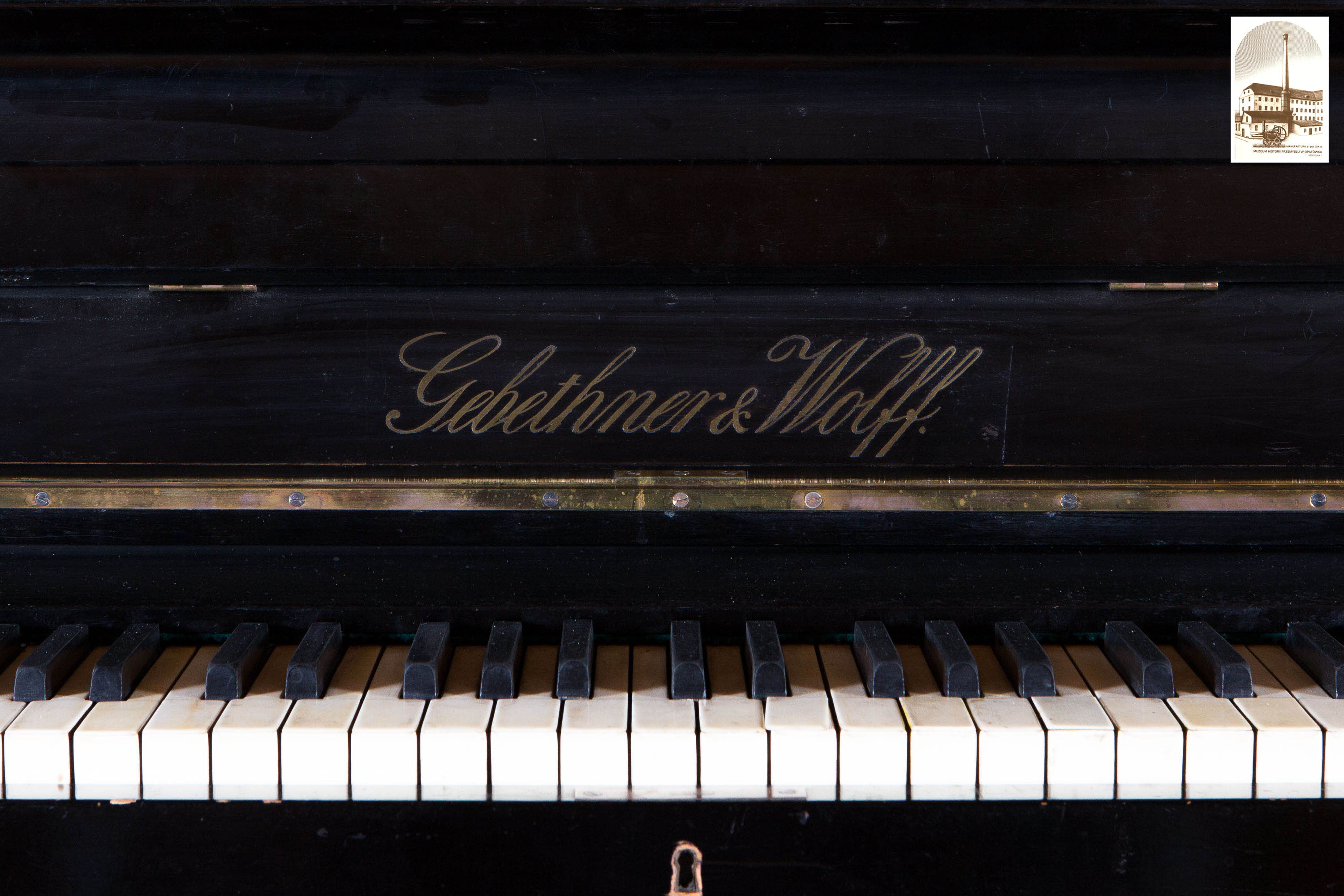
Golmer, Józefat Karol
Józefat Karol Golmer ran a piano store and then workshop in Radom from 1900 to around 1939. In 1920 he opened another store in Warsaw. In 1923 he became a certified guild master in Warsaw. Around 1930 he was appointed chair of the Association of Music Instrument Manufacturers and Merchants. The Museum of Industrial History in Opatówek possesses a beautiful Art Nouveau piano by J. Golmer.
Bibliography: B. Vogel, Fortepian polski. Budownictwo fortepianów na ziemiach polskich od poł. XVIII w. do II wojny światowej, (Warszawa, 1995), p. 221; B. Vogel, Polskie fortepiany XIX –XX w. Kolekcja Muzeum Historii Przemysłu w Opatówku, (Opatówek, 1994), pp. 21, 39, 61, 71
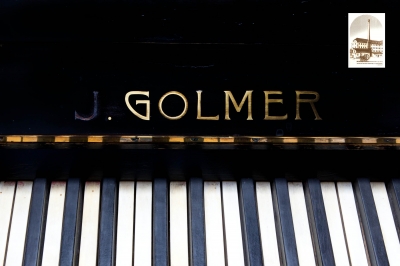
Graf, Conrad / McNulty, Paul
Conrad Graf (b. 1782 in Riedlingen, Wirtemberg, d. 1851 in Vienna) was an Austrian piano maker of German origin, founder of one of history’s most significant and best-known piano companies. He embarked on his career working with piano maker Jakob Schelke in the suburbs of Vienna (Währing). He set up his own company in 1804 and married Schelke’s widow a year later. In 1811 he relocated the firm to Vienna proper. In 1822 he became a master craftsman and a citizen of Vienna. In 1824 he was granted the title of piano maker to the king-emperor’s court. Awarded in 1835 the gold medal at the first industrial exposition in Vienna, in 1841 he sold his firm to Carl Andreas Stein, grandson of the renowned piano maker Johann Andreas Stein. Graf was one of the best and most significant Viennese piano makers of classicism and romanticism. His instruments were used by Beethoven, Chopin, Liszt, Robert and Clara Schumann, Brahms, and Camille Pleyel, among many others. The Fryderyk Chopin Institute in Warsaw owns a copy of a Graf grand piano of c. 1819 built by Paul McNulty, an American piano maker residing in Divišov, the Czech Republic, who specialises in building pianos after Andreas Stein, Anton Walter, Graf or Pleyel.
Bibliography: D. Wyther, ‘Graf, Conrad’ in The Grove Dictionary of Musical Instruments, Vol. 2, ed. L. Libin, (Oxford, 22014), pp. 460-461; www.fortepiano.eu, [12 Dec. 2015]
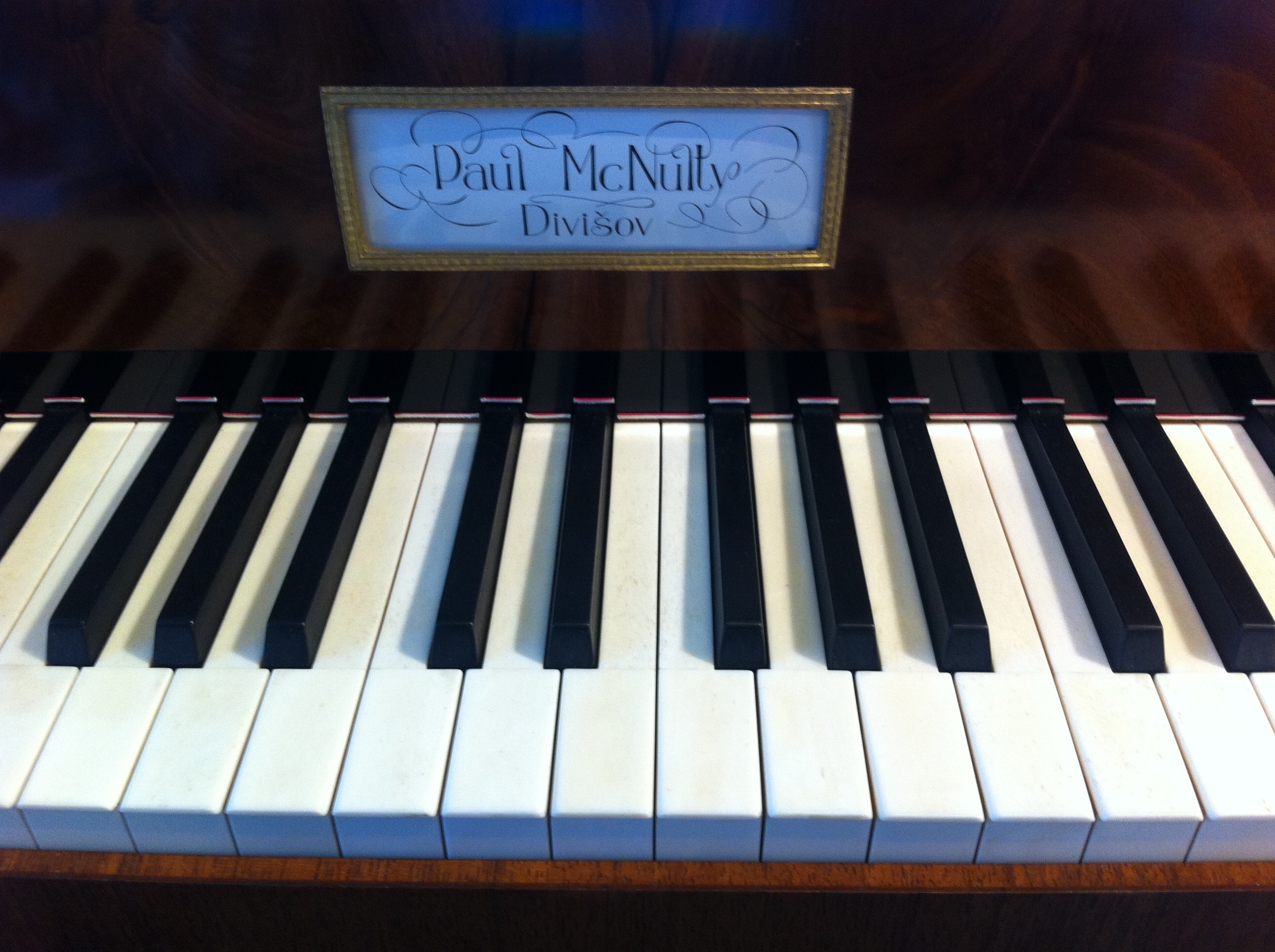
Grosspietsch, Johannes
The piano company Johannes Grosspietsch established in 1866 by Johannes Grosspietsch (d. 1901), teacher, merchant, and piano maker (?) in Breslau (then: Prussia, now: Wrocław, Poland) produced upright pianos at some point in its history. Originally Grosspietsch would sell grand pianos through his store located in Breslau, at Königstrasse 11, then – from 1896 – at Schweidnitzer Stadtgraben 22. He also sold harmoniums. From c. 1896 he was the official supplier to the queen of Saxony and princess of Prussia. He built uprights until c. 1900. After the founder’s death, the firm was led by his son-in-law, the merchant Robert Heckel, under the name J. Grosspietsch Hof-Pianoforte-Magazin und Leih-Institut. When Heckel died, the firm was taken over by his widow, Maria Heckel, and his son Josef. The company stayed in business until c. 1941. The Museum of Industrial History in Opatówek possesses two uprights signed J. Grosspietsch, Breslau.
Bibliography: K. Rottermund, Budownictwo fortepianów na Śląsku do 1945 roku, (Szczecin, 2004), pp. 302-303; H. Henkel, Lexikon deutscher Klavierbauer, (Frankfurt am Main, 2000), pp. 197-198; B. Vogel, Polskie fortepiany XIX –XX w. Kolekcja Muzeum Historii Przemysłu w Opatówku, (Opatówek, 1994), pp. 21, 61

Günther, Carl Christoph
Piano maker Carl Christoph Günther (b. 1809 in Seehausen, Saxony) came to Magdeburg in 1832 and opened a piano workshop in 1835. In 1840 he employed Wilhelm Biese. In 1871 Günther moved to Pelsnitz (Oelsnitz), Saxony. His square pianos have survived in German museums and the Andrzej Szwalbe Collection in Ostromecko near Bydgoszcz.
Bibliography: B. Vogel, Kolekcja zabytkowych fortepianów Filharmonii Pomorskiej, (Bydgoszcz, 11980, 21987), p. 84; H. Henkel, Lexikon deutscher Klavierbauer, (Frankfurt am Main, 2000), p. 204
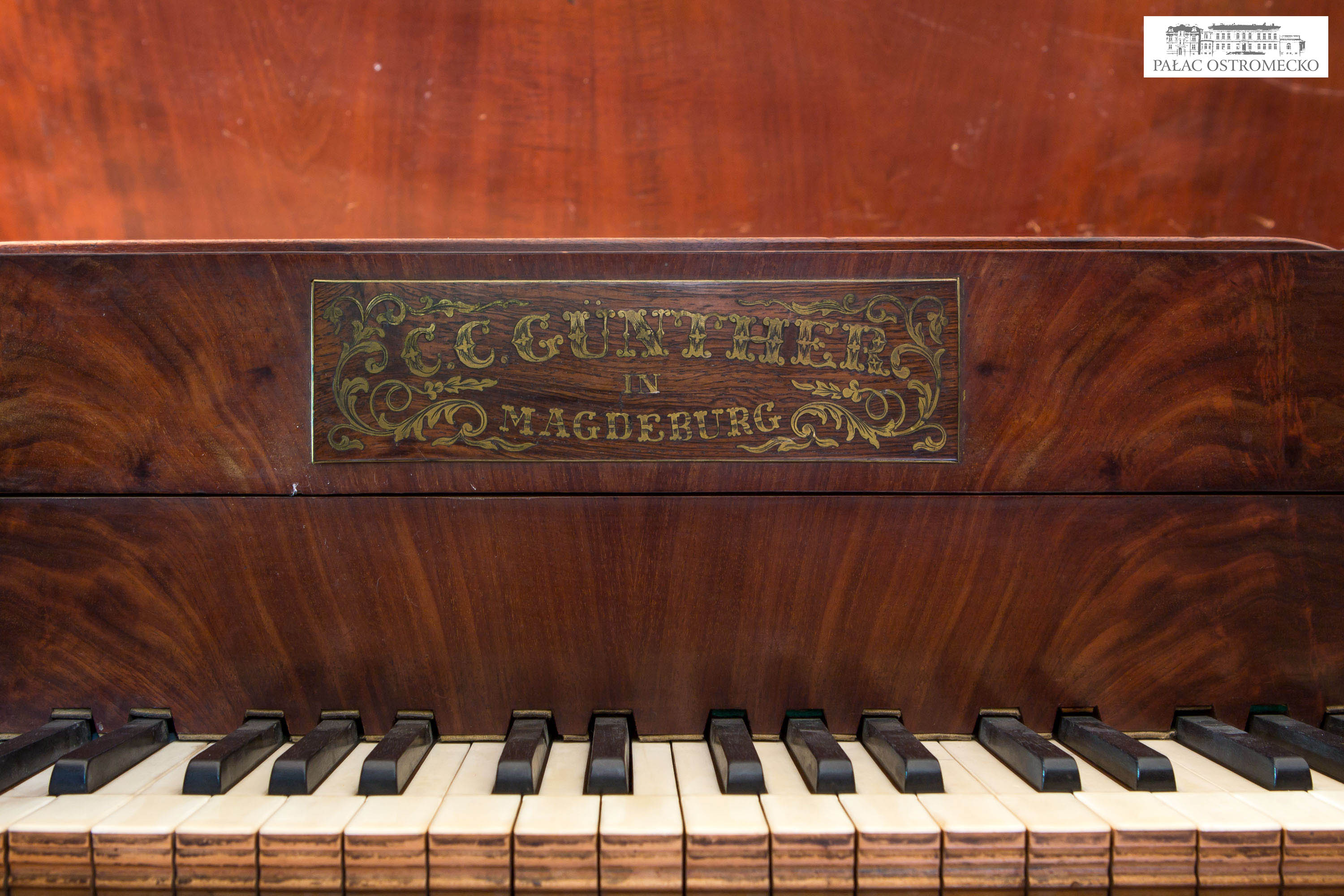
Herz, Henri
Born in Austria and domiciled in Paris (b. 1803, Vienna, d. 1888, Paris), Henri Herz was a celebrated pianist, composer, and professor of the Paris Conservatoire. Touring Europe, he even visited Poland once. In 1825, together with Henri Klepfer, he established a piano company in Paris, however it was a short-lived enterprise. In 1851 Herz set up another factory, this one including the famous concert hall named after the founder, the Salle Herz. The company operated until about 1930, run by Amadee Thibout & Cie. Herz introduced many innovations in piano design. One of the most successful ones was a simplified Erard action, later known as Herz-Erard action, which was a predecessor of most piano actions devised in the future. Herz's instruments were considered to be on a par with Erard and Pleyel pianos. They won the first prize at the 1855 crafts and industry expo in Paris. Together with his brother Jacques, Henri Herz set up the École Spéciale de Piano in Paris.
Bibliography: B. Vogel, Polskie fortepiany XIX-XX w. Kolekcja Muzeum Historii Przemysłu w Opatówku, (Opatówek, 1994), pp. 21, 39, 61, 72; H. Schott, S. D. Lindeman, A. Beetem Acker, ‘Herz, Henri’ in The Grove Dictionary of Musical Instruments, Vol. 2, ed. L. Libin, (Oxford, 22014), pp. 658-659

Hintz, Fryderyk
Fryderyk Hintz, aka Hintze and Hincz (b. circa 1809 in Prussia, d. 1890 in Kalisz), was a piano maker and carpenter based in Kalisz, a city boasting great piano-making traditions. He most probably worked with F. Glandt's piano company, before setting up his own carpentry business. In 1854-55 he started producing pianos, at first with a partner, Teodor Betting. Hintz's instruments soon gained renown. In 1856 pianist Gnadendorf praised them in the press, and in 1857 Christian Kellermann, the court cellist of the king of Denmark, wrote Hintz an endorsement letter. The company offered pianos with the Viennese, English, Erard, and 'American' action (the latter modelled on the Steinway's system). In 1872 he unveiled an American style piano (short, cross-strung, costing 900 rubles), which was approved by the Warsaw Committee of the 1873 World Exposition, yet the instrument was not finally showcased in Vienna. In its prime (c. 1878–79), F. Hintz had 13 associates and produced instruments worth c. 10000 rubles a year. In the 1980s Hintz was offering e.g. a piano with a double sound board and a 'newly patented resonator', as well as an 'American action piano – cross-strung, with a patented resonator', and 5–10 years of warranty. In 1884 Hintz started producing Alexandre Debain harmoniums under the company name Fabryka Fortepianów, Pianin i Orgelmelodykonów. Hintz's pianos form c. 1870 survived in the Museum of Industrial History in Opatówek and the Musical Instrument Museum in Poznań; another instrument dating back to that period is now part of the Feliks Nowowiejski Museum in Barczew. Fryderyk Hintz was one of the legal guardians of Gustaw Arnold Fibiger (his student and associate in 1862–66, see: Fibiger, Arnold) after the death of his father.
Bibliography: B. Vogel, Fortepian polski. Budownictwo fortepianów na ziemiach polskich od poł. XVIII w. do II wojny światowej, (Warszawa, 1995), p. 225; B. Vogel, Polskie fortepiany XIX –XX w. Kolekcja Muzeum Historii Przemysłu w Opatówku, (Opatówek, 1994), pp. 21-22, 39, 54, 65; K. Rottermund, Budownictwo instrumentów muzycznych na terenie Wielkopolski w XIX i 1. połowie XX wieku, (Poznań, 2002), pp. 108-109
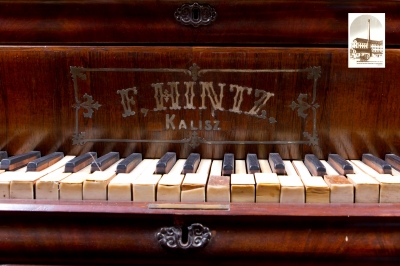
Hinz, Julian Roman
Julian Roman Hinz (Hintz, Hincz; b. c. 1839 in Warsaw, d. 1910) was a piano maker working in Warsaw and Włocławek. A master craftsman, in 1888-1896 he was his guild’s head. In 1865-1866 he ran the piano company Hofer & Hinz together with Jerzy Hofer (son of Antoni Hofer) at 1292 Nowy Świat in Warsaw (see: Hofer, Antoni). From 1866 to 1902 he led a piano and reed organ production company and store in Warsaw, then also in Włocławek (from c. 1897). He was a citizen of the town of Skierniewice. His grand piano of c. 1870-1880 (serial no. 30) is now part of the Andrzej Szwalbe Collection in Ostromecko near Bydgoszcz. The piano was a dowry of the former owner’s grandmother.
Bibliography: B. Vogel, Fortepian polski. Budownictwo fortepianów na ziemiach polskich od poł. XVIII w. do II wojny światowej, (Warszawa, 1995), pp. 225-226
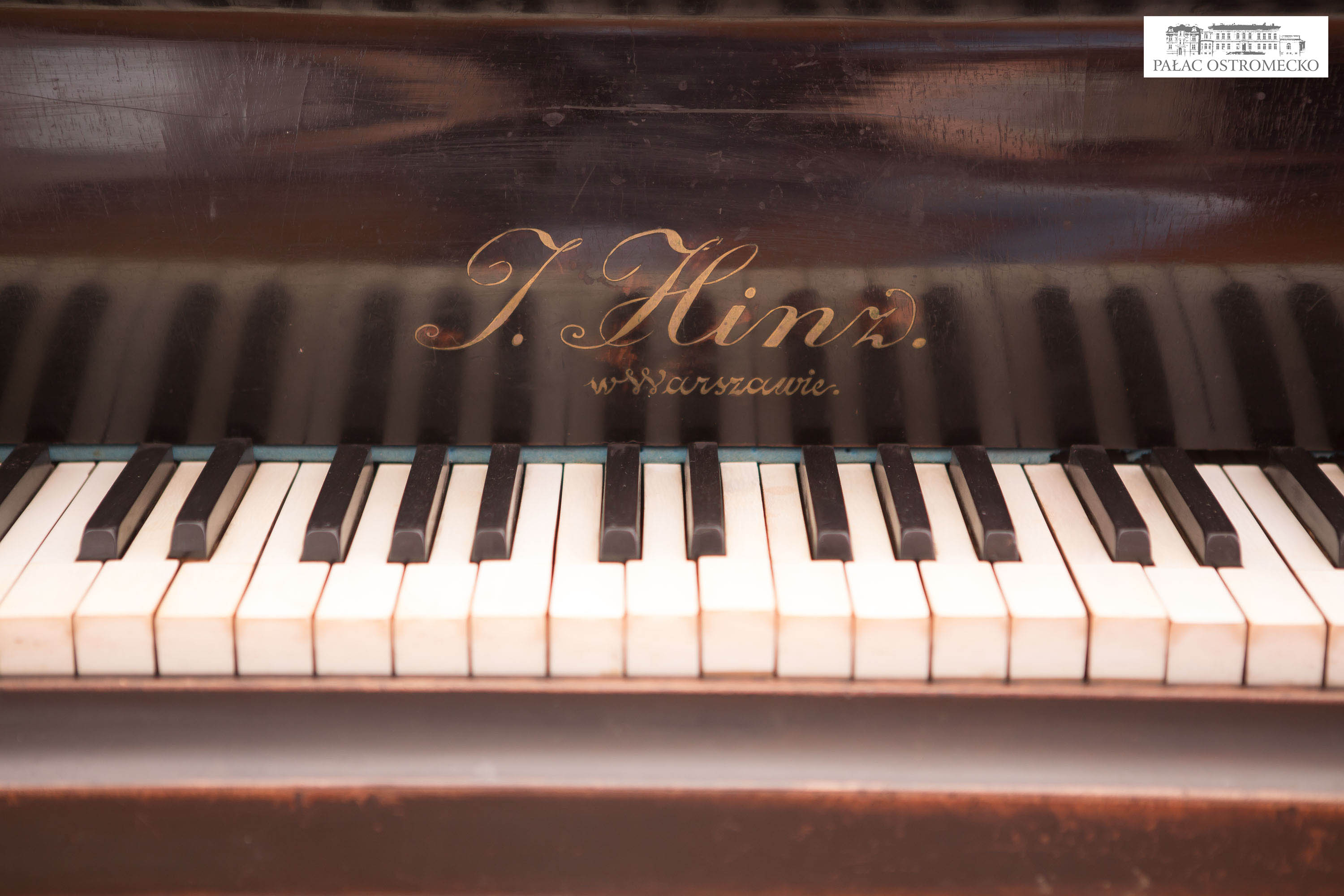
Hochhauser, Maksymilian
Maksymilian Hochhauser (b. 1783 in Pest, d. 1869 in Warsaw) was a piano maker based in Warsaw. He started his training at the age of 12 at Johan Schantz's factory in Vienna. Then, from c. 1823 to c. 1854, he ran a piano company in Warsaw. In 1826 Hochhauser built a quadruple-strung piano for orchestra concerts. From 1829 on, the company was offering English action pianos and pianos with Viennese action 'styled after English action'. In 1833, the firm built pianos with a double sound board and boards shaped as a harp or cello. In 1837, like other Warsaw-based companies, Maksymilian Hochhauser started to manufacture instruments with a metal rest pin block in high registers. Soon he introduced this type of rest pin block for all strings and applied a capotasto in the highest register. Hochhauser took part in many industry fairs in Warsaw in 1823-1845. Their catalogues reveal that he exhibited a mahogany piano whose keys were covered with mother of pearl in 1823, a mahogany piano with a mixed English and Viennese action in 1828, two pianos with Viennese action, a metal capotasto, and an 'English-styled' capotasto in 1838. In 1841, he received a silver medal for his Boulle pianos (e.g. 'a rosewood piano adorned with encrusted zinc arabesques with a Viennese action modelled after Pleyel'). In 1845 he exhibited a 7-octave piano with a mixed English and Viennese action, covered with wood veneer, adorned with carvings and tin encrusting. Around 1860 Maksymilian Hochhauser became paralysed. The last years of his life he lived in poverty. He is buried in the Powązki Cemetery in Warsaw. One of his pianos is part of the Andrzej Szwalbe Collection in Ostromecko. Its appearance corresponds with the general description of the instrument shown at the 1841 exhibition in Warsaw (encrusted zinc arabesques, Viennese action etc.).
Bibliography: B. Vogel, Fortepian polski. Budownictwo fortepianów na ziemiach polskich od poł. XVIII w. do II wojny światowej, (Warszawa, 1995), p. 226; B. Vogel, Kolekcja zabytkowych fortepianów Filharmonii Pomorskiej, (Bydgoszcz, 11980, 21987), p. 38
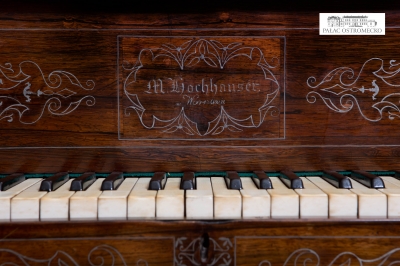
Hofer, Antoni
Warsaw-based piano maker Antoni (Anton) Hofer (1820–c. 1880) ran one of the best Polish piano companies of the 19th century. Around 1844, Hofer took over the well-known Warsaw piano company of Jerzy Männling, having married the latter's widow Magdalena (neé Hildt). He changed the business name to his own and developed it further. In 1846, he obtained a three-year patent for an improvement of the English/Viennese action. In 1857, Hofer presented two pianos at a Warsaw crafts and industry fair – one with the Viennese action and one with the English action (with an improved hammer axis setting) – for which he was 'publicly lauded'. The exhibition's catalogue claimed that the instruments had a 'tone that was full and even in all spheres, and were exceptionally beautiful on the surface'. In 1861, Hofer presented one of his instruments to the Institute of Music in Warsaw. In 1862 he toured piano companies in Western Europe. In 1870, his concert piano with the Erard action (double repetition action) and a baby grand with the Pleyel action won a silver medal at an exhibition in St. Petersburg, along with experts' appreciation, who evaluated them higher than the original Erard and Pleyel. In 1873, at the World Exposition in Vienna, Hofer showcased a boudoir and a concert piano.The latter won a medal of merit. In its prime, c.1870–79, the company employed between 30 to 52 associates, who would build over a hundred instruments worth up to 60 rubles a year. In total, Hofer's manufactory produced over 2500 grands and uprights. Around 1880, the firm was taken over by Józef Hildt, who continued the production for a few more years under the same name. Many Antoni Hofer pianos have survived in private and museum collections, including the Museum of Industrial History in Opatówek, the Andrzej Szwalbe Collection in Ostromecko, and the Musical Instrument Museum in Poznań.
Bibliography: B. Vogel, Fortepian polski. Budownictwo fortepianów na ziemiach polskich od poł. XVIII w. do II wojny światowej, (Warszawa, 1995), pp. 226-227; B. Vogel, Polskie fortepiany XIX –XX w. Kolekcja Muzeum Historii Przemysłu w Opatówku, (Opatówek, 1994), pp. 22, 40, 55, 66; B. Vogel, Kolekcja zabytkowych fortepianów Filharmonii Pomorskiej, (Bydgoszcz, 11980, 21987), p. 40; Opis wystawy wyrobów rękodzielniczych i płodów rolniczych, odbytej w Warszawie 1857 r., (Warszawa, 1860), p. 302
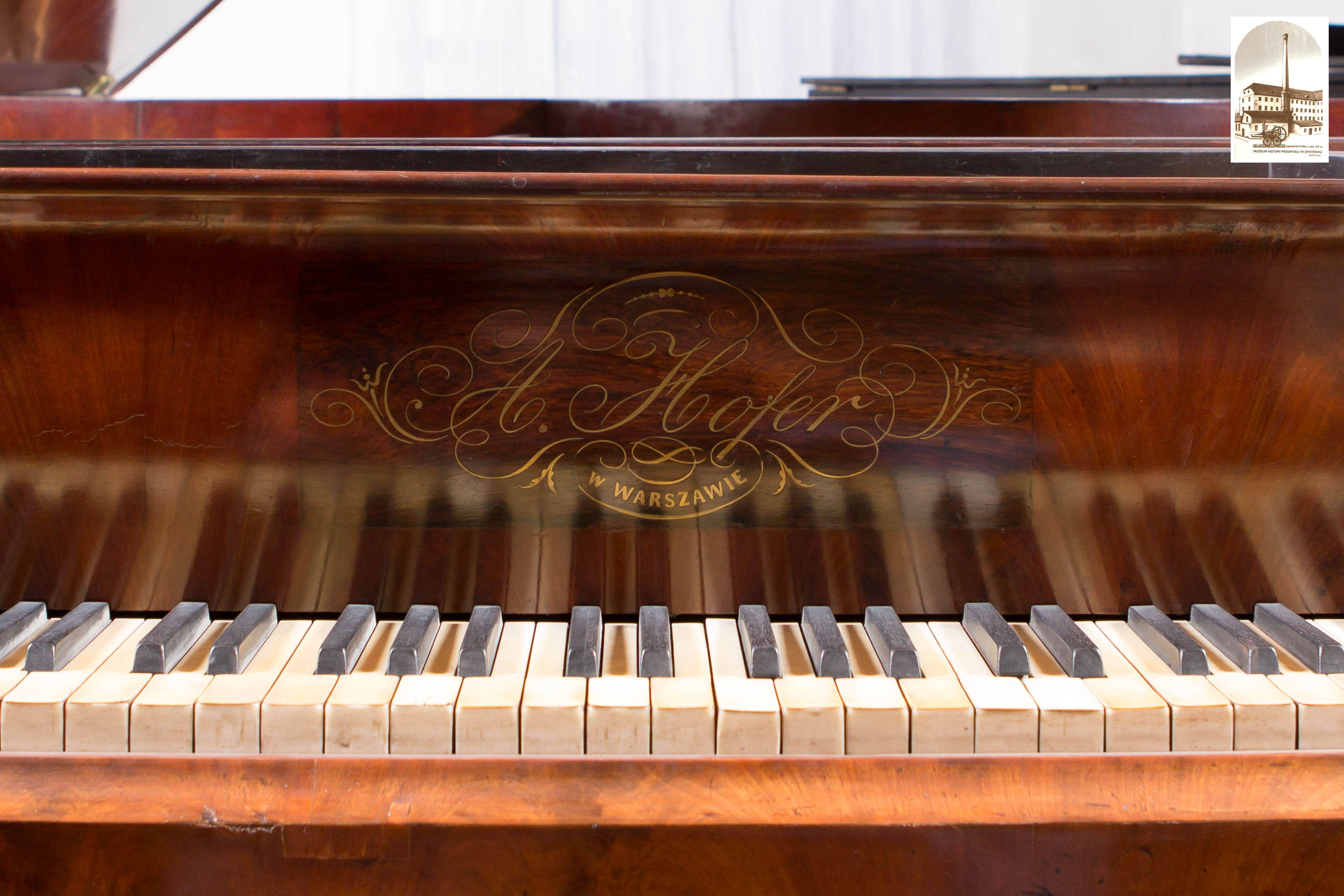
Irmler, Ernst
Piano maker Ernst Irmler (b. 1821 in Leipzig, d. 1861 in Leipzig) was a son of Johann Christian Gottlieb (1790-1857), founder of the well-known Leipzig-based company J.G. Irmler, by his first marriage. Around 1852 Ernst got independent, becoming a partner of Schambach & Merhaut, operating in Leipzig from 1836. Soon (1854?), he took over the company. He may have continued pervious owners’ serial numbering. Instruments made by Irmler the son were on a par with his father’s. After Ernst’s early death, his company was run by his heirs until c. 1879, winning prizes at the world fairs in London in 1862, Paris in 1867, and Vienna in 1873. A 1855 square piano signed Ernst Irmler Jun. / Leipzig has survived in the Andrzej Szwalbe Collection in Ostromecko near Bydgoszcz.
Bibliography: B. Vogel, Kolekcja zabytkowych fortepianów Filharmonii Pomorskiej, (Bydgoszcz, 21987), p. 86; H. Henkel, Lexikon deutscher Klavierbauer, (Frankfurt am Main, 2000), p. 281
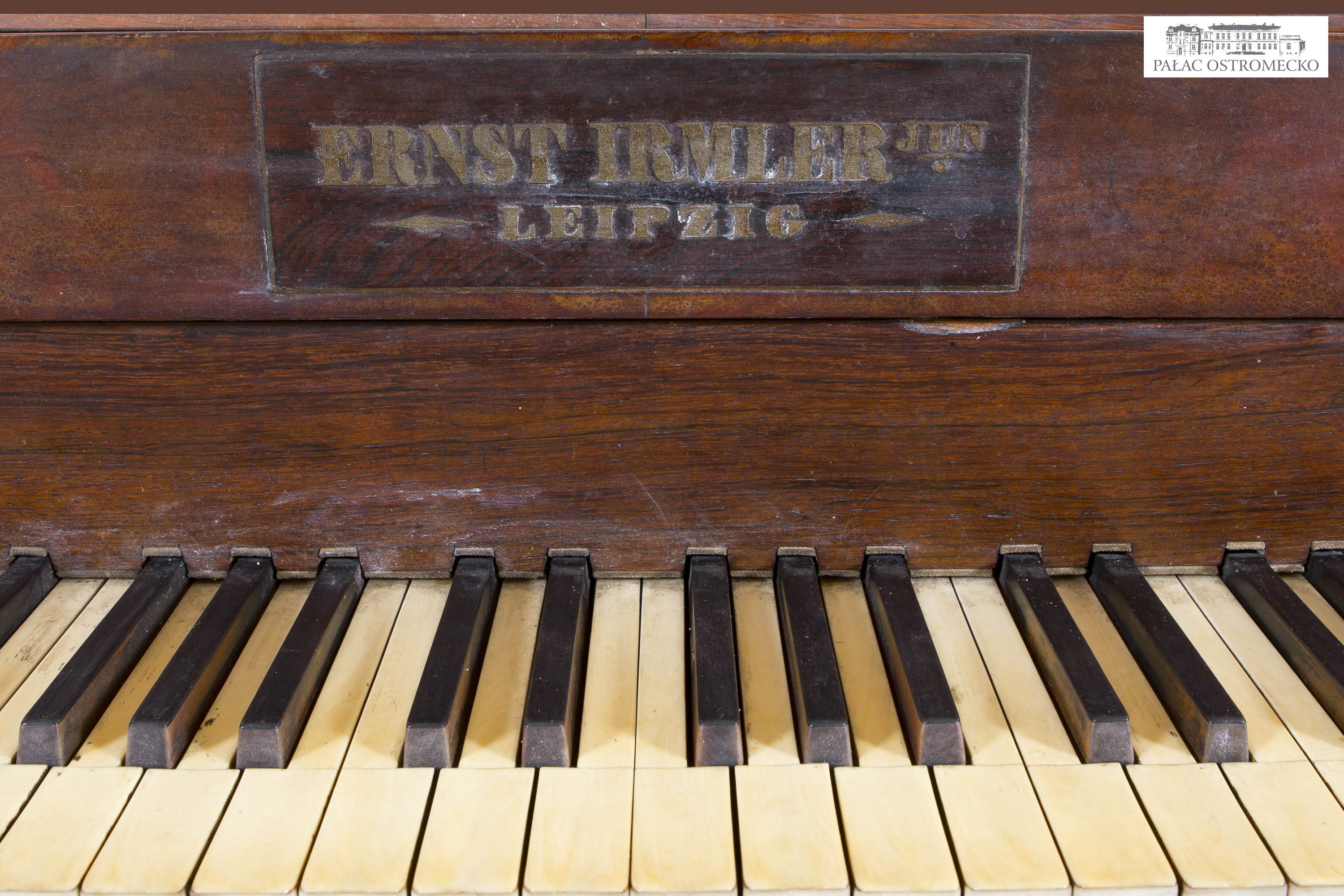
Kerntopf, Edward Konstanty (J. Kerntopf i Syn)
Piano maker Edward Konstanty Kerntopf (b. 1846 in Warsaw, d. 1901 in Warsaw) was the oldest son of Jan Kerntopf. He learnt his ropes in his father’s piano company as well as studying in Leipzig, Berlin, and Dresden. Having returned to Warsaw, he worked independently with the Warsaw Conservatoire, gaining renown as a tuner. In 1878 he joined his father’s company, bringing his own capital to the business, which became known as Jan Kerntopf i Syn (Jan Kerntopf & Son). After his father’s death in 1883, Edward ran the business together with his brothers Henryk and Józef. He was a member of the Warsaw Music Society and a friend of I.J. Paderewski’s, whom he provided with moral and financial support during his studies. The Museum of Industrial History in Opatówek possesses an upright signed E. Kerntopf / w WARSZAWIE, featuring stickers reading J. Kerntopf, made c. 1883-1885, when Edward was starting out at his father’s company.
Bibliography: B. Vogel, Fortepian polski. Budownictwo fortepianów na ziemiach polskich od poł. XVIII w. do II wojny światowej, (Warszawa, 1995), p. 234; B. Vogel, Polskie fortepiany XIX–XX w. Kolekcja Muzeum Historii Przemysłu w Opatówku, (Opatówek, 1994), p. 24, 42; B. Vogel, ‘Kerntopf, Jan’ in The Grove Dictionary of Musical Instruments, Vol. 3, ed. L. Libin, (Oxford, 22014), p. 137
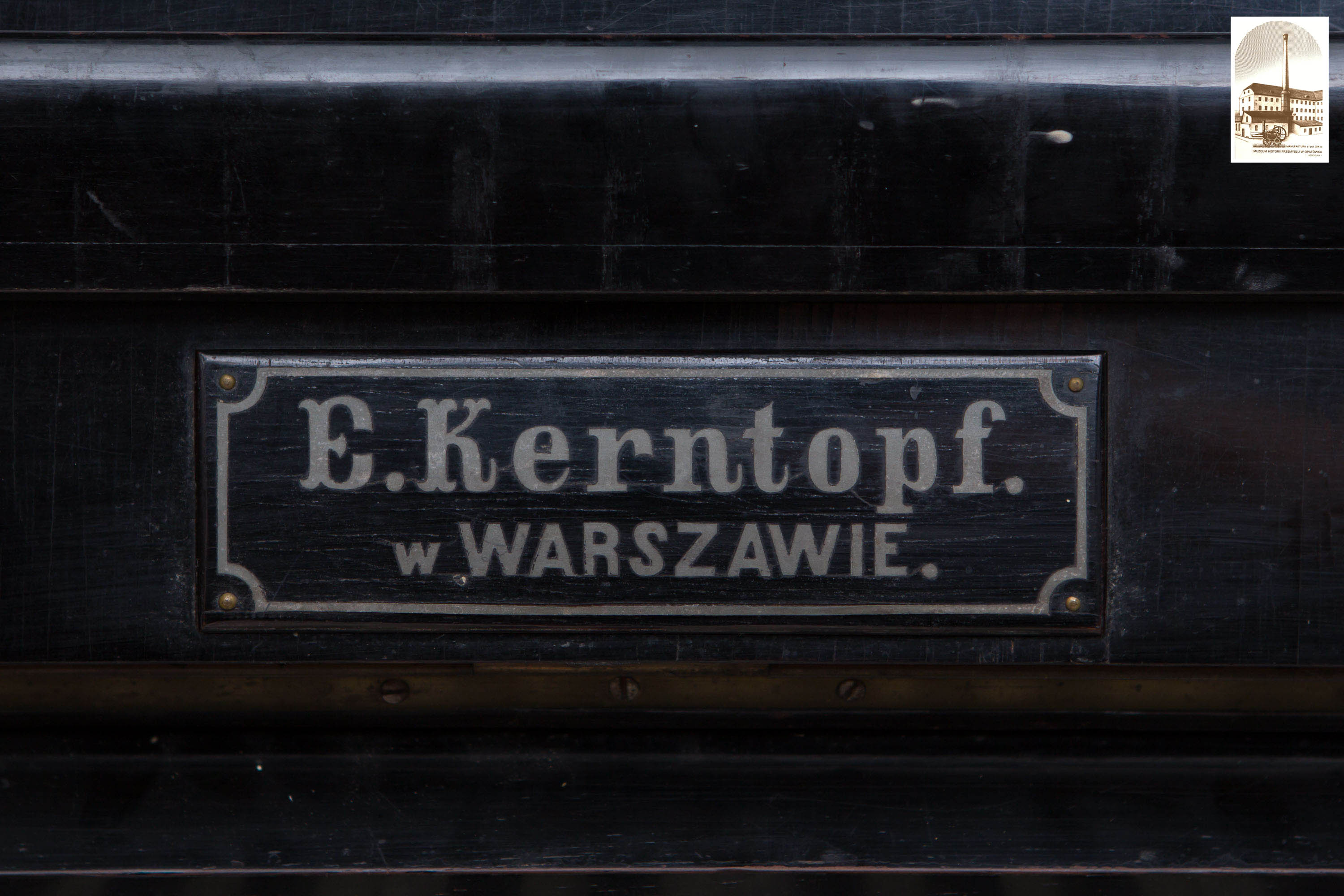
Kerntopf, Jan
Piano maker Jan Krzysztof Aleksander Kerntopf (b. 1813 Łabiszyn near Bydgoszcz, d. 1883 in Warsaw) founded one of the most significant and longest-running Polish piano companies (1839/40-1939) in Warsaw. In 1830-1839 he learned his ropes with Warsaw-based companies of F. Buchholtz (see: Buchholtz, Fryderyk) and J. Männling. He then fought for Poland’s independence in the November Uprising. Wounded, he had not taken up his professional training until 1833. At the turn of the 1839 and 1840 he set up a piano company in Warsaw, and 1846 expanded it by buying equipment and materials from the heirs of F. Buchholtz. He received praises at a 1857 Warsaw industrial fair for a decorative grand piano with French action and a double frame. At the time, Kerntopf had six workshops that produced instruments worth 4000 rubles annually, a third of which were exported to Russia. In 1862 he built history’s first piano made entirely of Polish-produced components. In 1872 he made his first American-style concert piano (modelled on the Steinway), which resulted in his abandoning Viennese action for good. Out of his ten children, three sons – Edward, Henryk, and Józef – got involved in running the company. First one up was the oldest, Edward, who joined the firm in 1878, which prompted its name to change to Jan Kerntopf i Syn, meaning 'Jan Kerntopf & Son' (see below: Kerntopf, Jan & Son). The Andrzej Szwalbe Collection in Ostromecko owns a grand piano signed J. Kerntopf made c. 1845 (serial no. 78).
Bibliography: B. Vogel, Fortepian polski. Budownictwo fortepianów na ziemiach polskich od poł. XVIII w. do II wojny światowej, (Warszawa, 1995), pp. 232-234; B. Vogel, Polskie fortepiany XIX –XX w. Kolekcja Muzeum Historii Przemysłu w Opatówku, (Opatówek, 1994), pp. 23-25, 40-43, 55, 66; B. Vogel, Kolekcja zabytkowych fortepianów Filharmonii Pomorskiej, (Bydgoszcz, 11980, 21987), p. 42; B. Vogel, ‘Kerntopf, Jan’ in The Grove Dictionary of Musical Instruments, Vol. 3, ed. L. Libin, (Oxford, 22014), p. 137
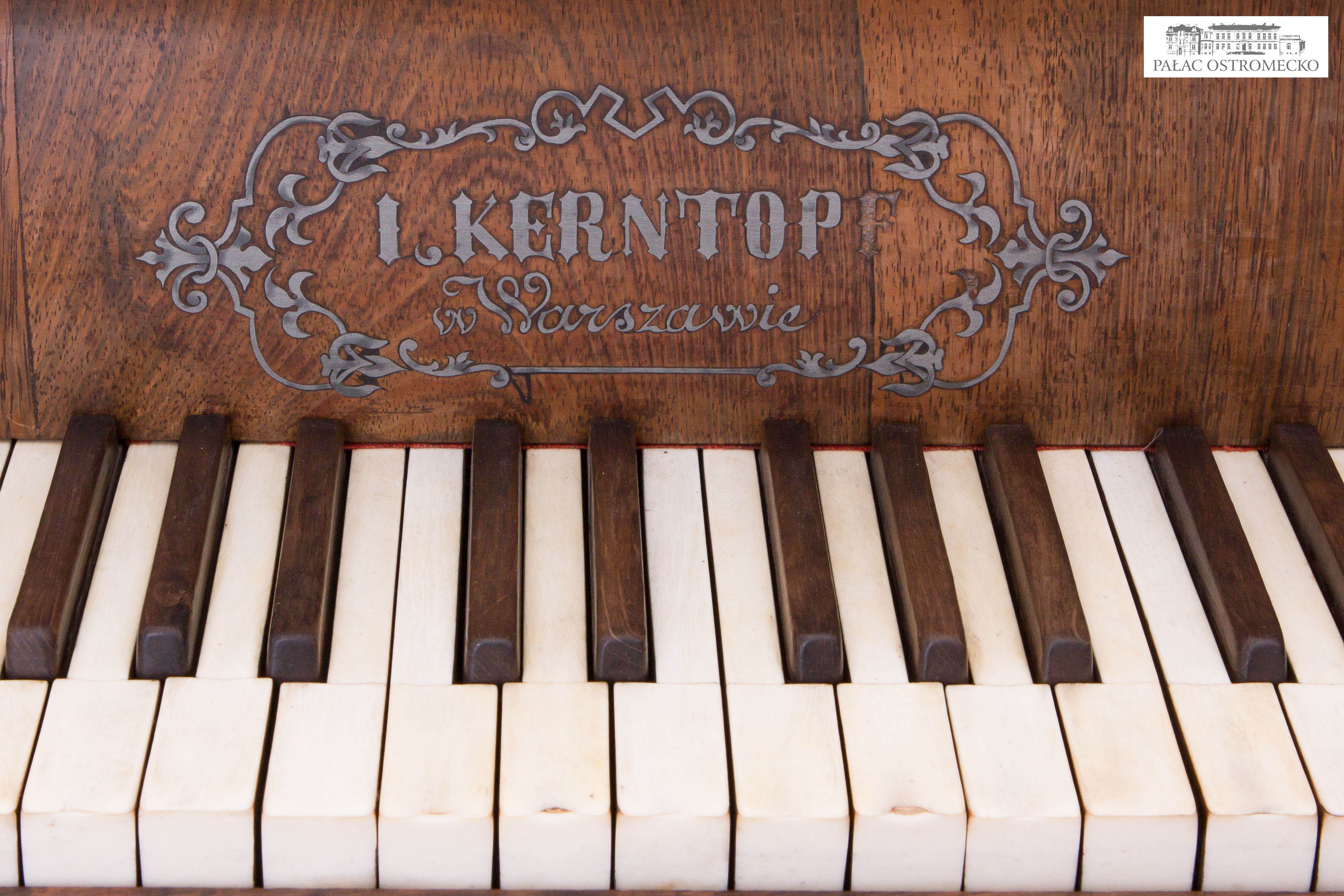
Kerntopf i Syn, Jan
Jan Kerntopf i Syn was a leading Polish piano company founded by Jan Kerntopf in 1839/40 as Jan Kerntopf (see: Kerntopf, Jan). In 1878 Jan’s oldest son Edward joined the firm, bringing in his own capital, which prompted its name to change to Jan Kerntopf i Syn (Jan Kerntopf & Son). In 1880 the company employed 30 people, producing 100 instruments a year, 50% of which were sold abroad. In 1881 Jan’s middle son, Henryk, joined the company. The firm could boast a silver medal won in Moscow in 1882, a golden medal won in Warsaw in 1885 (for American-system pianos, among others), a gold medal (Grand Prix) won in Paris in 1889, a gold medal won in Nizhny Novgorod in 1896, and a gold medal won in Kiev in 1897. The company also took part in industrial expositions in Warsaw and a national fair in Lviv in 1894, during which I.J. Paderewski played a concert on a Kerntopf grand piano. In 1887 the firm, already a supplier to the Alexandrinsky-Mariinsky Institute For Girls, became the official supplier to the Warsaw Music Institute. In 1900 it also became the supplier to the Kiev branch of the Imperial Music Society and Government Theatres in Warsaw. In 1892 the youngest of Jan’s sons, Józef, joined the family business. From 1909 on, the company was located in a new factory building – Małecki’s former factory (see: Małecki & Szreder). Surviving Kerntopf pianos of 1912 are fitted with Schwander hammer action and aliquot stringing (the use of unstruck strings’ parts). After Henryk’s death in 1914 the company was led by Józef. When he died (1922), the heirs formed a joint-stock company with the Polish Bank. In 1927 the firm was taken over by Aleksander Granke, who ran it until the breakout of World War II. Kerntopf instruments were among the best-known and valued. Their popularity peaked in 1880-1912. Pianists such as E. Kania, J. Hoffman, A. Kątski, I.J. Paderewski, R. Strobl, J. Śliwiński, J. Wieniawski, or W. Wiślicki, used to play them during their concerts. The firm would also produce stylised instruments, e.g. highland-style uprights designed by S. Witkiewicz and E. Kováts, or stylised grands for imperial residencies in Spała and Skierniewice. Many of Kerntopf pianos have survived to this day in private collections and museums, including the Musical Instrument Museum in Poznań, the Andrzej Szwalbe Collection in Ostromecko near Bydgoszcz, and the Museum of Industrial History in Opatówek.
Bibliography: B. Vogel, Fortepian polski. Budownictwo fortepianów na ziemiach polskich od poł. XVIII w. do II wojny światowej, (Warszawa, 1995), pp. 232-234; B. Vogel, Polskie fortepiany XIX –XX w. Kolekcja Muzeum Historii Przemysłu w Opatówku, (Opatówek, 1994), pp. 23-25, 40-43, 55, 66; B. Vogel, Kolekcja zabytkowych fortepianów Filharmonii Pomorskiej, (Bydgoszcz, 11980, 21987), p. 42; B. Vogel, ‘Kerntopf, Jan’ in The Grove Dictionary of Musical Instruments, Vol. 3, ed. L. Libin, (Oxford, 22014), p. 137

Kewitsch, Alojzy
Piano and organ maker Alojzy (Alois) Kewitsch ran a piano and reed organ company and store from 1889 to c. 1913 in Warsaw. Around 1902 he also opened a factory warehouse in St. Petersburg. In 1911 he was employing 10-11 people, while his firm’s turnover was 20 000 rubles a year. Among the instruments he sold were upright pianos with a 'cello' sound board (presumably the shape of a cello). In 1897 he prepared a cost estimate of a renovation of the organ at the Luteran church in Warsaw. Many of Kewitsch’s instruments have survived in private collections; his 1899 upright may be found at the Museum of Industrial History in Opatówek.
Bibliography: B. Vogel, Fortepian polski. Budownictwo fortepianów na ziemiach polskich od poł. XVIII w. do II wojny światowej, (Warszawa, 1995), p. 235; B. Vogel, Polskie fortepiany XIX-XX w. Kolekcja Muzeum Historii Przemysłu w Opatówku, (Opatówek, 1994), pp. 25, 43, 61-62, 72
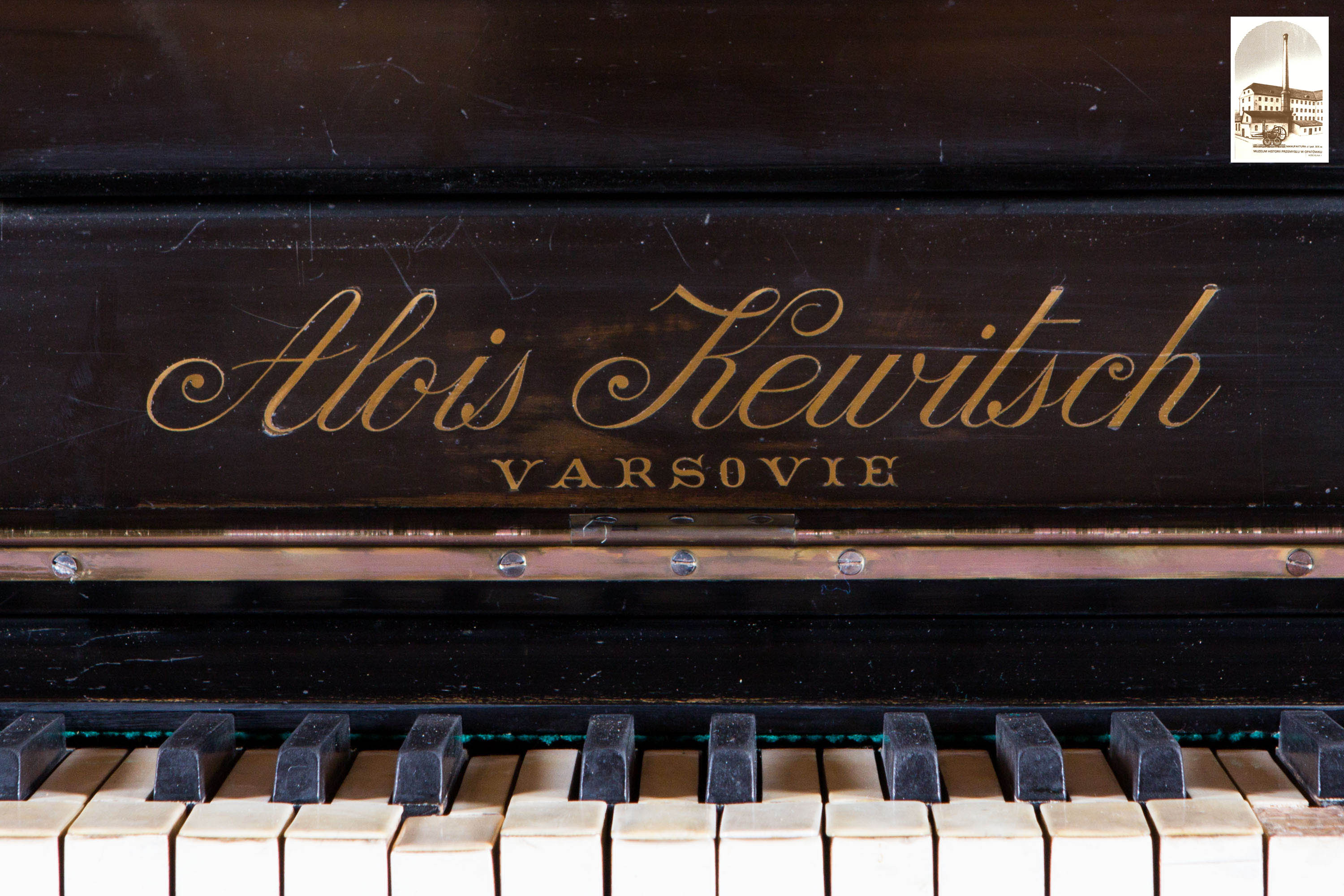
Kirchberg, Friedrich
Friedrich Kirchberg is a little known piano maker which operated in Tilsit (then: Prussia, present-day Sovetsk, Russia) c. 1840. The only living proof of the firm’s existence is a grand piano of its making dating to c. 1840 that is part of the Andrzej Szwalbe Collection in Ostromecko near Bydgoszcz. The instrument has not retained its original shape: its has been shortened.
Bibliography: B. Vogel, Kolekcja zabytkowych fortepianów Filharmonii Pomorskiej, (Bydgoszcz, 21987), p. 44
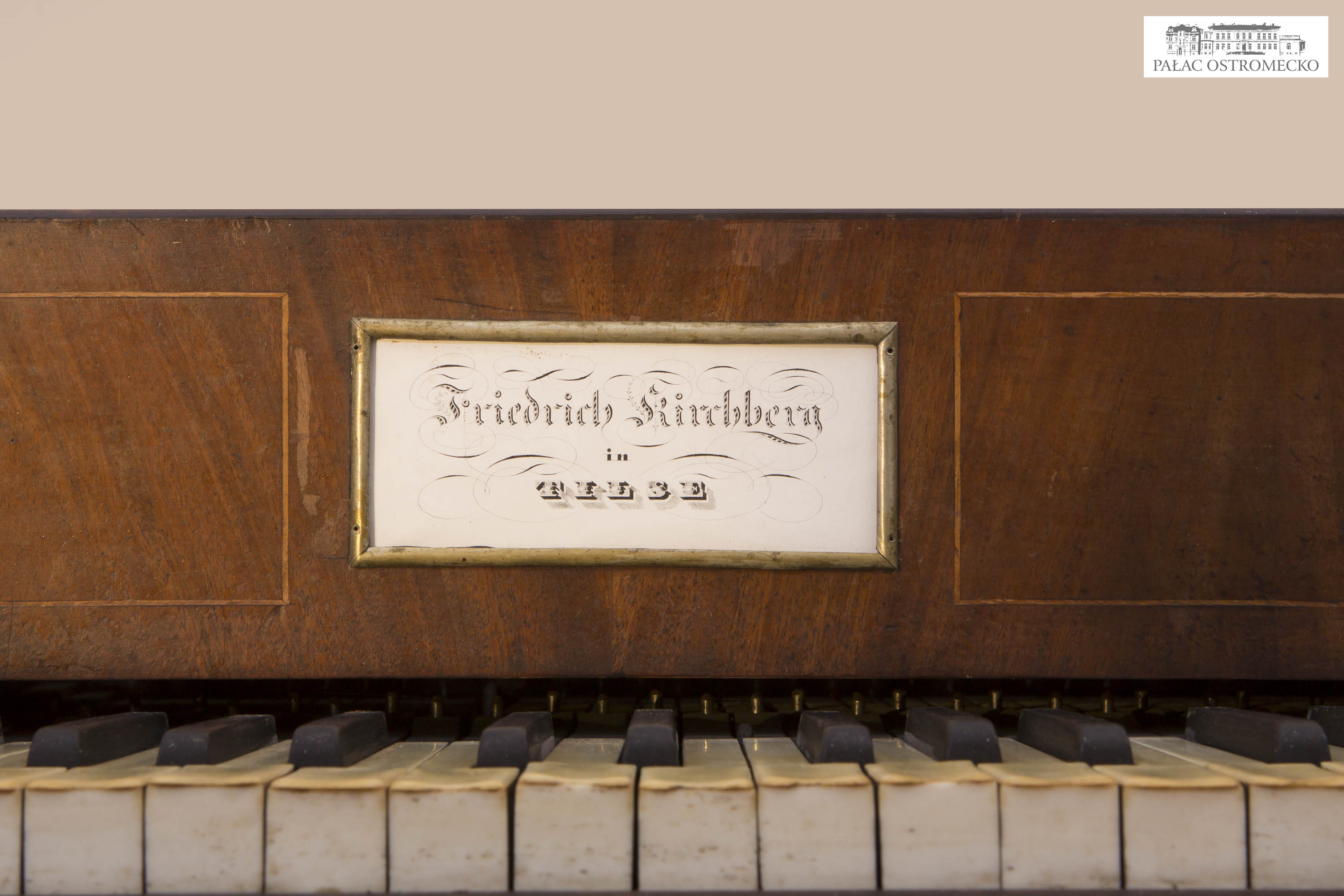
Koischwitz Bracia (Karol i Ryszard?)
Bracia Koischwitz (The Koischwitz Brothers, Koischwitz Gebrüder) was a piano and reed organ company and store operating in Łódź from 1888 (1892?) to c. 1914 (from c. 1910 under the name of Ryszard Koischwitz). Most probably established by Karol and Ryszard Koischwitz, it went bankrupt at the beginning of 1901. Subsequently, it belonged to the Junnikiel i Nordbuch company, and from c. 1907 on – to Teodor Fabian. In 1903-1904 it was employing 8-10 people, its annual turnover reaching 30 000 rubles. In 1904-1906 it was temporarily closed; in 1909-1911 its annual turnover amounted to 8 000 rubles. The Museum of Industrial History in Opatówek possesses an upright piano of c. 1900 signed GEBR.[Gebrüder] KOISCHWITZ / LODZ. The instrument was part of a dowry of the previous owner’s predecessor.
Bibliography: B. Vogel, Fortepian polski. Budownictwo fortepianów na ziemiach polskich od poł. XVIII w. do II wojny światowej, (Warszawa, 1995), pp. 236-237; B. Vogel, Polskie fortepiany XIX-XX w. Kolekcja Muzeum Historii Przemysłu w Opatówku, (Opatówek, 1994), pp. 25-26, 43, 62, 72
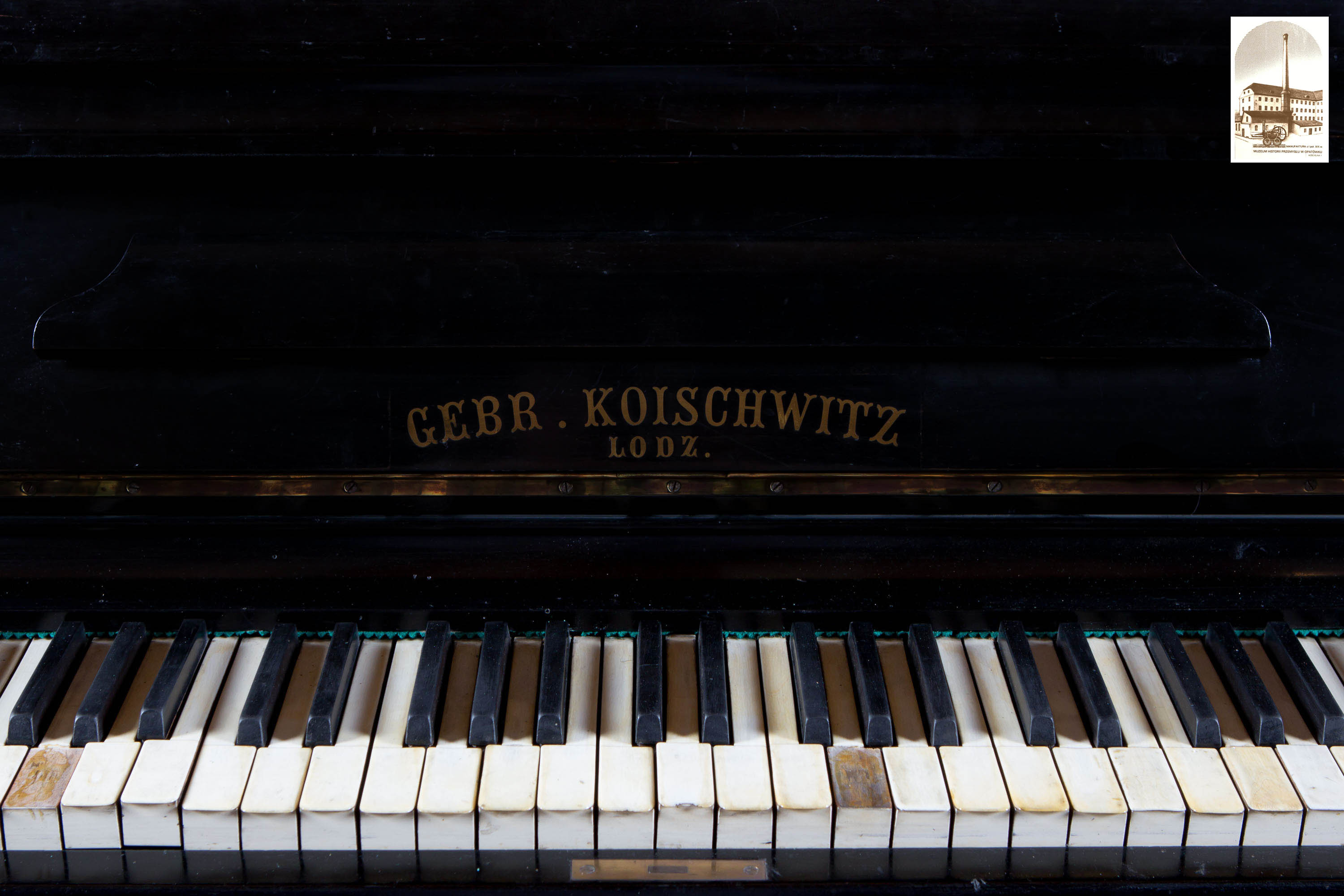
Kowalik, Stanisław
Stanisław Kowalik was a carpenter and piano maker working in Warsaw. In c. 1927-1930 he ran a piano company at Grzybowska 59 (Jerozolimska 29?). He would build uprights of his own design, some of which have survived in private collections and the Museum of Industrial History in Opatówek. Looking at the serial numbers of the surviving instruments, it may be assumed that around 200 pianos were produced by the firm in total.
Bibliography: B. Vogel, Fortepian polski. Budownictwo fortepianów na ziemiach polskich od poł. XVIII w. do II wojny światowej, (Warszawa, 1995), p. 238; B. Vogel, Polskie fortepiany XIX-XX w. Kolekcja Muzeum Historii Przemysłu w Opatówku, (Opatówek, 1994), pp. 26, 44, 62, 73
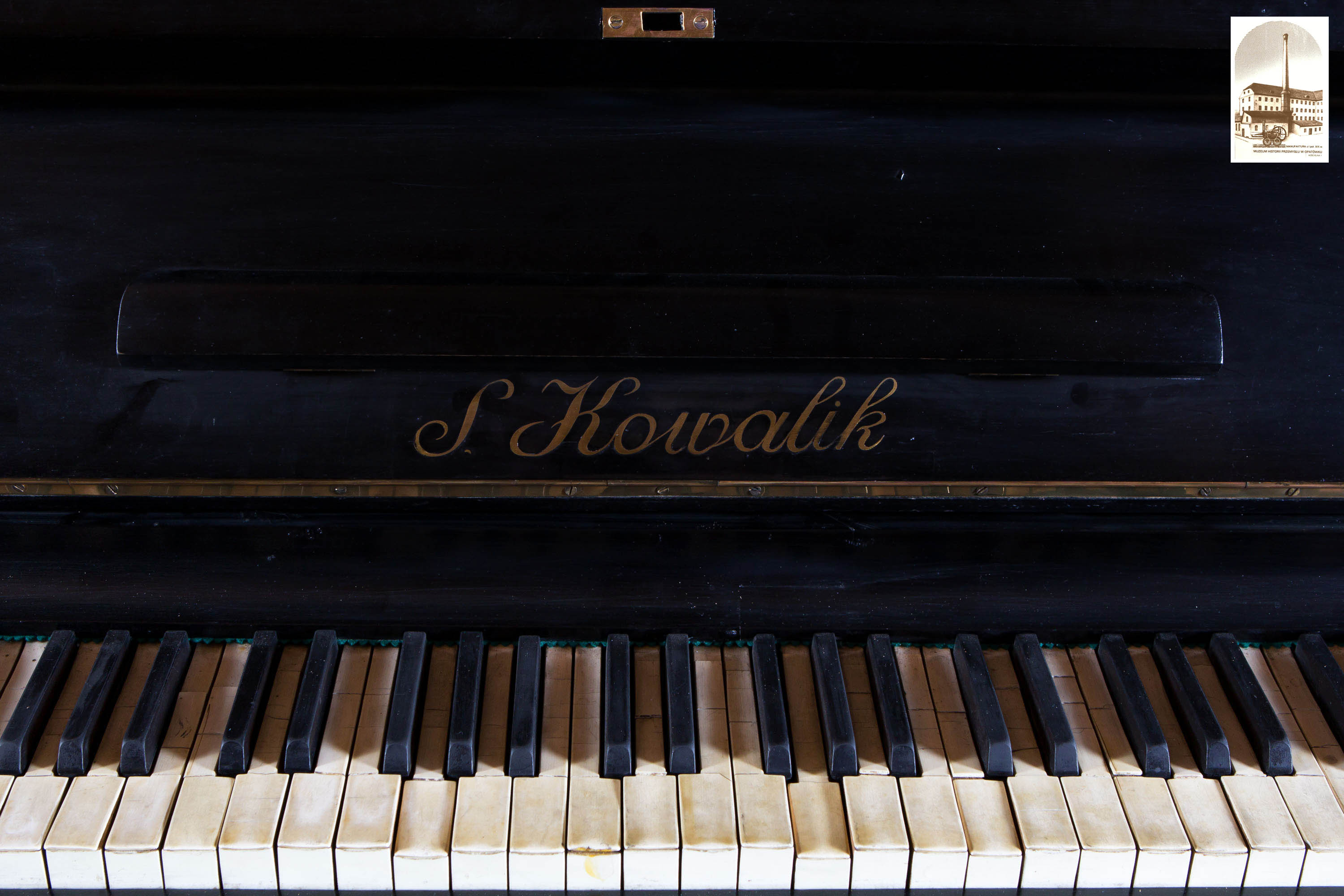
Krall & Seidler
The piano company Krall & Seidler operated in Warsaw from 1830 to c. 1896. It was established by Józef Seidler (b. 1801 in Silesia, d. 1862 in London) and Antoni Krall (b. 1794 in Lviv, d. 1875 in Warsaw), former journeymen of Antoni Leszczyński, who set up their own company after their master's death. At first they employed 12 associates. Having come down to Warsaw in 1843 to play concerts, Ferenz Liszt chose a Krall & Seidler piano out of the many Polish and foreign instruments offered to him, later sending the makers an endorsement letter. In the same year Warsaw saw a concert featuring 12 pianists led by Henryk Litolff performing together a specially arranged overture by Rossini on six Krall & Seidler pianos. The company took part in national crafts and industry fairs, winning a range of awards (e.g. first-grade silver medals in 1838 and 1857). At a 1845 fair, a 7-octave Krall & Seidler piano adorned with reliefs and featuring an enhanced Erard action along with other improvements was named the best piano of the show and bought by the Kingdom of Poland's Russian-appointed viceroy. In 1853 Krall and Seidler had a modern factory building erected. With its gas lighting, cargo lifts, metalworking, lathe and varnishing workshops, warehouses, drying rooms, and a concert hall, the factory was the most modern piano-making facility in the Congress Kingdom of Poland. After Krall left the partnership (1860) and Seidler died (1862), the firm was taken over by the latter's son, Teofil. Under his leadership, the company won prestigious international awards, e.g. a grand silver medal at a 1865 Moscow fair; a grand golden medal at a St Petersburg fair in 1870; a golden medal in Moscow in 1872; a silver medal in Paris in 1872; a medal for improvement and a silver medal on St Stanislas sash in 1873 in Vienna for an American-system concert piano with English action, covered in ebony veneer and adorned with reliefs and Greek-style metal incrustations designed by Leon Myszkowski; a medal in Philadelphia in 1875; state coat of arms in Moscow in 1882; a diploma of merit in Warsaw in 1886/7; and a golden medal in Paris in 1889. After a 1878 Paris fair, where the company won a silver medal for a serial black piano adorned with gold-plated bronze decorative elements designed by J. Łopieński (used by pianists A. Kątski, D. Magnus, and J. Zarębski), The London and Provincial Trades Review called Krall & Seidler 'the Polish Pleyel'. In its prime, the company employed over 50 associates and made c. 180 instruments annually, worth c. 60 000 rubles. In total, it produced c. 6 000 instruments. It went bankrupt at the end of the 19th century. Many of Krall & Seidler have survived in private collections and museums, including the Musical Instrument Museum in Poznań, the Museum of Industrial History in Opatówek, and the Andrzej Szwalbe Collection in Ostromecko near Bydgoszcz. The latter may boast a piano gifted to Zygmunt Noskowski in 1891 by the Polish nation in recognition of 25 years of his work as composer.
Bibliography: B. Vogel, Fortepian polski. Budownictwo fortepianów na ziemiach polskich od poł. XVIII w. do II wojny światowej, (Warszawa, 1995), pp. 238-240, 261; B. Vogel, Polskie fortepiany XIX –XX w. Kolekcja Muzeum Historii Przemysłu w Opatówku, (Opatówek, 1994), pp. 26-28, 29, 44-47, 55-56, 66-67; B. Vogel, Kolekcja zabytkowych fortepianów Filharmonii Pomorskiej, (Bydgoszcz, 11980, 21987), pp. 46-50
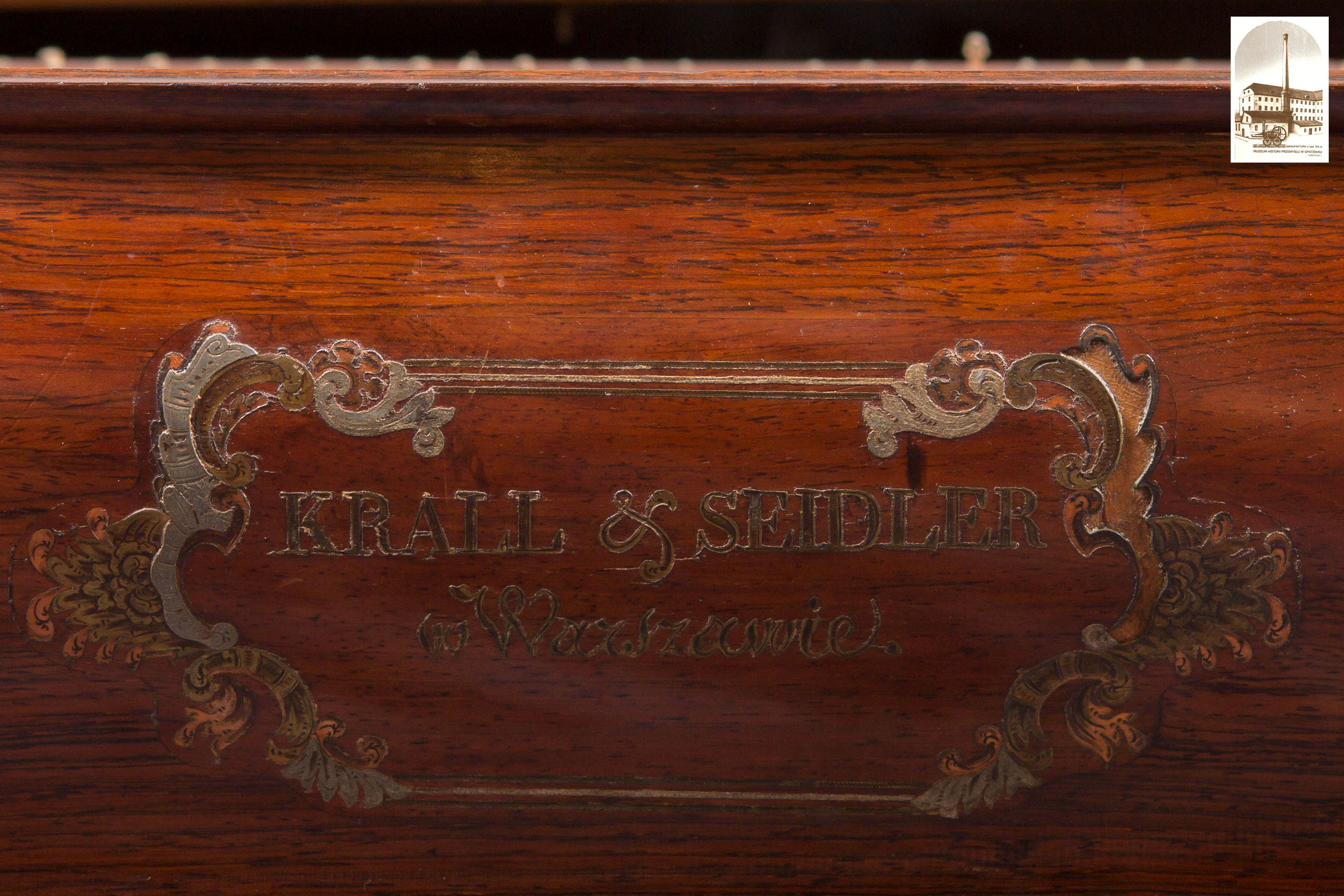
Kuhlbörs, Johann Friedrich senior
Johann Friedrich Kuhlbörs Sr. was a Wrocław-based piano maker (b. c.1765, d. after 1832). He set up his own piano company in 1790. He also manufactured striking mechanisms for clocks. Labelled as Joh. Fried. Kuhlbörs, then Friedrich Kuhlbörs sen., and sometimes even Friedrich Kuhlbörs, the pianos were widely recognised for their quality. A few of them have survived in London and Michaelstein. A giraffe-piano made by Johann Friedrich Kuhlbors Sr. is exhibited at the Fryderyk Chopin Museum in Warsaw. Johann's son, Friedrich Wilhelm (b. c. 1801 in Wrocław, d. 1856 in Johannisbrunn, Bohemia), continued his father's work. Because of misleading labelling, employing the father's and son's similar names, in many cases it is hard to distinguish instruments made by Johann Friedrich and Friedrich Wilhelm.
Bibliography: K. Rottermund, ‘Wrocławska wytwórnia fortepianów Kuhlbörs i jej instrumenty’ in Tradycje śląskiej kultury muzycznej, Vol. 11, (Wrocław, 2008), pp. 121-128; K. Rottermund, Budownictwo fortepianów na Śląsku do 1945 roku, (Szczecin, 2004), pp. 315-316; P. Epstein, E. Scheyer, Führer und Katalog zur Sammlung alter Musikinstrumente (Breslau, 1932), pp. 57-58; M. Novak Clinkscale, Makers of the Piano, Vol. 1: 1700-1820, (Oxford, 1993), p. 175, Vol. 2, 1820-1860, (Oxford, 1999), pp. 222-223
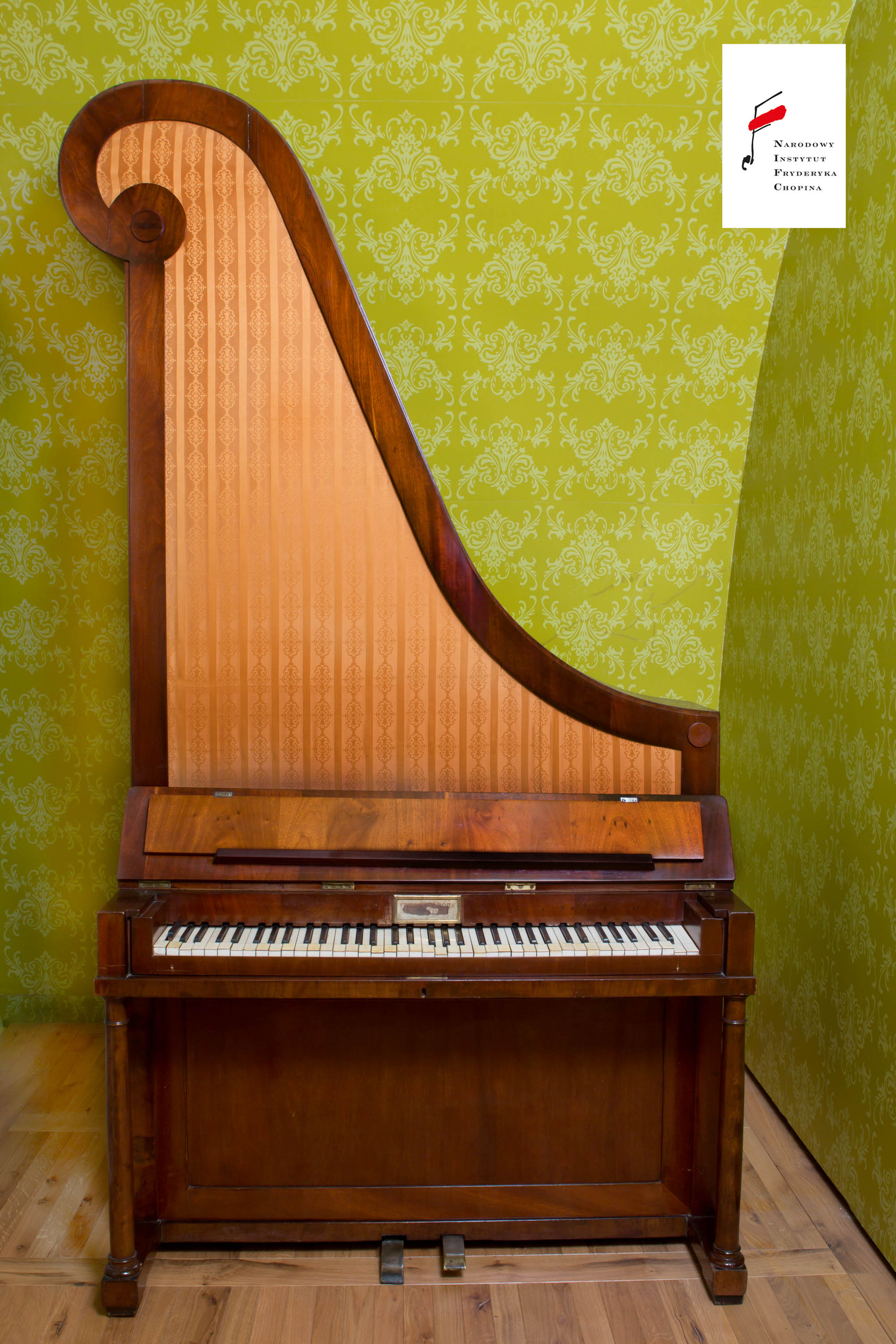
Legnica
Polish upright and grand piano factory Legnica was established as a continuation of rich piano-making traditions present in the town of Legnica, partly using some of what was left of the German piano company Ed. Seiler established in 1849. In 1945, when World War II ended and Legnica (formerly: Liegnitz) was incorporated into Poland, the biggest local German piano firm that Ed. Seiler had been, winded down its operations in the town and relocated to Germany. In 1947 Polish authorities organised a piano workshop in the former Ed. Seiler factory at 19/17 Senatorska street (19/17 Rewolucji Październikowej street), making use of the machines and equipment of other piano workshops that had operated in Legnica and its environs before the war. At first the new enterprise would employ German professionals who had stayed in town. The business consisted mainly in renovations and repairs of keyboard instruments. It was not until 1951 that the company launched piano production. Its full name now was Legnicka Fabryka Fortepianów i Pianin (The Legnica Grand and Upright Piano Factory). The company produced whole instruments, components, and keyboards. With time, the factory developed significantly, with its production volume peaking in 1980 at over 6000 instruments, a significant part of which was sold abroad. In 1992 the factory bought the title to the T. Betting brand (see: Betting, Theodor). It would also produce instruments designed to be sold abroad under the name of Offberg. The crisis that followed resulted in the company closing down in 1998.
Bibliography: Legnica. Zarys monografii miasta, ed. S. Dąbrowski (Wrocław–Legnica, 1998), p. 474; J. Gul, Historia wytwórni fortepianów ‘Ed. Seiler’ na tle przemysłu muzycznego Legnicy w XIX i XX wieku, (Wrocław, 2002), p. 122-123 [master thesis supervised by Prof. Maria Zduniak, Karol Lipiński Academy of Music in Wrocław; manuscript kept in the library of the Academy of Music in Wrocław]
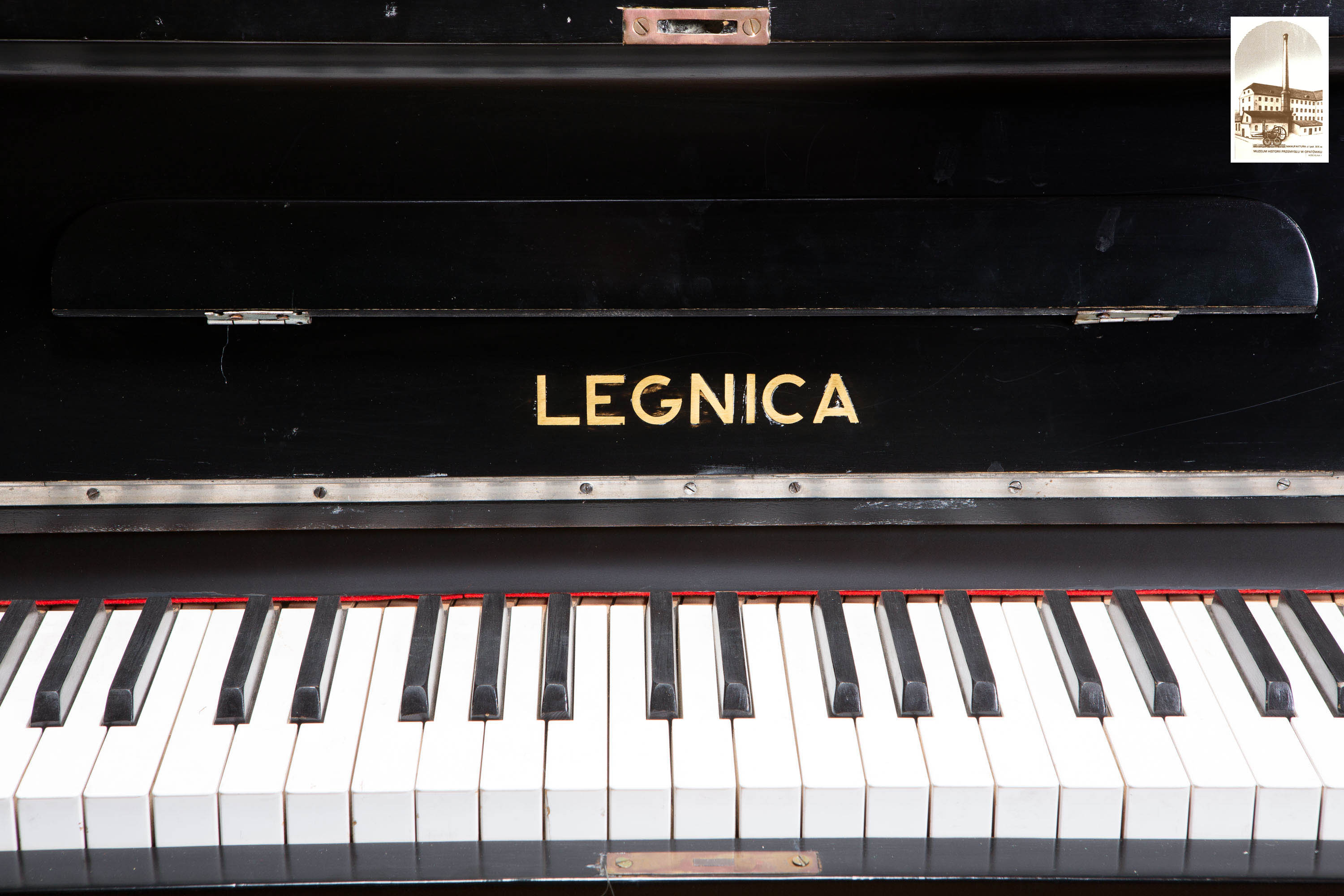
Lehmann, Karol
Karol Lehmann (b. c. 1808) was a Warsaw-based piano maker. He ran his business from c. 1844 to 1860. In 1844 he obtained an exclusive license to produce pianos fitted with octave couplers invented by Philippe de Girard (the creator of Polish textile industry, the name-sake for the town of Żyrardów in Poland, and inventor of a musical instrument named the Tremolophone) in the Congress Kingdom of Poland. Lehmann's instruments were considered to be on a par with Erard's. A Lehmann piano of the early 1850s has survived at the Museum of Industrial History in Opatówek.
Bibliography: B. Vogel, Fortepian polski. Budownictwo fortepianów na ziemiach polskich od poł. XVIII w. do II wojny światowej, (Warszawa, 1995), p. 242; B. Vogel, ‘Philippe de Girard – żyrardeon – Żyrardów’ in Organy i Muzyka Organowa XV, Akademia Muzyczna, (Gdańsk, 2014), pp. 165-183

Lindemann, Jan Jerzy (Georg, Grzegorz)
Jan Jerzy (Georg, Grzegorz) Lindemann (b. c. 1792 [1798?] in the Landgrave of Hessen-Kassel, d. 1849 in Kalisz) was a piano maker operating in Kalisz from c. 1823. He used his second name Jerzy, or Georg (Grzegorz). At the 1845 Warsaw industrial exposition, he presented an incrusted, rosewood-veneered grand piano, with the keyboard layered with the mother-of-pearl, fitted with the Viennese action, priced at 750 rubles. Around that time, Lindemann would build about 30 instruments a year. According to periodicals of the time, the pianos were greatly popular with the residents of Kalisz, also because they could be bought on an instalment plan. Lindemann supplied a grand piano to the Kalisz Music Society at 1200 Polish zloty. Some of his instruments may be found at the Andrzej Szwalbe Collection in Ostromecko near Bydgoszcz and the Museum of Industrial History in Opatówek. They are the oldest surviving grand pianos made in Greater Poland.
Bibliography: B. Vogel, Fortepian polski. Budownictwo fortepianów na ziemiach polskich od poł. XVIII w. do II wojny światowej, (Warszawa, 1995), p. 244; B. Vogel, Kolekcja zabytkowych fortepianów Filharmonii Pomorskiej, (Bydgoszcz, 21987), p. 52; K. Rottermund, Budownictwo instrumentów muzycznych na terenie Wielkopolski w XIX i 1. połowie XX wieku, (Poznań, 2002), pp. 34, 66, 114
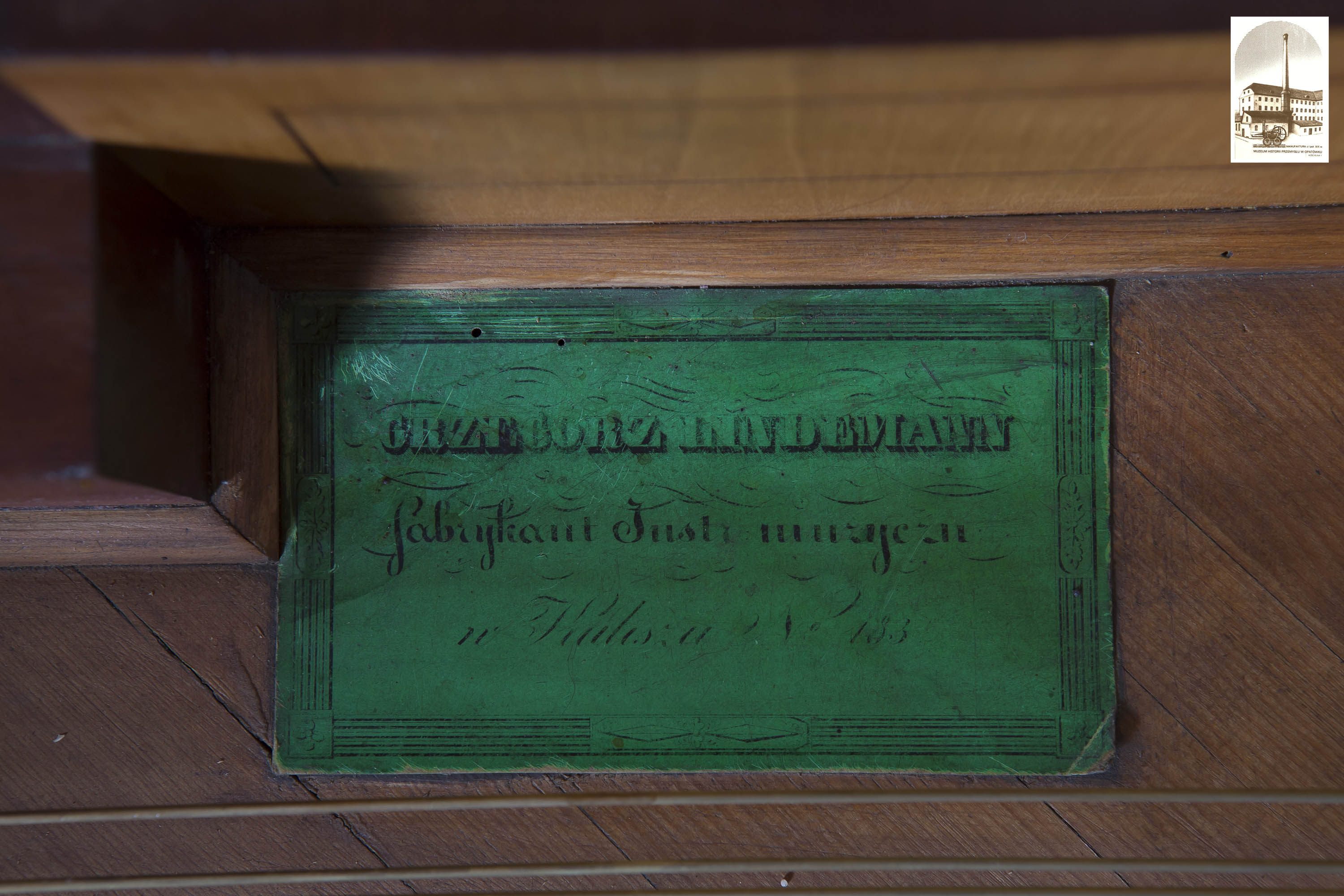
Małecki, Julian
Piano maker Julian Małecki (b. 1834, d. 1912 in Warsaw) was a noble-born master craftsman and founder of a leading Polish piano company. In 1856-60 he was one of main employees in S. Zembrzuski’s Warsaw-based firm, which he took over together with W. Schröder after the founder’s death, establishing Małecki & Szreder. From 1872 Małecki ran the firm independently under his own name (see: Małecki & Szreder). Instruments of his making have survived in the Andrzej Szwalbe Collection in Ostromecko near Bydgoszcz and the Museum of Industrial History in Opatówek.
Bibliography: B. Vogel, Fortepian polski. Budownictwo fortepianów na ziemiach polskich od poł. XVIII w. do II wojny światowej, (Warszawa, 1995), pp. 246-247; B. Vogel, Polskie fortepiany XIX-XX w. Kolekcja Muzeum Historii Przemysłu w Opatówku, (Opatówek, 1994), pp. 28-29, 46-47, 56-57, 67; B. Vogel, Kolekcja zabytkowych fortepianów Filharmonii Pomorskiej, (Bydgoszcz, 21987), p. 54; B. Vogel, ‘Małecki’ in Encyklopedia muzyczna PWM, Vol. [6] m, ed. E. Dziębowska, (Kraków, 2000), p. 61
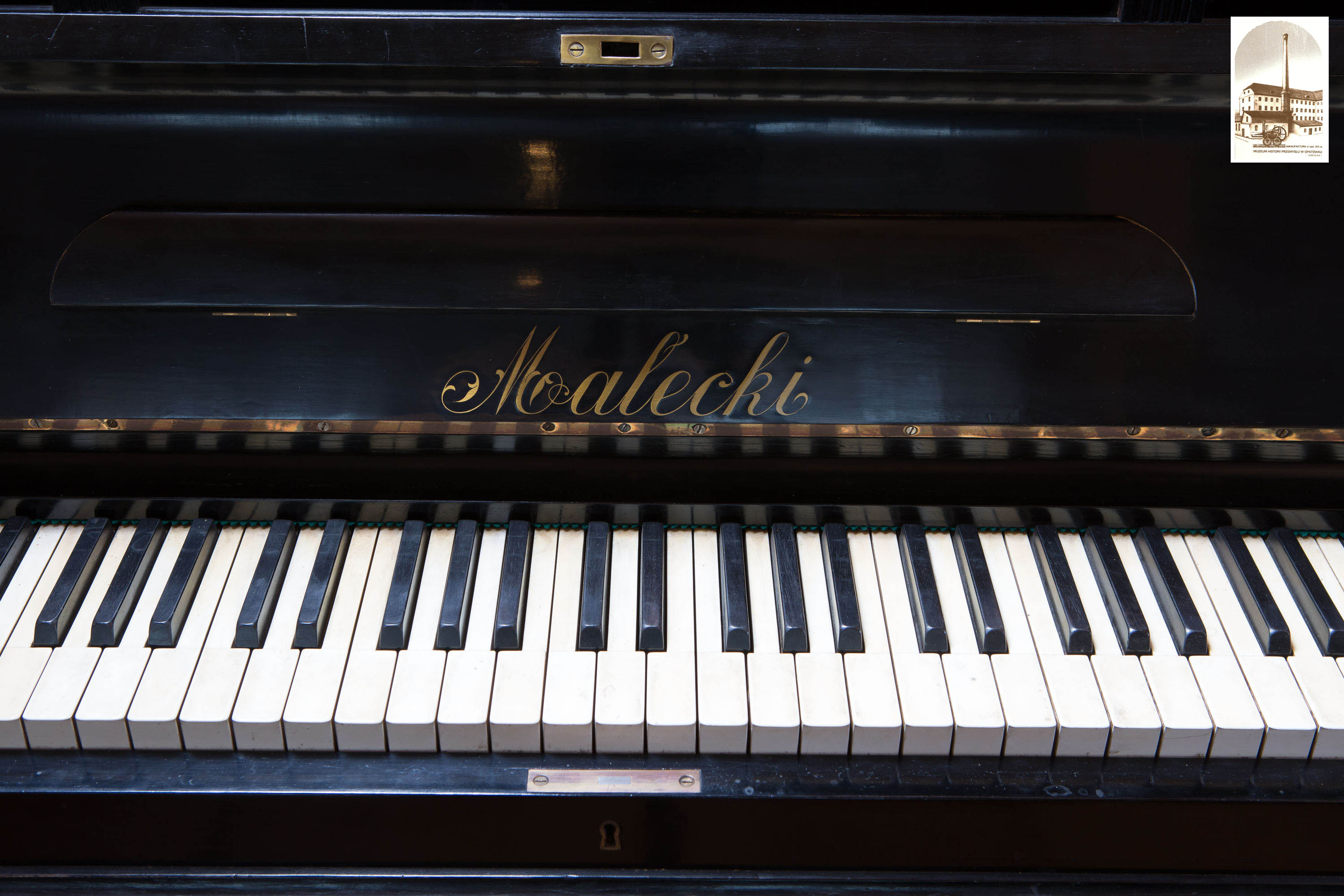
Małecki & Szreder
Małecki & Szreder (Schröder), then Małecki, was a Warsaw-based piano company operating from 1860/61 up until the outbreak of World War II. It was set up by Julian Małecki (b. 1834, d. 1912 in Warsaw) and Wiktor Schröder (Szreder; b. ?, d. c. 1872 in Warsaw), former employees of S. Zembrzuski, who took over his business after the boss's death. In 1872 Szreder left the partnership, and from that moment on the company was run by Małecki under his own name. The business soon flourished, gaining renown and popularity. It won a silver medal in Paris in 1867, a medal of merit in Vienna in 1873, a bronze medal in Paris in 1878, a golden medal in Warsaw in 1886/7, a silver medal in Paris in 1889, and a golden medal in Nizhny Novgorod in 1896. In 1871 the company became the supplier of choice of the Warsaw Conservatoire. In 1889 it opened a branch office in Vilnius. In the 1880s, its prime time, the company employed over 40 people, producing c. 100 instruments annually, worth 55 000 rubles in total. By 1904 it had made c. 3800 instruments worth 3 million rubles. In 1904 the firm went bankrupt. It was bought at an action by the Kerntopf company, which took up piano-making at the turn of 1908 and 1909. In 1912 the company changed hands again. The new owners were Edmund Czarnowski, Stanisław Zembrzuski, and Stanisław Małecki, son of its original co-founder, who worked with the firm until c. 1939 as the technical director. After 1912, the company scaled down and never regained the momentum of the 19th century. Many of Małecki instruments have survived in private collections and museums, including the Andrzej Szwalbe Collection in Ostromecko near Bydgoszcz, Musical Instrument Museum in Poznań, and the Museum of Industrial History in Opatówek, which possesses a Małecki & Szreder piano dating back to the first years of the company's operations.
Bibliography: B. Vogel, Fortepian polski. Budownictwo fortepianów na ziemiach polskich od poł. XVIII w. do II wojny światowej, (Warszawa, 1995), pp. 246-247; B. Vogel, Polskie fortepiany XIX –XX w. Kolekcja Muzeum Historii Przemysłu w Opatówku, (Opatówek, 1994), pp. 28-30, 46-48, 56, 62, 67, 73; B. Vogel, Kolekcja zabytkowych fortepianów Filharmonii Pomorskiej, (Bydgoszcz, 11980, 21987), p. 54

Manhattan Pianoforte Manufacturing Company
A little-known US piano company operating in New York City from c. 1860 to c. 1880.
Bibliography: B. Vogel, Kolekcja zabytkowych fortepianów Filharmonii Pomorskiej, (Bydgoszcz 11980, 21987), p. 88; J. Witter, Das Klavier-Lexikon, (Schillingsfürst, 1998), p. 291; http://antiquepianoshop.com/online-museum/manhattan-pianoforte-manufacturing-company [26 Jan. 2016]
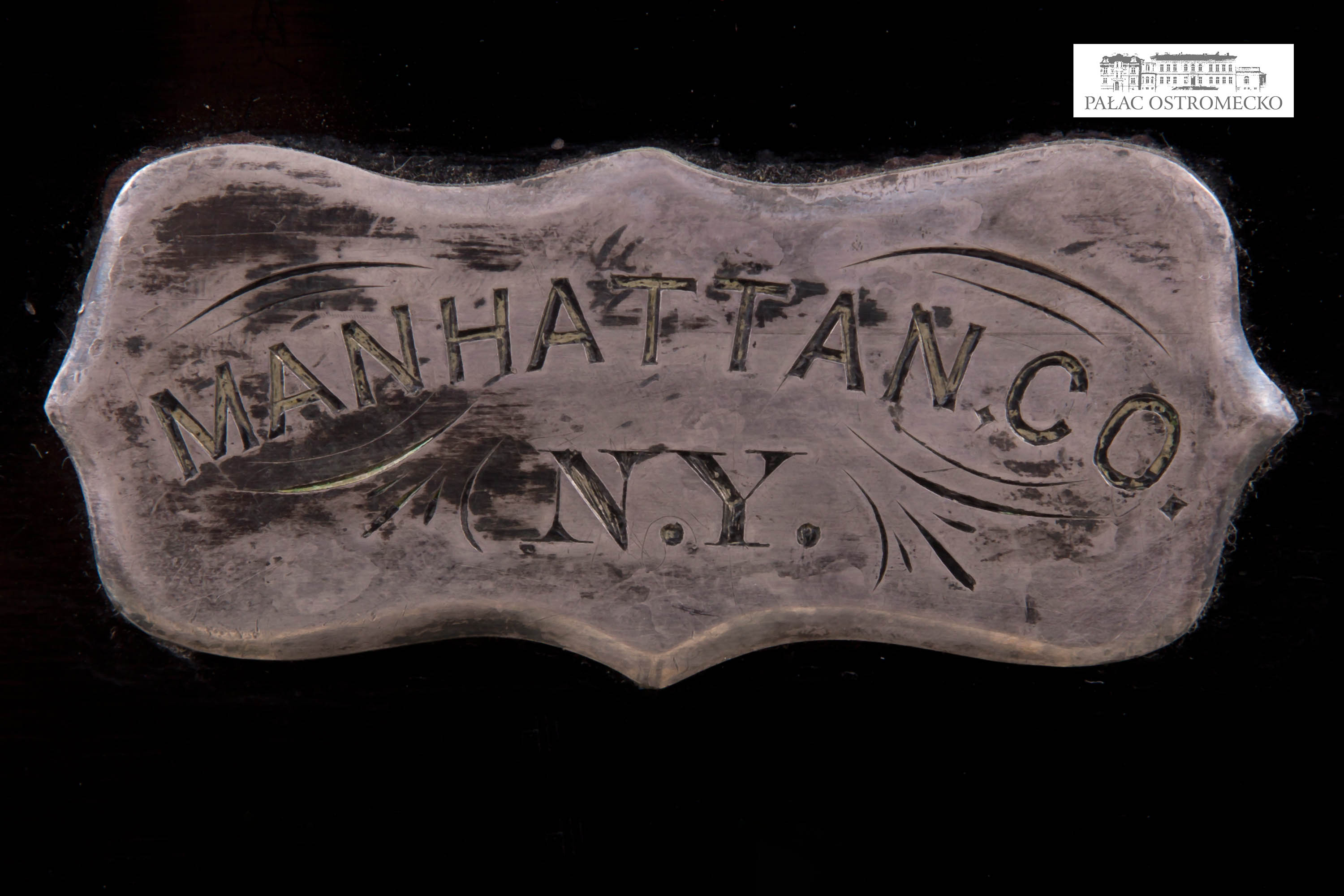
Marty, Johann Friedrich
Johann Friedrich Marty (b. c. 1785, d. 1857) was a piano maker born and based in Königsberg around 1804 and 1857. His company grew to become a leading East Prussian piano manufacturer. By 1827, it had made 700 instruments, some of which were exported. In the same year Marty was appointed royal court piano maker, and as of 1840 was allowed to label his instruments with the royal coat of arms. A few of Marty pianos have survived in the Museum of Industrial History in Opatówek and the Andrzej Szwalbe Collection in Ostromecko near Bydgoszcz, as well as museums in Leipzig and Bad Krozingen. The Music Instrument Museum in Berlin owns a square piano in the Biedermeier style by Marty.
Bibliography: B. Vogel, Kolekcja zabytkowych fortepianów Filharmonii Pomorskiej, (Bydgoszcz, 11980, 21987), p. 56; B. Vogel, Polskie fortepiany XIX-XX w. Kolekcja Muzeum Historii Przemysłu w Opatówku, (Opatówek, 1994), pp. 29, 47, 56-57, 67; H. Henkel, Lexikon deutscher Klavierbauer, (Frankfurt am Main, 2000), p. 403

Mellenius, Johann Adolf
Johann Adolf Mellenius (b. c. 1800, d. 1856) was a piano maker running a company in Riga, Latvia, from 1835. In 1850 J. Tresselt, a former student of Mellenius became the firm’s partner, eventually taking it over after the founder’s death. The duo would mainly build square pianos. The Museum of Industrial History in Opatówek possesses an instrument of this type made c. 1840, signed J.A. Mellenius, while the Museum of the Kujawy and Dobrzyn Land in Włocławek owns a similar piano from c. 1850, signed Mellenius & Tresselt.
Bibliography: B. Vogel, Polskie fortepiany XIX-XX w. Kolekcja Muzeum Historii Przemysłu w Opatówku, (Opatówek, 1994), pp. 29, 47, 58, 69; M. Rudolph, Rigaer Theater- und Tonkünstler-Lexikon nebst Geschichte des Rigaer Theater und der Musikalischen Gesellschaft, (Riga, 1890), p. 156
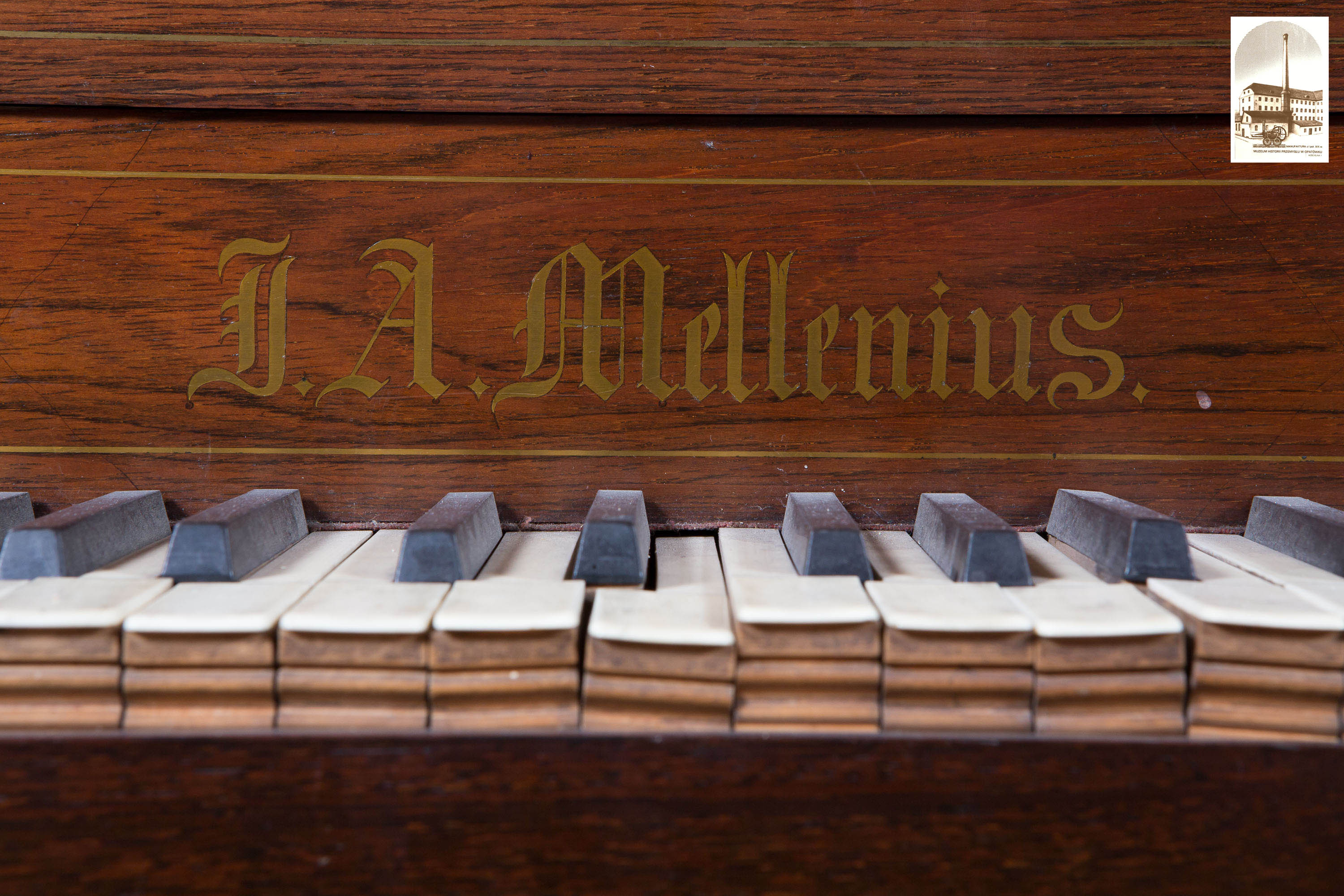
Oehler (Öhler), Christian
Christian Oehler was a piano company operating in Stuttgart from 1857 to 1934, established by Christian Oehler and formerly known as Oehler & Schrak (1856-1857). In 1861 Oehler obtained a patent for a system of fitting strings. The company would mainly build square pianos and uprights. In 1902 the it was taken over by piano technician Carl Klemm and piano maker Albert Kieß. After Klemm’s death, the business was run by his heirs; in 1934 his son Theodor Klemm took up its reins. The firm won prizes at the expositions in Paris in 1867, in Vienna in 1873, and in Stuttgart in 1881. In 1907 it became an official supplier to the royal court of Wirtemberg. The Andrzej Szwalbe Collection in Ostromecko near Bydgoszcz holds a square piano signed Christian Oehler / STUTTGART made c. 1860, the company’s early days.
Bibliography: B. Vogel, Kolekcja zabytkowych fortepianów Filharmonii Pomorskiej, (Bydgoszcz, 21987), p. 90; H. Henkel, Lexikon deutscher Klavierbauer, (Frankfurt am Main, 2000), pp. 454-455; https://www.deutsche-digitale-bibliothek.de/item/W6Q2EU2DRHFRPV3DNMLXCQ262IS55JRQ, [23 Dec. 2015]
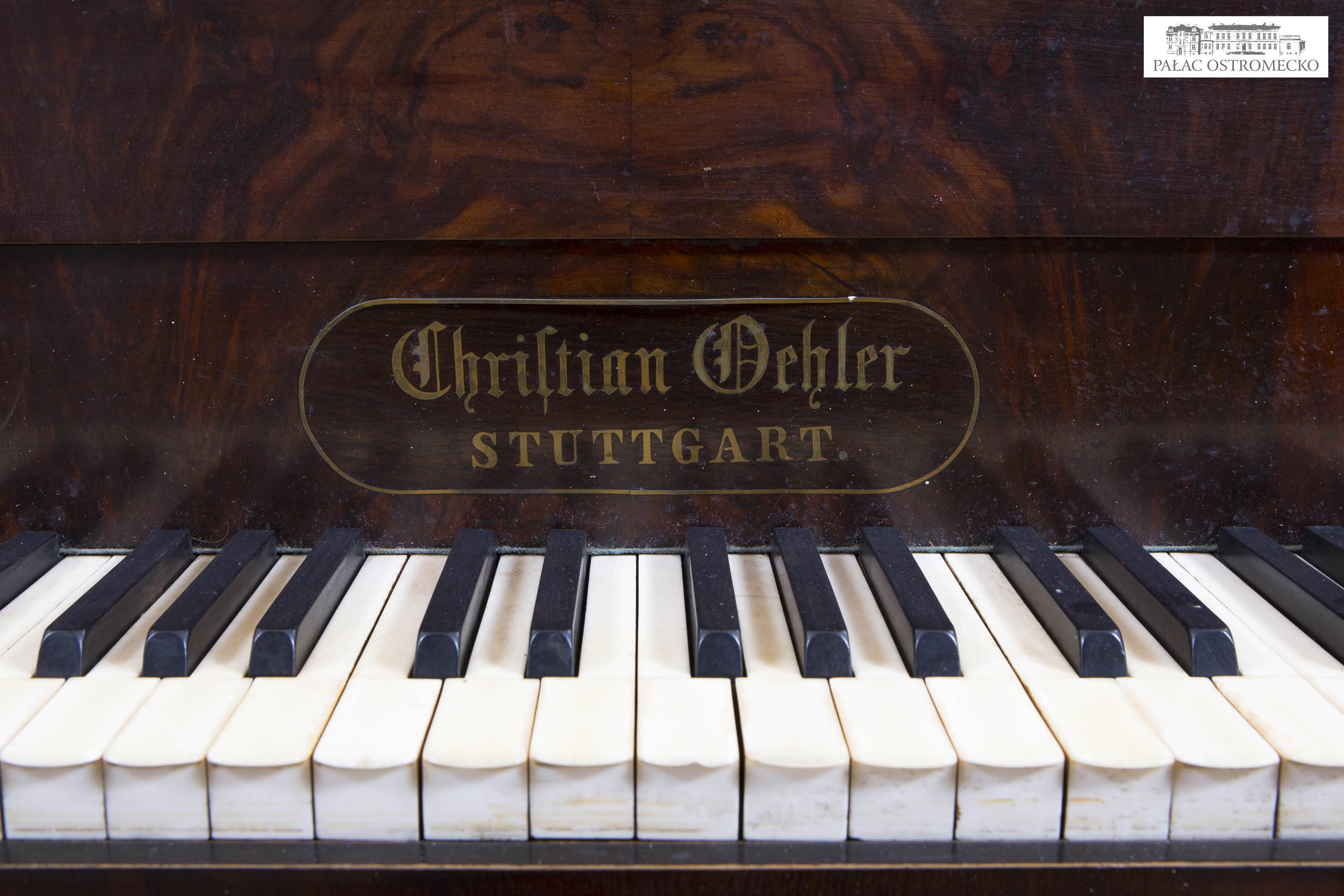
Paepke, August (Auguste)
August (Auguste) Paepke ran an instrument-making company in Kraków from c. 1818 to c. 1857, having been appointed 'municipal piano maker'. Among the instruments he made were five-pedal pianos with mechanical sound stops (including the bassoon and bells). He exported his instruments from the Austrian-controlled Kraków to the Russian-governed Kingdom of Poland. One of his clients was Karol Ludwik Magnus, who ran a shop in Warsaw. We know that one of Paepke's pianos was bought c. 1818 by the Music Lovers' Society in Kraków for 18 ducats. In 1835 Edward Wolf played a Paepke piano during a concert in Warsaw. Wax seals still visible on surviving August Paepke instruments confirm that the company received many orders from the Kingdom of Poland. The seals confirmed that the instruments were Polish-made products and could be shipped free from customs duty between the area of Poland occupied by Austria-Hungary and the one controlled by Russia under a 1823 trade convention. Today, Paepke pianos are part of the collections of the National Museum in Kraków, State Art Collection at the Wawel Royal Castle, Museum of Industrial History in Opatówek, and the Andrzej Szwalbe Collection in Ostromecko near Bydgoszcz, Poland.
Bibliography: B. Vogel, Fortepian polski. Budownictwo fortepianów na ziemiach polskich od poł. XVIII w. do II wojny światowej, (Warszawa, 1995), p. 255; B. Vogel, Polskie fortepiany XIX –XX w. Kolekcja Muzeum Historii Przemysłu w Opatówku, (Opatówek, 1994), pp. 29, 47, 57, 67-68; B. Vogel, Kolekcja zabytkowych fortepianów Filharmonii Pomorskiej, (Bydgoszcz, 11980, 21987), p. 58
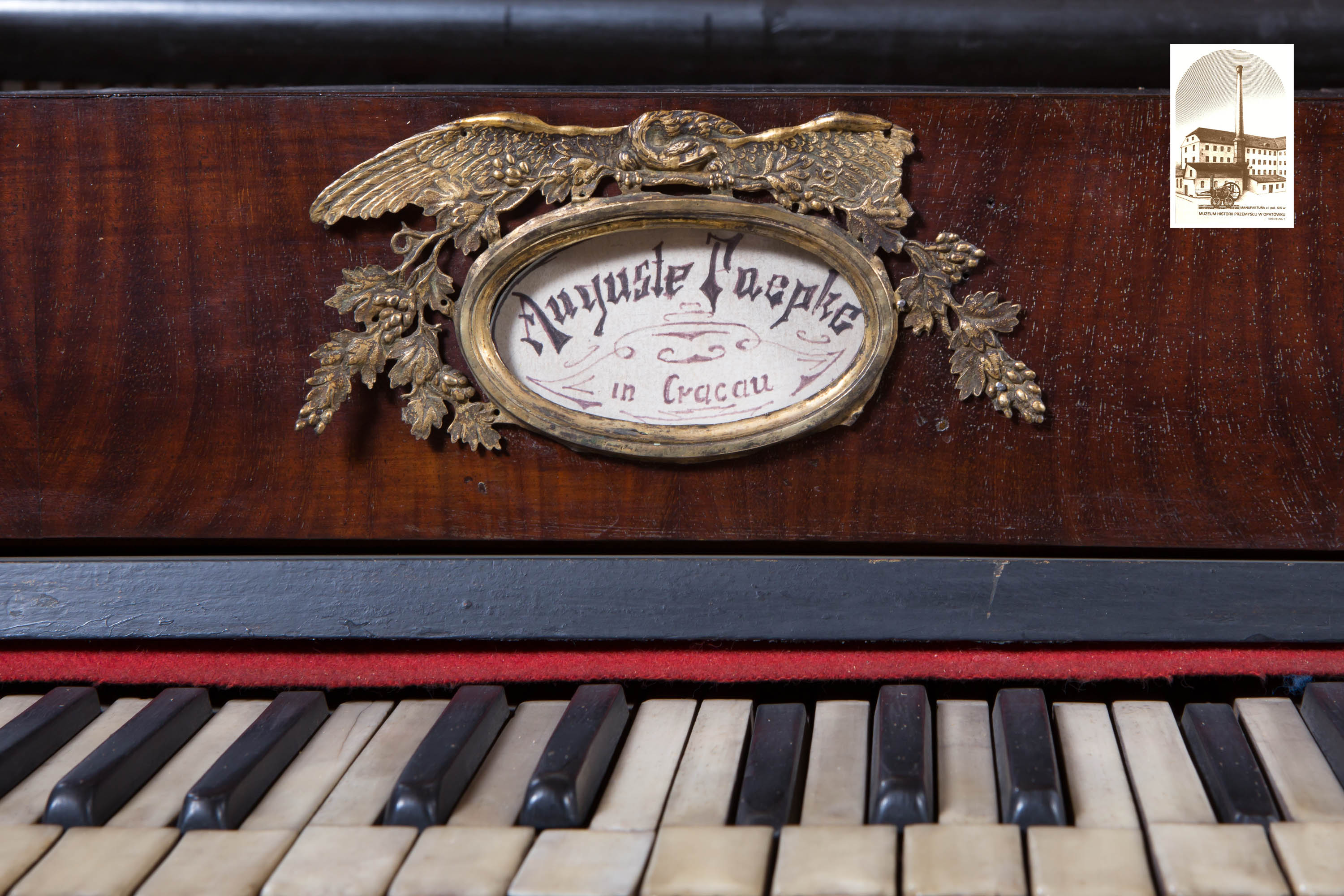
Peters & Co., Hans
The company was established in 1887 in Leipzig by the merchant Hans Clemens Peters under the name of Musical Instrument Exporting Company Hans Peters & Co. There is a mention of the firm being a piano warehouse in 1912. It might have produced instruments, or simply distributed ones manufactured by others under its own label. The Adndzej Szwalbe Collection in Ostromecko near Bydgoszcz owns a Hans Peters & Co. children's upright piano fitted with legs adjustable to the player's height.
Bibliography: B. Vogel, Kolekcja zabytkowych fortepianów Filharmonii Pomorskiej, (Bydgoszcz, 11980, 21987), p. 102; H. Henkel, Lexikon deutscher Klavierbauer, (Frankfurt am Main, 2000), pp. 468-469
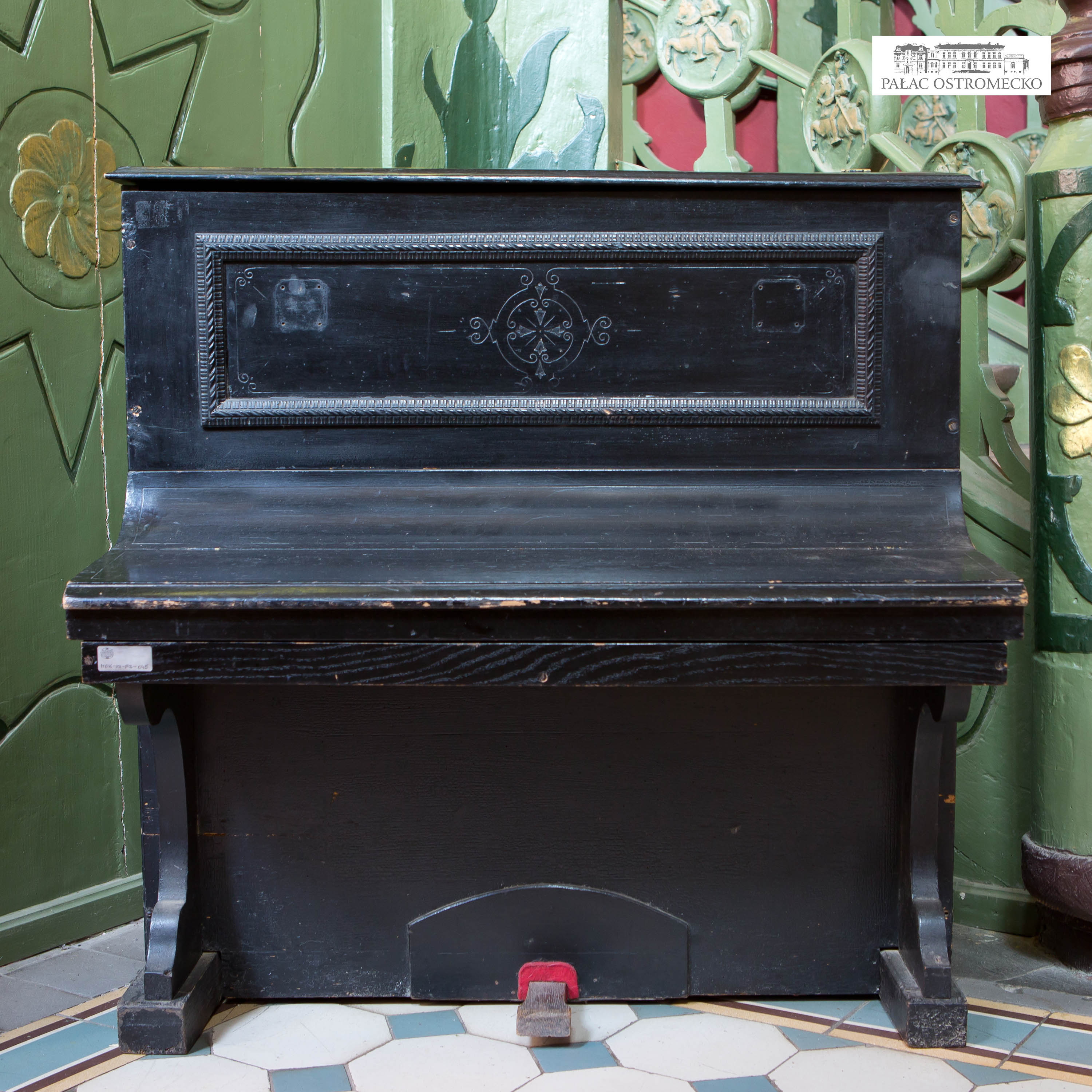
Pleyel
Established by Ignace Pleyel (b. 1757 in Ruppersthal, Austria, d. 1831 near Paris) in 1807, Ignace Pleyel & Compie was Europe's leading piano company. In 1815, Pleyel, a pianist, composer, and publisher, launched, together with J.H. Pape, an upright piano employing Wornum's action, which quickly gained popularity. In 1824 the company was taken over by Ignace's son, Camille (b. 1788 in Strasbourg, d. 1855 in Montmorency), a pianist, composer, publisher, and piano maker himself, who went on to introduce numerous innovations in piano design and fine-tune the company's operations. In its prime, the firm would produce 1500 instruments a year. Many renowned pianists chose Pleyel pianos, including Fryderyk Chopin, a good friend of Camille's. After Ignace's death, the firm operated under the name Pleyel, Wolff and Company, and from 1887 on – as Pleyel, Lyon and Company. It was subsequently taken over by Erard-Gaveau.
Bibliography: R. Wieczorek, ‘Pleyel’ in Encyklopedia muzyczna PWM, vol. [8]: pe–r, ed. E. Dziębowska, (Kraków, 2004), pp. 131–33; J. Jude, Pleyel 1757–1857. La passion d’un siècle, (Centre Loire, 2008), pp. 206, 265–267; Ch. Timbrell, ‘Pleyel, Ignace-Joseph (et Cie)’, Encyclopedia of Keyboard Instruments, Vol. 1: The Piano, ed. R. Palmieri, (New York & London, 1994), pp. 296–97
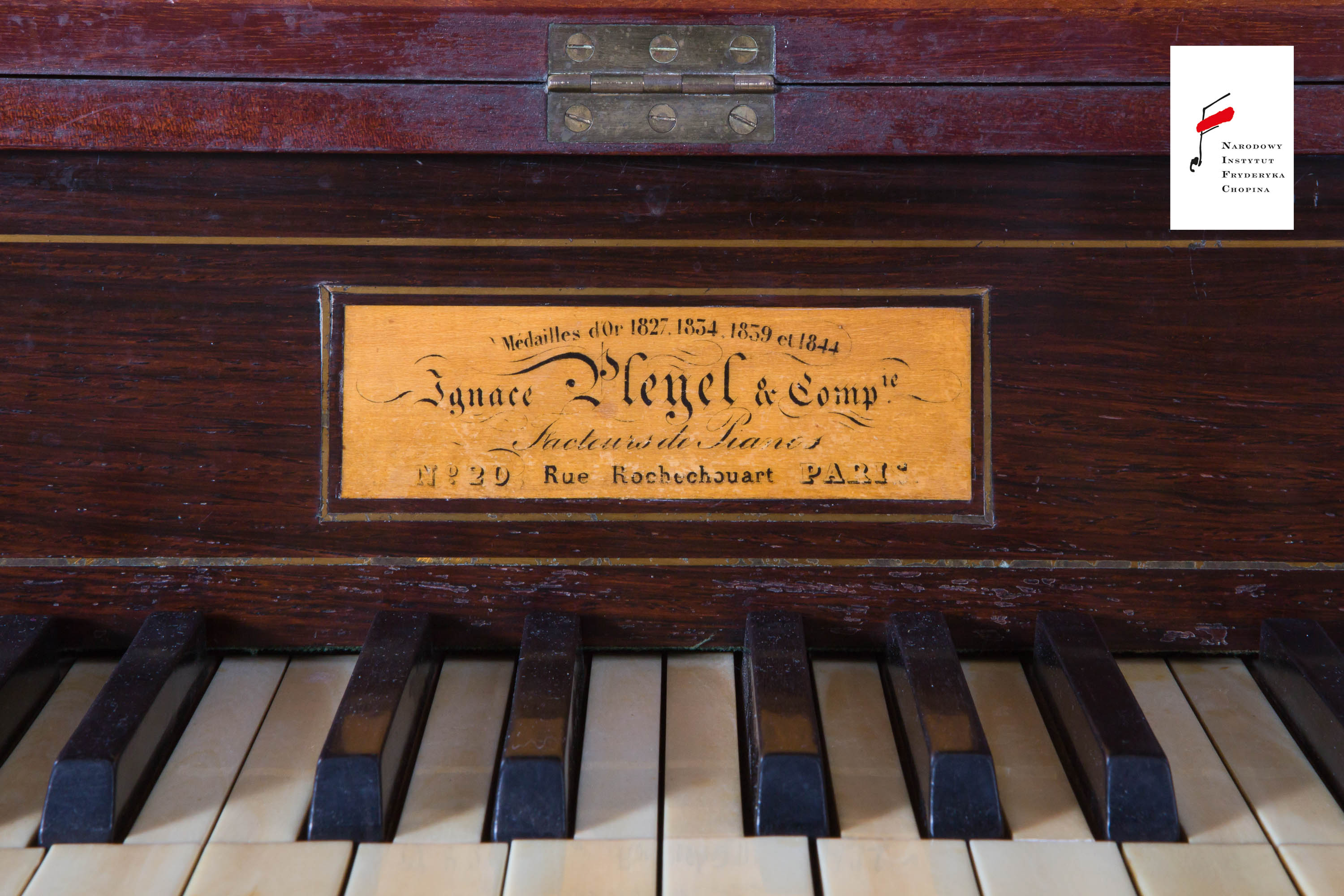
Promberger, Johann Joseph sen.
Piano maker and inventor Johann Joseph Promberger Sen. (b. 1779 in Kuffulk, Tirol, d. 1834 in Vienna) started out studying carpentry and piano-making with Matthias Müller in Vienna. In 1811 he became a master craftsman, obtained citizenship of the city, and took over Michael Schweighofer’s piano company by marrying his widow, Anna. From that moment on, the company became known as Schweighofer und Promberger. Promberger experimented with the aim of building a grand piano whose sound would resemble that of the cello. He also invented a portable keyboard chime-bells for military bands. In 1824 he obtained a patent for a new system of fitting strings and a metal sound board in a piano. In 1824 he built the Sirenion, a 125-centimetre-high upright piano with double stringing and a ‘mobile’ sound board, which was unveiled to the public in 1825 by his son Johann (b. 1810, pianist, student of F. Ries and C. Czerny; in 1837 he played a series of concerts in Warsaw on a grand piano built by F. Buchholtz). In 1828 Promberger and his son showcased the Sirenion as part of a tour of Prague, Dresden, Leipzig, and Berlin, receiving positive feedback. In 1829 he built its smaller version, measuring 114 cm, fitted with triple stringing. In 1832 he retired, leaving the workshop to his son Joseph. The Andrzej Szwalbe Collection in Ostromecko near Bydgoszcz owns one of the few surviving Sirenions, made c. 1825 (serial no. 14), fitted with the original action and thin aliquot strings accompanying F-C bass strings.
Bibliography: B. Vogel, Kolekcja zabytkowych fortepianów Filharmonii Pomorskiej, (Bydgoszcz, 21987), p. 104; M. Novak Clinkscale, Makers of the Piano, Vol. 2: 1820-1860, (Oxford, 1999), pp. 300-301; A.B. Acker, ‘Sirenion’ in The Grove Dictionary of Musical Instruments, Vol. 4, ed. L. Libin, (Oxford, 22014), p. 525; R. Hopfner, Wiener Musikinstrumentenmacher 1766-1900, (Tutzing, 1999), pp. 383-385
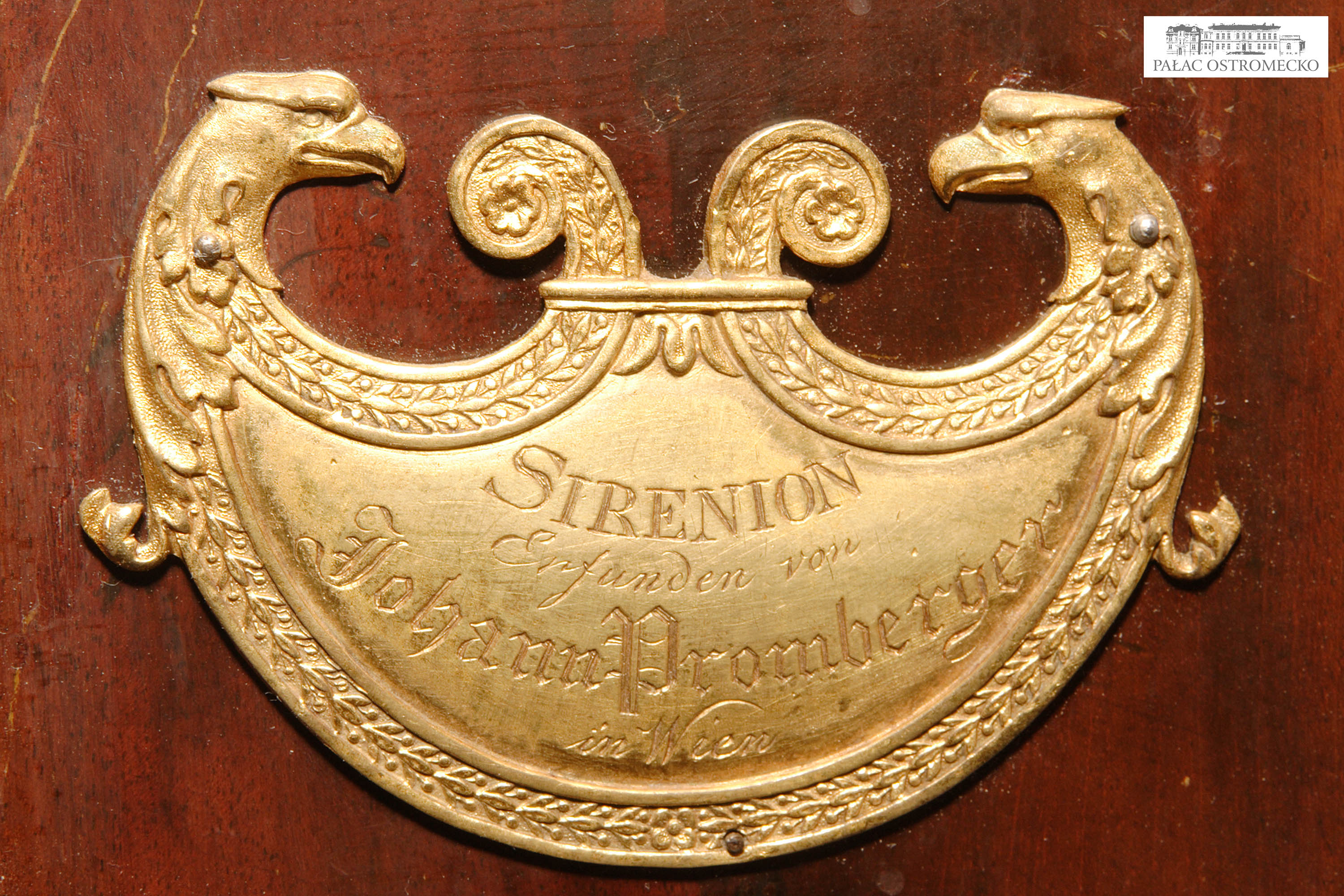
Richter, Franz
Little-known piano company operating from c. 1887 to c. 1890 in Berlin at Alexanderstraße 63. The Museum of Industrial History in Opatówek owns a Franz Richter upright piano made in Berlin c. 1890.
Bibliography: H. Henkel, Lexikon deutscher Klavierbauer, (Frankfurt an Main, 2000), p. 504
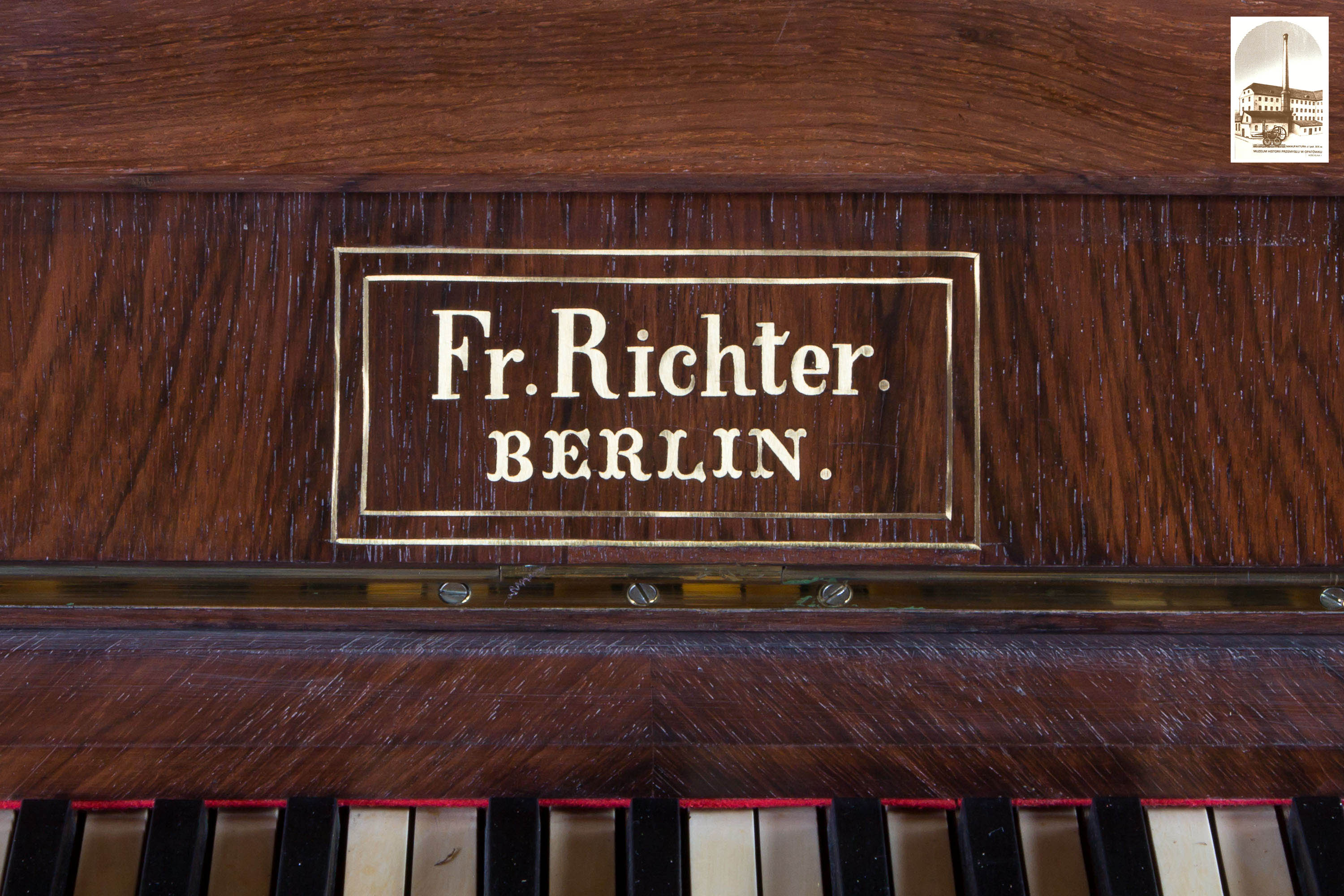
Roloff, Heinrich
This German piano company operated in Neubrandenburg from c. 1830 to c. 1908. Established by Heinrich Roloff, it made the then popular lyre pianos (aka dog kennel pianos), among others. Roloff instruments were awarded a silver medal at the 1844 Berlin expo. After the founder's death, the company was taken over by his sons Heinrich Jr., Wilhelm, and August. At the end of the 19th century the firm was producing pianos fitted with the Jankó keyboard, among others. It closed down in 1908. Roloff lyre pianos have survived in the Andrzej Szwalbe Collection in Ostromecko near Bydgoszcz, in Frankfurt (Oder), and the Berlin Musical Instrument Museum.
Bibliography: B. Vogel, Kolekcja zabytkowych fortepianów Filharmonii Pomorskiej, (Bydgoszcz, 11980, 21987), p. 106; H. Henkel, Lexikon deutscher Klavierbauer, (Frankfurt am Main, 2000), pp. 515-516
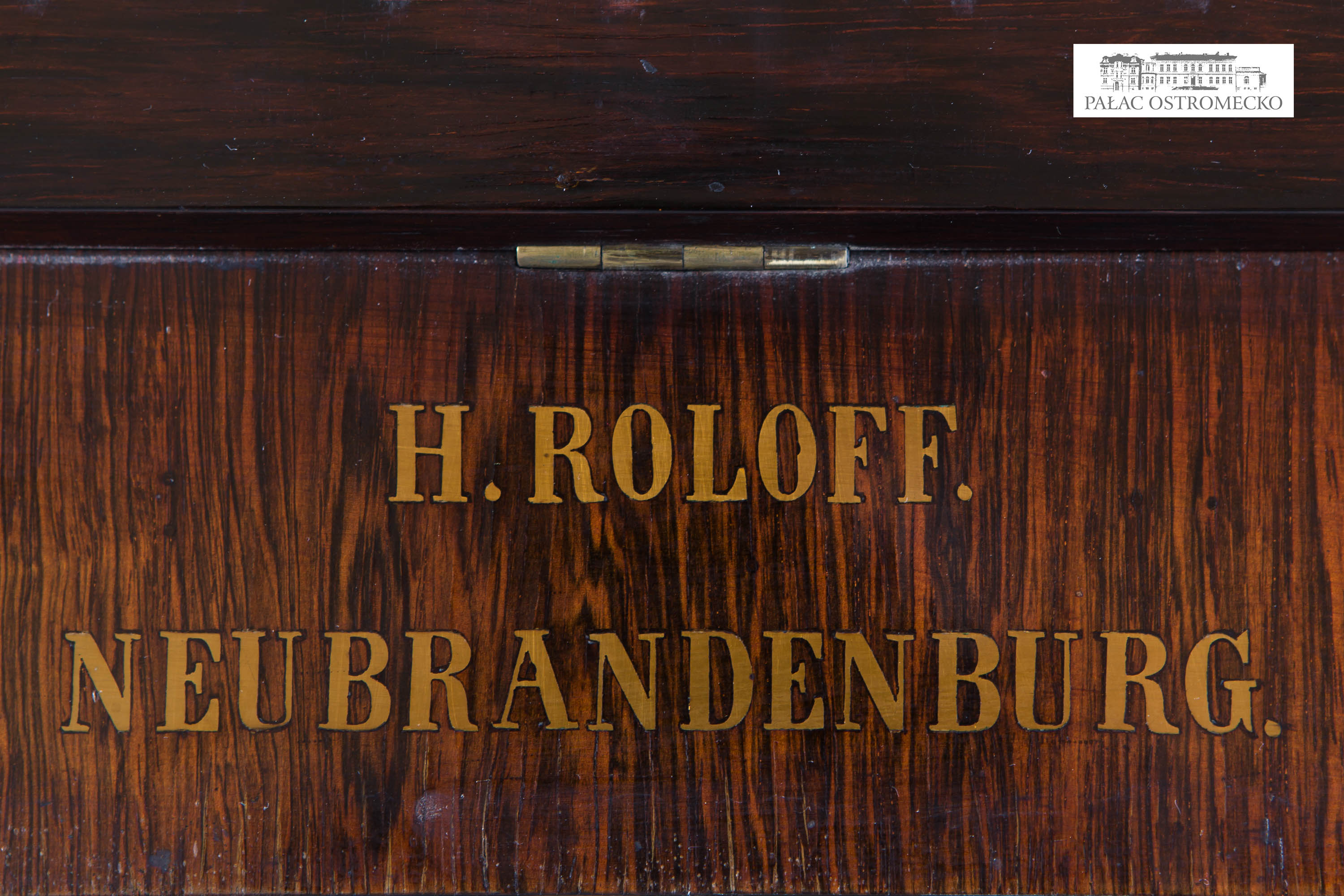
Schiller, Fiodor Wasilewicz (Wilhelm?)
Fiodor Wasilewicz (Wilhelm?) Schiller, piano maker and merchant of the third guild, founded a piano company in St. Petersburg in 1847. The firm was later renamed Schiller & Beck, and taken over by a certain Werner before 1882. In 1857 the company was employing around 60 people. At a 1857 industrial fair in Warsaw, Schiller presented three rosewood grand pianos, which received high marks for outer design and sound, winning a grand silver medal, yet losing to Polish instruments. The Andrzej Szwalbe Collection in Ostromecko near Bydgoszcz owns Schiller’s grand piano made c. 1855.
Bibliography: B. Vogel, Kolekcja zabytkowych fortepianów Filharmonii Pomorskiej, (Bydgoszcz, 21987), p. 62; A.V. Keller, Die Handwerker in St. Petersburg von der Mitte des 19. Jahrhunderts bis zum Ausbruch des Ersten Weltkrieges 1914, (Frankfurt am Main, 2002), p. 545; Opis wystawy wyrobów rękodzielniczych i płodów rolniczych, odbytej w Warszawie 1857 r., (Warszawa, 1860), pp. 300-301; Kurier Warszawski (1858) no. 202, p. 1081.

Skurski, Ignacy
Ignacy Skurski (sometimes incorrectly referred to as Jan Skórski or Skorupski) was an organ maker working in 1774 in Sandomierz (perhaps he was the same organ constructor who would repair pianos in the local Benedictine monasteries). The Diocesan Museum in Sandomierz owns a square piano of his making commissioned by the abbess of the local Benedictine nunnery, M. Siemianowska. The piano is fitted with tangent action, a rare mechanism seen in 18th-century instruments that has hammers/tangents being thrown upwards in special rails, resembling harpsichord jacks. Surviving to this day, a contract of 30 July 1774 sets forth the commission’s terms and conditions as well as specifying the instrument. It is the oldest surviving Polish piano and an evidence of the transition from harpsichord and clavichord action to piano action.
Bibliography: B. Vogel, Fortepian polski. Budownictwo fortepianów na ziemiach polskich od poł. XVIII w. do II wojny światowej, (Warszawa, 1995), p. 140; B. Vogel, ‘Fortepiany tangentowe w Polsce’ in Muzyka Fortepianowa VII, Akademia Muzyczna w Gdańsku, (Gdańsk, 1987), pp. 291-302; B. Vogel, ‘Two Tangent Square Pianos in Poland’, Journal of the American Musical Instrument Society 20 (1994), pp. 84-89; B. Vogel, ‘„Szpinet ze strunami i klawiszami”. Najstarszy zachowany fortepian polski’, Zeszyty Sandomierskie 39 (2015), pp. 31-36
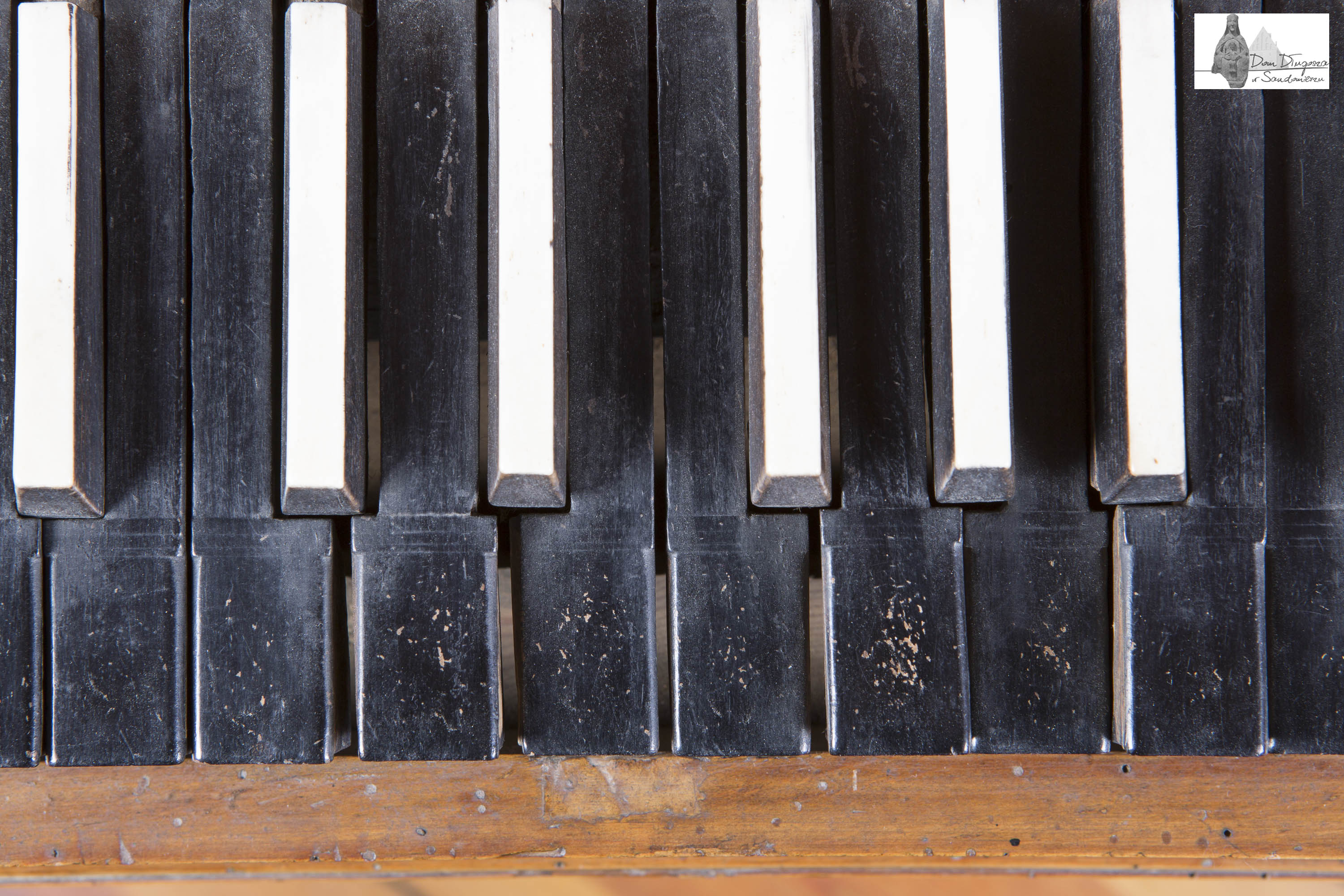
Staub, Jean Joseph
Jean Joseph Staub was a piano maker working in Nancy, France (b. 1813 in Menzingen, Switzerland, d. 1891 in Nancy), founder of a leading French piano company. He came to Nancy in 1842 and took up a job with instrument maker Georges Louis Warnecke, whose daughter he later married. After his father-in-law’s death in 1848, Staub established a piano company with his brothers-in-law called Staub-Warnecke and took over the instrument making business G.L. Warnecke et fils. In 1861 the company was relocated to a new building that also housed a concert hall. Staub adapted and perfected innovations introduced by the best piano makers of Paris and Germany, e.g. metal frames and improved Erard action. The company would manufacture almost all elements of its pianos. In 1868-1872, with the arrival of a new partner, Louis Gerlach (Guerlach), the firm changed its name to Staub-Warnecke-Guerlach. Subsequently, it was called Staub-Guerlach (1873-1877), and when Gerlach withdrew in 1878 – as Manufacture Staub. The company operated until 1936. It won awards at fairs held in Anvers (1894), Brussels (1897), Paris (1900), Hanoi (1902), and Nancy (1905, 1910).
Bibliography: http://www.musimem.com/nancy_facteurs.htm [12 Dec. 2015]; http://www.lieveverbeeck.eu/Pianos_francais_s.htm [12 Dec. 2015]; Le Monde Musical, Numéro spécial de l’Exposition de 1900, p. 117
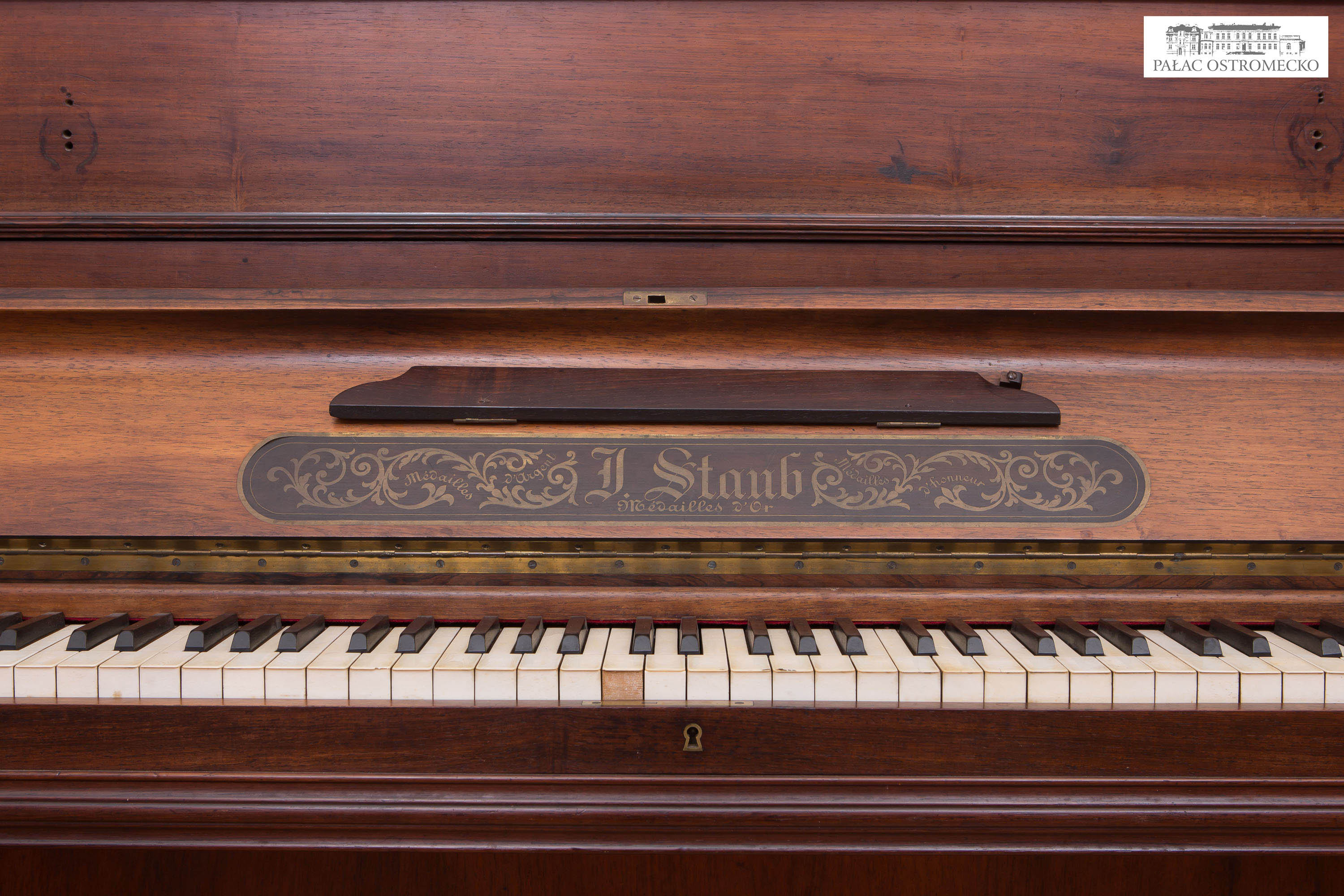
Streicher und Sohn, Johann Baptist
Johann Baptist Streicher (b. 1796 in Vienna, d. 1871 in Vienna) came from a family of prominent musicians and piano makers of Augsburg. He was a grandson to Johann Andreas Stein (1728-1792), renowned piano maker, inventor of Viennese action with single escapement, who had learnt his craft with J.A. Silberman. After Stein’s death, his workshop was ran by his daughter Maria Anna (Nannette) Stein (1769-1833) together with her husband Andreas Streicher (1761-1833) and brother Matthäus Andreas. In 1794 the firm was relocated to Vienna, where it operated as Nannette Streicher geb. Stein. Johann Baptist became a partner of the family firm in 1823, following which it was renamed Nanette Streicher geb. Stein und Sohn. From 1833 he ran the company independently as J.B. Streicher. When his son Emil (1835-1916) joined him in 1859, the firm’s name changed yet again – this time to J.B. Streicher und Sohn. Emil remained at the helm after his father’s death until the firm’s closure in 1896. Stein and Streicher made the most significant contribution to perfecting Austrian instruments at the turn of the 18th and 19th centuries and establishing the Viennese school of piano-making. The company’s instruments were praised by Mozart, Beethoven, Chopin, and C.M. Weber. J.B. Streicher obtained many patents for his inventions, such as the down-strike action (with hammers striking the strings from above; 1823), improved English action (1824), and the pipe frame stress bar (1835 r). Streicher’s instruments have survived in many museums outside of Poland. The Andrzej Szwalbe Collection in Ostromecko near Bydgoszcz holds a 1863 grand piano of the builder’s making.
Bibliography: B. Vogel, Kolekcja zabytkowych fortepianów Filharmonii Pomorskiej, (Bydgoszcz, 21987), p. 64; Katalog der Sammlung alter Musikinstrumente, T. 1: Seitenklaviere, (Wien, 1966), pp. 30-31, 51-52; R. Hopfner, Wiener Musikinstrumentenmacher 1766-1900, (Tutzing, 1999), p. 491; R. Wieczorek, ‘Streicher’ in Encyklopedia muzyczna PWM, Vol. [10] sm-ś, ed. E. Dziębowska, (Kraków, 2007), p. 176
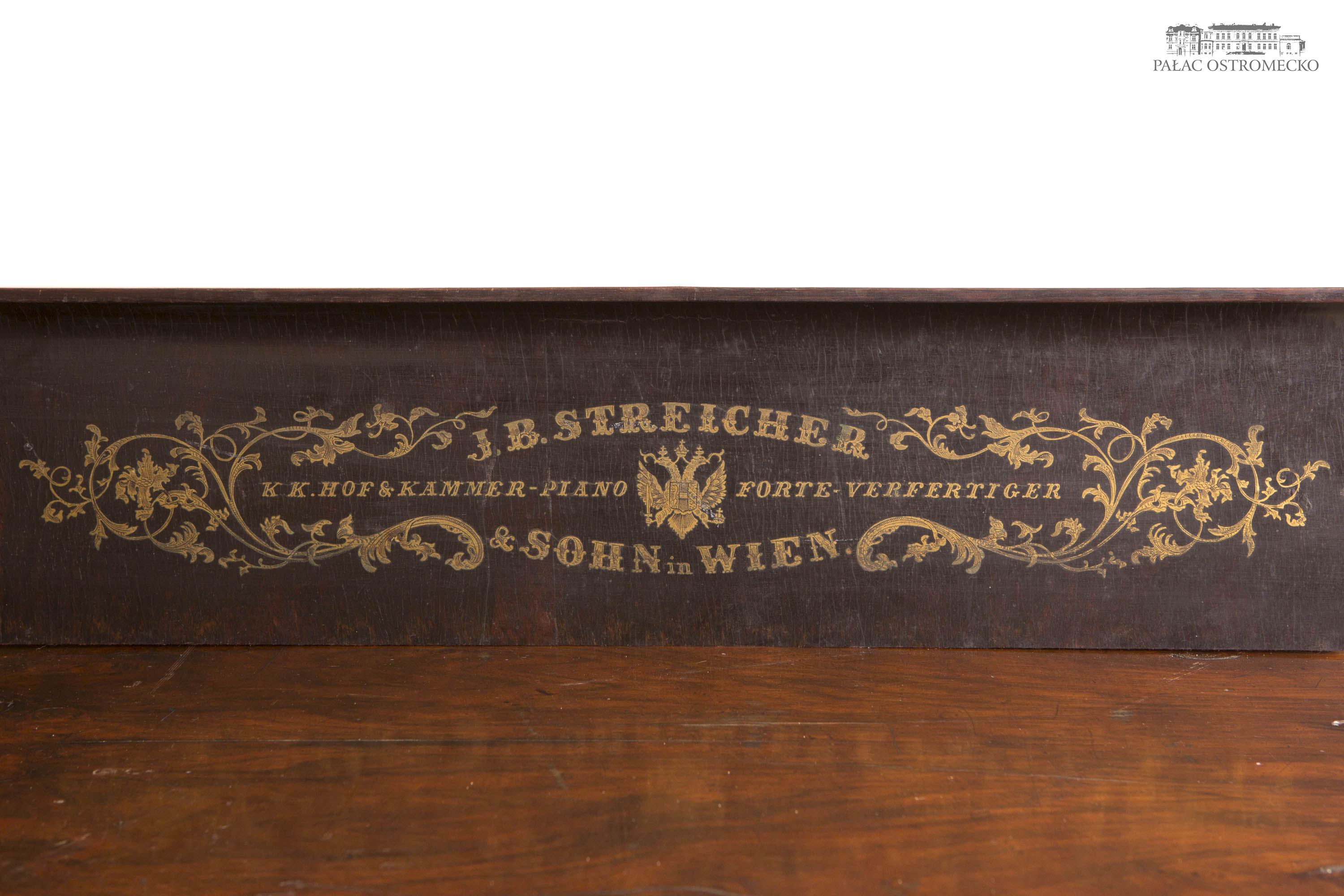
Szczerbiński, Cyprian
Cyprian Szczerbiński (d. after 1890) was a little-know Polish master piano maker based in Warsaw. He had worked for 20 years with A. Zakrzewski and Krall & Seidler in Warsaw (see: Zakrzewski, Antoni; Krall & Seidler), as apprentice and journeyman. In 1859 he set up his own workshop at 1379 Marszałkowska street. By the end of the year he moved to 1335 Świętokrzyska street (The Christ Child House). His instruments were highly praised by his contemporaries. There are mentions of him working as piano technician from c. 1868 on. He may be the same person as certain Szczerbiński, a piano tuner-technician working with Krall & Seidler in 1878. Cyprian Szczerbiński’s grand piano of c. 1859 (serial no. 7), perhaps the only surviving instrument by the company, is held at the Andrzej Szwalbe Collection in Ostromecko near Bydgoszcz.
Bibliography: B. Vogel, Fortepian polski. Budownictwo fortepianów na ziemiach polskich od poł. XVIII w. do II wojny światowej, (Warszawa, 1995), p. 266
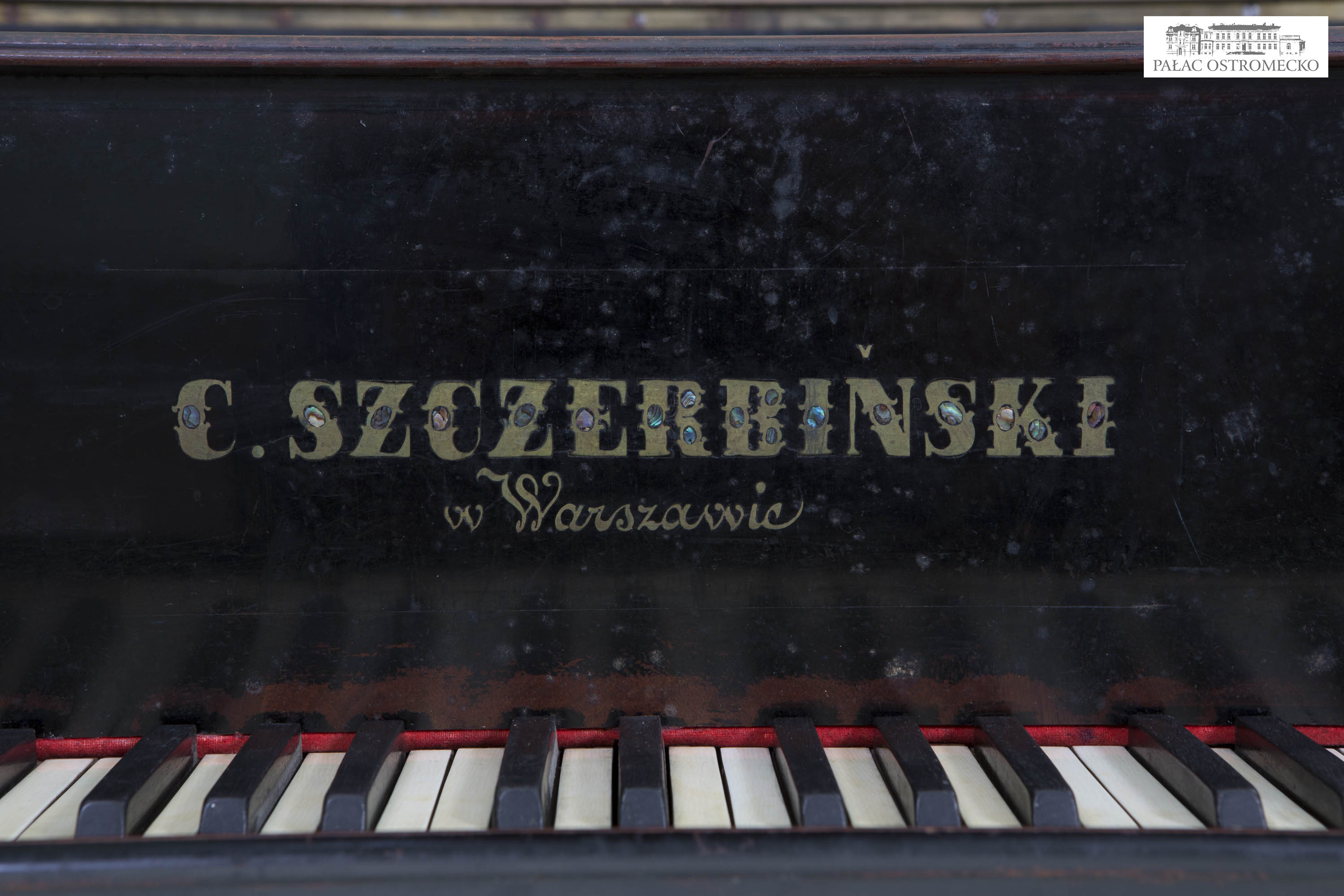
Tresselt, Johann
Johann Christian Nicolai Josef Tresselt (b. 1823 in Grossbreitenach, Thuringia, d. 1883 in Riga), learnt his craft with J.A. Mellenius (see: Mellenius, Johann Adolf) in Riga, then worked in St. Petersburg as a master craftsman in H. Lichtenthal’s factory. In 1849 he returned to Riga to work with Mellenius (from c. 1850 as a partner in Mellenius & Tresselt), and took over the firm after its founder's death in 1857. At the time, this was the third largest piano factory in Russia, with the total production volume of c. 4000 instruments, the majority of which were sold in central and south Russia, as well as the Baltic states. Tresselt belonged to the local guild of instrument builders: from 1850 as the city’s citizen, and from 1853 as a member of the Little Guild of Saint John. After Tresselt’s death, the firm was taken over by his sons. After 1900 the factory was relocated to St. Petersburg, where it operated until the outbreak of World War I. On 1 May 1909 it was taken over by Richard Rathke, while it overall production volume exceeded 6500 instruments. The Andrzej Szwalbe Collection in Ostromecko near Bydgoszcz holds a square piano signed J. Tresselt of 1870-1880 (serial no. 3033), fitted with a full cast frame after a Steinway model of 1855.
Bibliography: G. Dālmanis, ‘Ein kurzer Einblick in die Geschichte des Klavierbaus im heutigen Lettland’ in Musikinstrumentenbau im interkulturellen Diskurs, ed. A. Kürsten, S. Barsack, (Stuttgart, 2006), pp. 47-49; M. Rudolph, Rigaer Theater- und Tonkünstler-Lexikon nebst Geschichte des Rigaer Theater und der Musikalischen Gesellschaft, (Riga, 1890), pp. 247-248; B. Vogel, Kolekcja zabytkowych fortepianów Filharmonii Pomorskiej, (Bydgoszcz, 21987), p. 92
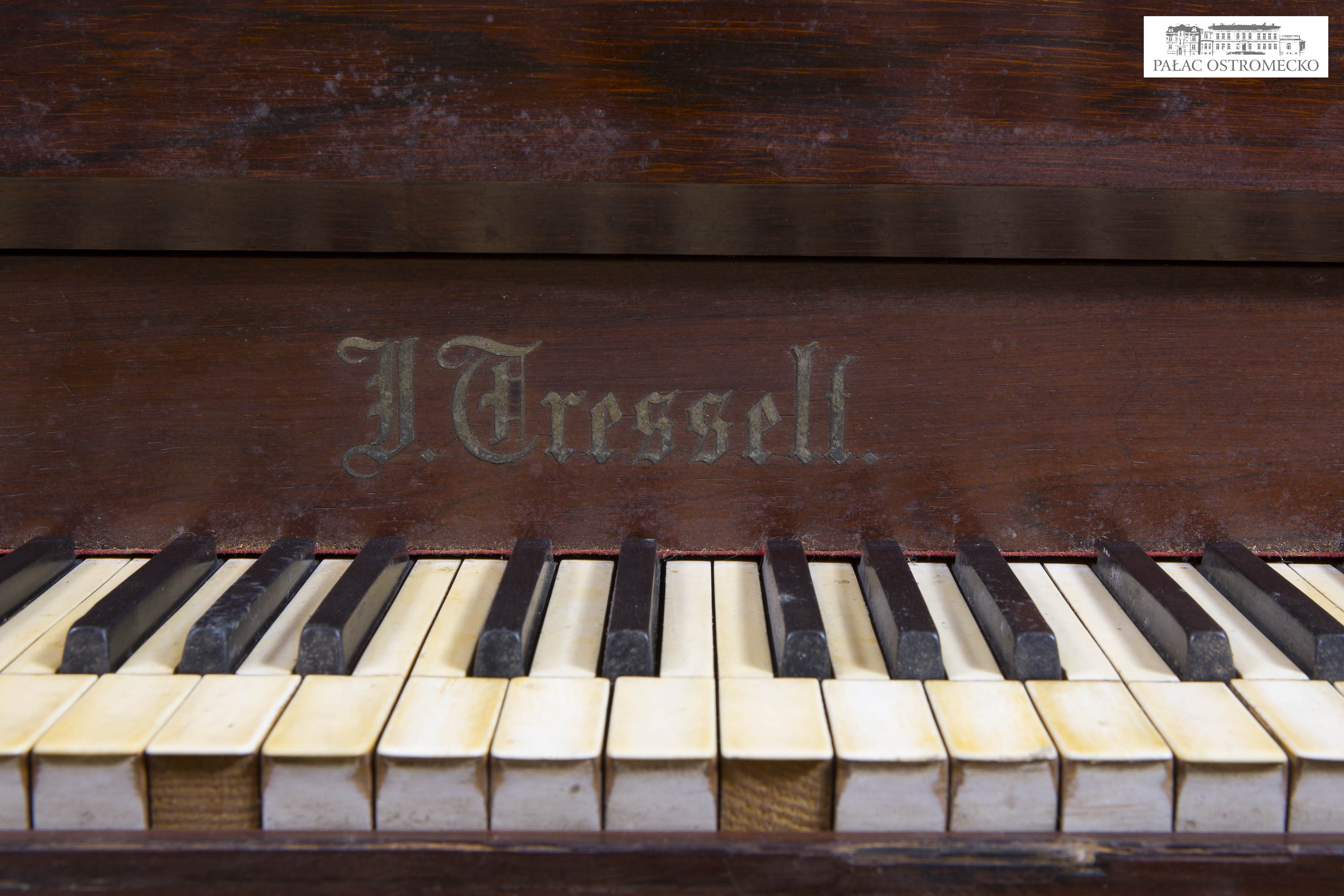
Troschel, Wilhelm
Wilhelm Troschel (Troszel) was a piano and organ maker (b. 1788 in Nuremberg [1791 in Vienna?], d. 1840 in Warsaw). A master craftsman, he established a piano workshop in Warsaw c. 1822. In 1825 his giraffe piano was played by a 8-year-old Antoni Leśkiewicz during a public performance. In 1827, similarly as F. Buchholtz (see: Buchholtz, Fryderyk), Troschel would build grand pianos after an instrument brought by Maria Szymanowska from London (with metal bars supporting the frame, bottomless case, English action). He was one of the first in Poland to introduce in 1837 a rest pin block after a French model and the capotasto. He is also known to be an organ builder. He fought in the November Uprising. His son, Wilhelm Karol (1823-1887) was an opera singer (bass) and composer. The Andrzej Szwalbe Collection in Ostromecko near Bydgoszcz holds a grand piano signed WILHELM TROSCHEL / w / Warszawie, made c. 1837-1840.
Bibliography: B. Vogel, Fortepian polski. Budownictwo fortepianów na ziemiach polskich od poł. XVIII w. do II wojny światowej, (Warszawa, 1995), pp. 269-270; B. Vogel, Kolekcja zabytkowych fortepianów Filharmonii Pomorskiej, (Bydgoszcz, 21987), p. 66
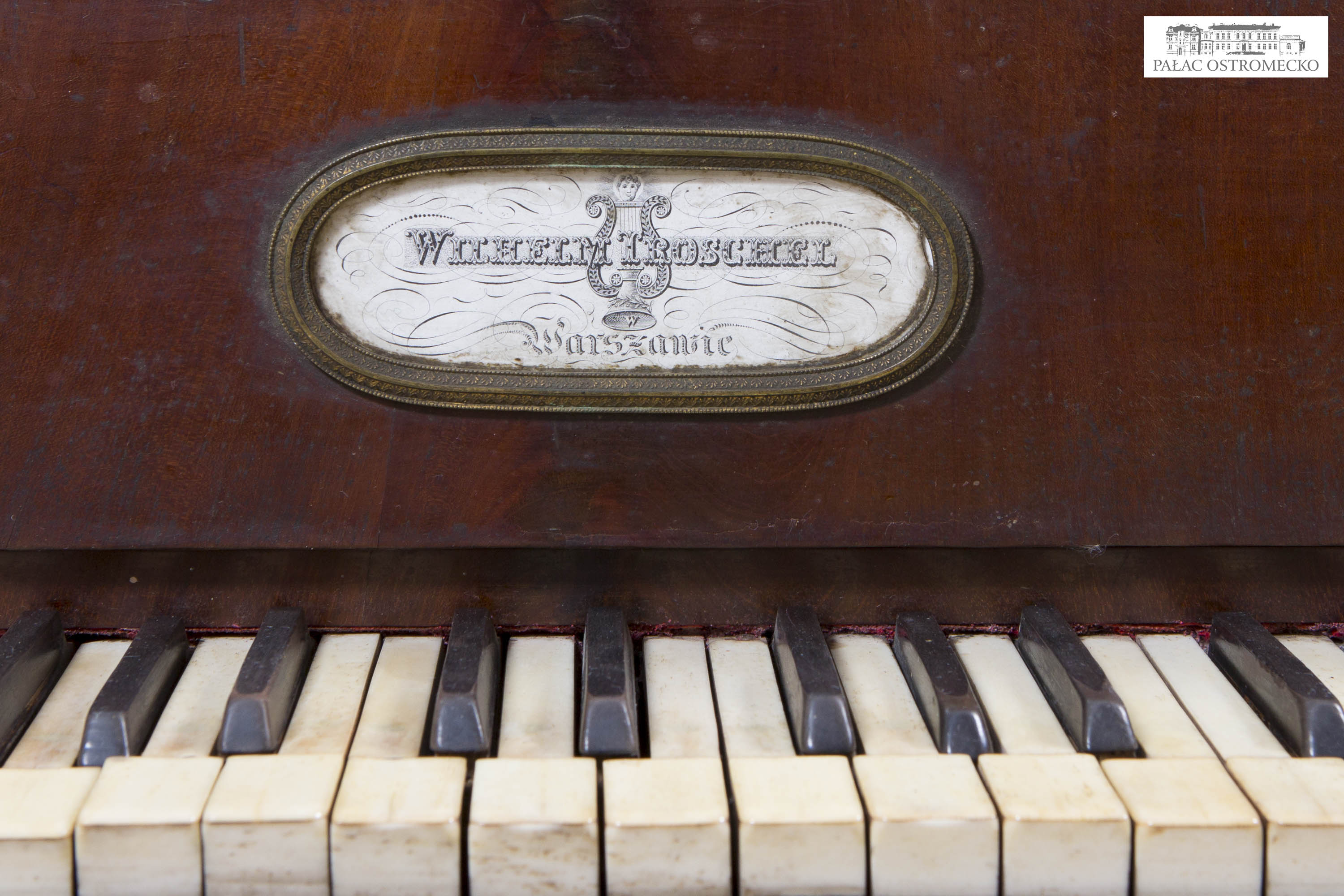
Wasilewski, Józef
Piano maker Józef Wasilewski (d. 1847 in Warsaw) ran a piano workshop in Warsaw from 1825 at 1266/7 Pańska (Bracka) street. Most probably he specialized in the production of sound boards and keyboards. In 1846 he took out a loan from his brother-in-law, piano maker Michał Kulesza. After Wasilewski’s death, his widow Józefa née Kulesza ran the company without much success until the end of 1847, then gave the workshop and equipment to her brother in loan repayment. A richly carved (e.g. masks on the legs) grand piano signed J. WASILEWSKI / W WARSZAWIE, made c.1840-45, is held in the Andrzej Szwalbe Collection in Ostromecko near Bydgoszcz. Another grand piano made by Wasilewski c. 1835, decorated with inlaids, serial no. 93, has survived in Andreas Beurmann’s collection, now held at the Museum für Kunst und Gewerbe in Hamburg.
Bibliography: B. Vogel, Fortepian polski. Budownictwo fortepianów na ziemiach polskich od poł. XVIII w. do II wojny światowej, (Warszawa, 1995), p. 271; B. Vogel, Kolekcja zabytkowych fortepianów Filharmonii Pomorskiej, (Bydgoszcz, 21987), p. 68; A.E. Beurmann, Das Buch vom Klavier: Die Sammlung Beurmann im Museum für Kunst und Gewerbe in Hamburg und auf Gut Hasselburg in Ostholstein, (Hildesheim, 2007), pp. 178-180

Weber / Aeolian Co. Ltd.
The company came into being as a result of a merger of Weber and Aeolian. It produced player pianos, or pianolas, i.e., pianos able to play music recorded on perforated paper. Weber Piano Company was a leading US piano company founded by Albert Weber (b. 1828 in Bavaria, d. 1879 in New York) in the mid-18th century. Based in New York, it had a branch office in Hayes near London. Aeolian Company was established in 1887 in New York. The merger of the two in 1903 gave life to the Aeolian Weber Piano & Pianola Company.
Bibliography: B. Vogel, Kolekcja zabytkowych fortepianów Filharmonii Pomorskiej, Bydgoszcz 11980, 21987; A.W.J.G. Ord-Hume, Player piano, in: The Grove Dictionary of Musical Instruments, 2nd edition, ed. L. Libin, vol. 4, Oxford 2014
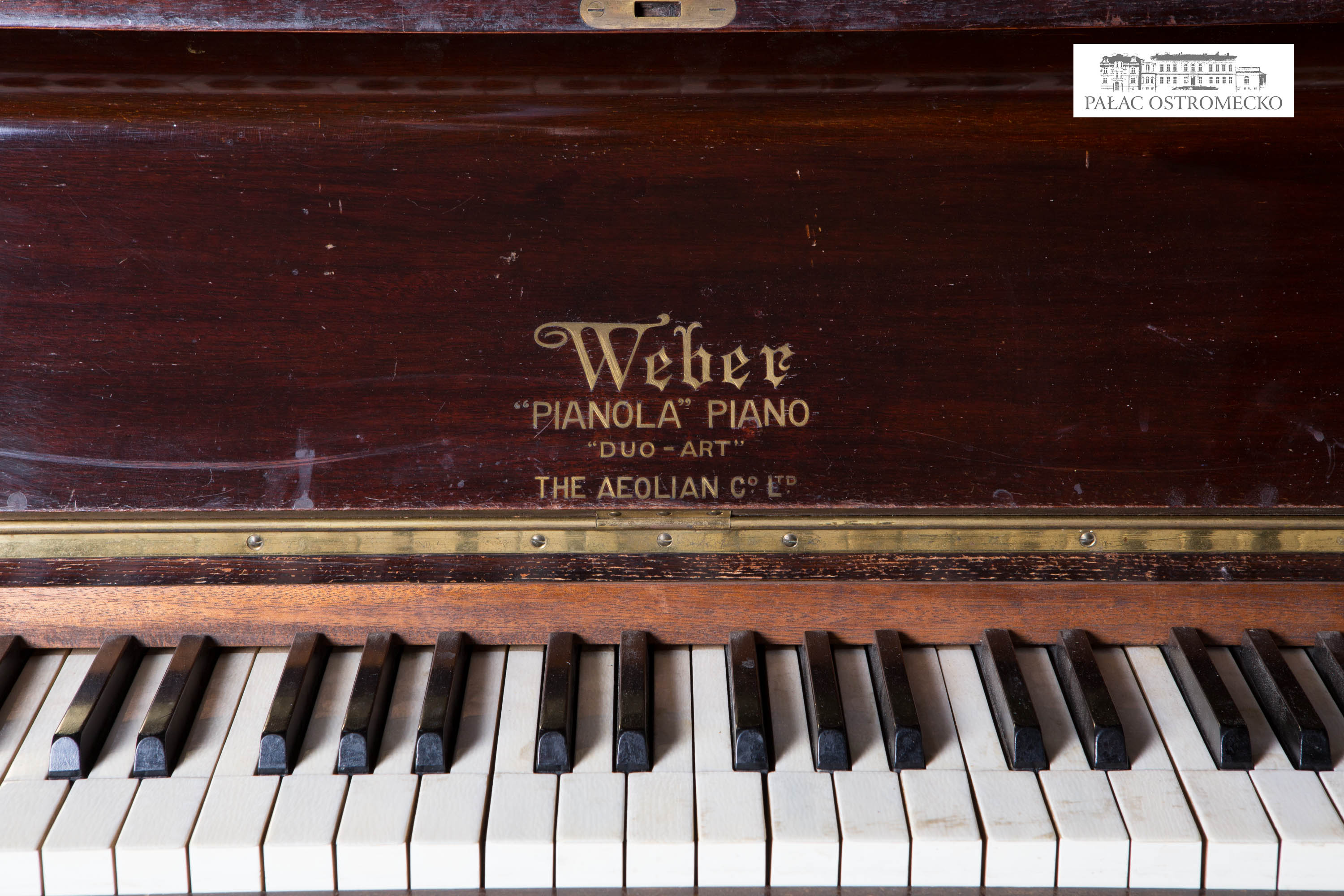
Wiszniewski, Eugen Adalbert
Piano maker Eugen Adalbert Wiszniewski (Wiśniewski) (b. 1826 in Gdańsk, d. 1888 in Gdańsk), was a son and student of Jacob Bernhard. In c. 1845 (1850?) he established a piano company and store in Bydgoszcz, relocating to Gdańsk in 1857. There are records of him selling his square and grand pianos fitted with Viennese and English action with composite frames in 1855. Also in 1855 he presented five grand pianos to general acclaim at a crafts fair in Gdańsk. He exported his instruments to Russia, among other destinations, and had a branch in Frankfurt (Oder). He received endorsement letters from J. Wieniawski, H. v. Bülow, and W. Grahn, a piano teacher and conductor from Bydgoszcz. Wiszniewski’s grand piano of c. 1845-50 is held at the Andrzej Szwalbe Collection in Ostromecko near Bydgoszcz.
(see also: Wiszniewski, Jacob Bernhard senior).
Bibliography: B. Vogel, Kolekcja zabytkowych fortepianów Filharmonii Pomorskiej, (Bydgoszcz, 11980, 21987), p. 70; B. Vogel, ‘Wiszniewski’ in Encyklopedia muzyczna PWM, Vol. [12] w-ż, ed. E. Dziębowska, (Kraków, 2012), pp. 214-215; B. Vogel, ‘Wiszniewski [Wiśniewski]’ in The Grove Dictionary of Musical Instruments, Vol. 5, ed. L. Libin, (Oxford, 22014), pp. 324-325
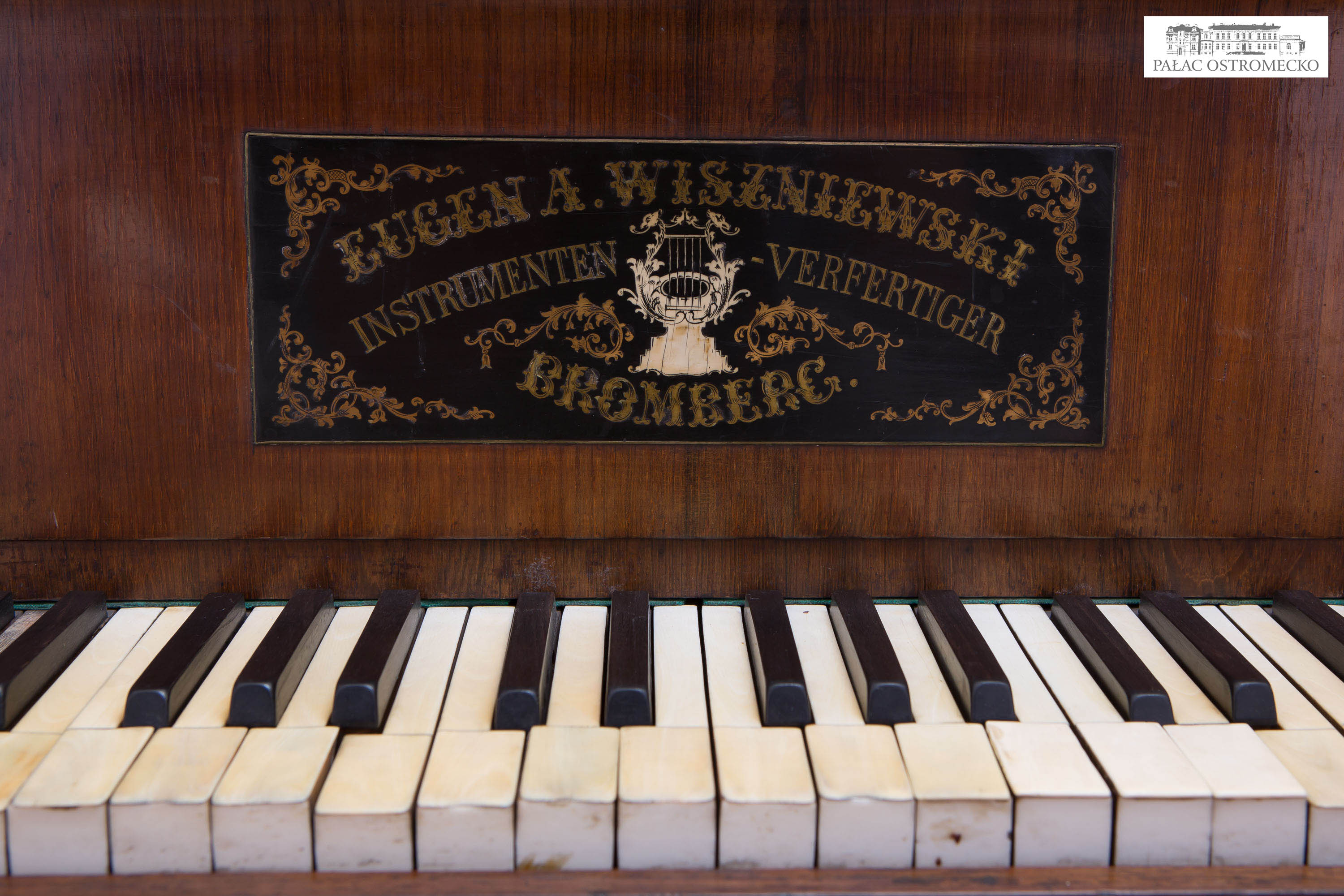
Wiszniewski, Jacob Bernhard senior
Jacob (Jakob, Jakób) Bernhard Wiszniewski (Wiśniewski) Sen., organ and piano maker (b. 1799 in Wystruć, now: Chernyakhovsk, d. 1867 in Gdańsk), ran an instrument company in Bydgoszcz from 1820. In 1822-23 he worked abroad: in Strasburg (where was a page-turner for F. Liszt) and in Vienna with J.B. Streicher (see: Streicher und Sohn, Johann Baptist). From 1825 Wiszniewski Sen. ran a piano company in Gdańsk. Around 1825 he was named municipal organ maker, in 1833 a patent organmaker, while in 1843 he became royal court piano maker. In 1847 he had a store in Königsberg competing with C. J. Gebauhr (see: Gebauhr, Carl Julius). As organ master Wiszniewski Sen. would build positive organs. In 1835 he repaired the famous organ of the Gdańsk Oliwa Archcathedral. In 1825 he was selling grand pianos with Streicher’s down-striking action (he was involved in a conflict with J. F. Marty of Königsberg as to who introduced Streicher’s down-striking action first – see: Marty, Johann Friedrich). Wiszniewski introduced numerous innovations in piano design, obtaining a series of patents. In 1833, together with his brother Friedrich Benjamin, he perfected English single hammer action and patented it for 5 years in Berlin. In 1836 he applied free reeds and air mechanism in the piano body (a type of claviorgans?). Wiszniewski’s company was one of the biggest in Prussia, selling some of its production abroad (to Liverpool, Amsterdam, Ireland, and America). The king of Prussia bought a grand piano prepared by Wiszniewski for art expositions in Königsberg and Berlin in 1843, and another as a gift for the sultan, choosing Wiszniewski’s instrument out of 60 showcased at a crafts fair in Berlin in 1844. Wiszniewski’s pianos were used by S. Thalberg, A. Kątski, and H. v. Bülow (also in Wiszniewski’s private salon), among others. In 1867 the founder handed the firm to his son Felix. His square piano of c. 1845 is held at the Music Instrument Museum in Poznań. A grand piano of the same period signed J. B. WISZNIEWSKI / Königl. Hof Piano-Forte Fabrikant / DANZIG is in the possession of the Andrzej Szwalbe Collection in Ostromecko near Bydgoszcz.
Bibliography: B. Vogel, Kolekcja zabytkowych fortepianów Filharmonii Pomorskiej, (Bydgoszcz, 11980, 21987), p. 72; B. Vogel, ‘Wiszniewski’ w: Encyklopedia muzyczna PWM, Vol. [12] w-ż, ed. E. Dziębowska, (Kraków, 2012), pp. 214-215; B. Vogel, ‘Wiszniewski [Wiśniewski]’ in The Grove Dictionary of Musical Instruments, Vol. 5, ed. L. Libin, (Oxford, 22014), pp. 324-325

Woroniecki, Franciszek
Franciszek Woroniecki was a Polish piano maker, possibly also a horologist, d. 4 Sept. 1917 in Przemyśl. From 1877 he ran a piano and reed organ workshop and store in Jasło, moving c. 1887 to Przemyśl. In 1900 his son joined the company (Woroniecki i Syn). Woroniecki’s instruments were awarded 12 medals and 12 diplomas at the expositions in: Lviv (1877), Cieszyn, Trieste (1882), Przemyśl (1882), Wieliczka (1883), Rzeszów (1884), Vienna (1885), Czerniowce (1886), Kraków (1887), Bielsk (1890), Lviv (1892), Vienna (1892) (piano-harmonium of his own design), Lviv (1894) (piano-harmonium), and Brussels (1894). There are records of him building short ‘Mignon’ grand pianos in 1906. He also specialized in the maintenance of historical instruments. He exported to Bohemia, Silesia, Germany, Russia, Bukovina (Jassy), and Moravia. He was a honorary member of the Royal Belgium Academy of Science, held international patents for a ‘piano-harmonium’ (grand piano combined with reed organ) and ‘pianino-harmonium’ (upright piano combined with reed organ). A few of his grand pianos have survived at the Museum of Przemyśl Land, Musical Instrument Museum in Poznań, and the Andrzej Szwalbe Collection in Ostromecko near Bydgoszcz.
Bibliography: B. Vogel, Kolekcja zabytkowych fortepianów Filharmonii Pomorskiej, (Bydgoszcz, 11980, 21987), p. 74; B. Vogel, Fortepian polski. Budownictwo fortepianów na ziemiach polskich od poł. XVIII w. do II wojny światowej, (Warszawa, 1995), p. 275; K. Rottermund, ‘Franciszek Woroniecki – budowniczy fortepianów w Przemyślu’ in Musica Galiciana XII, ed. G. Oliwa, (Rzeszów, 2010), pp. 97-103
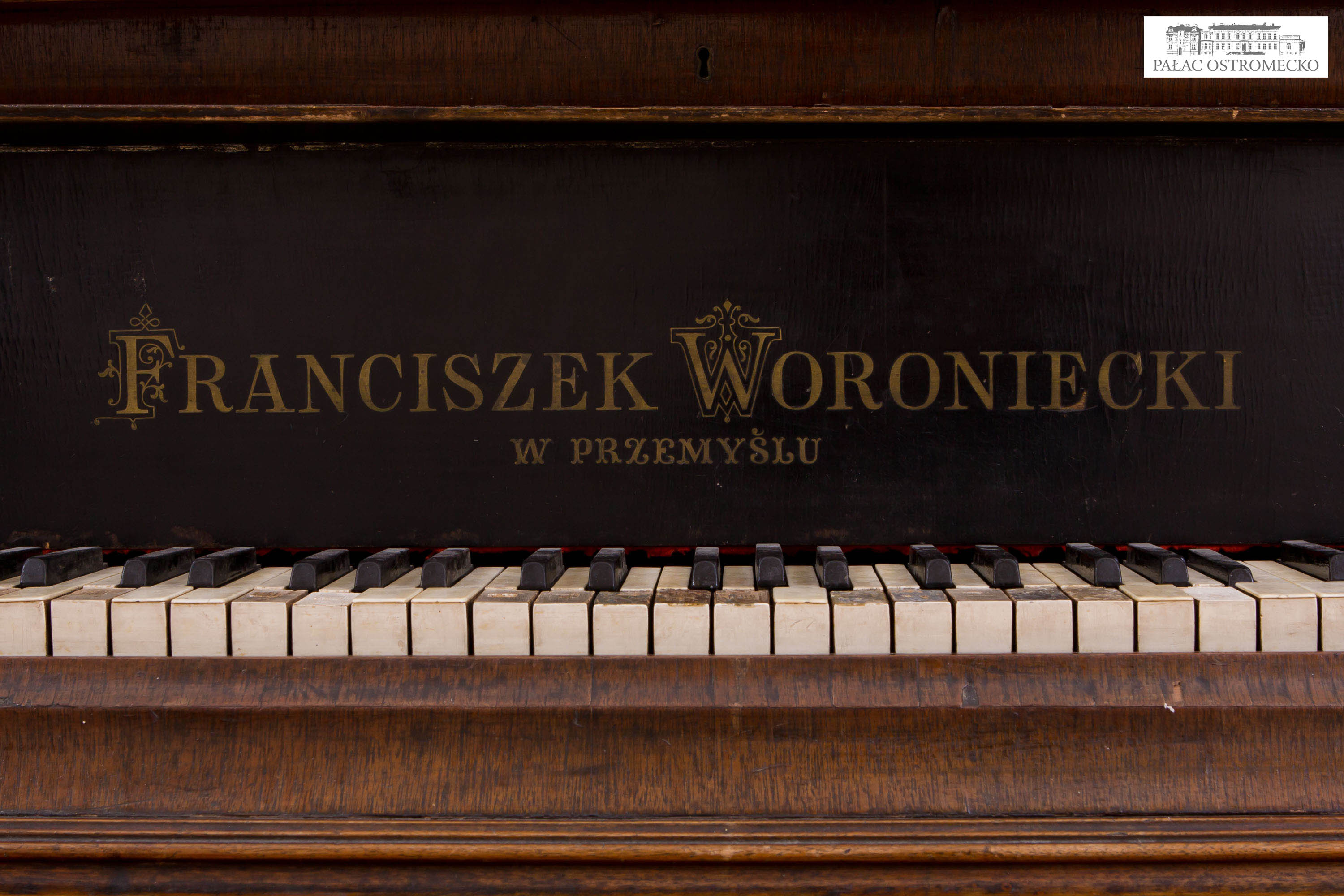
Woźnicki, Jan
Jan Woźnicki was a little-known Polish piano maker. Around 1853-54 he ran a piano workshop in Warsaw at 1765 Św. Jerzego street. A grand piano signed J. WOZNICKI / w Warszawie, with rich decorations, is held at the Andrzej Szwalbe Collection in Ostromecko near Bydgoszcz.
Bibliography: B. Vogel, Fortepian polski. Budownictwo fortepianów na ziemiach polskich od poł. XVIII w. do II wojny światowej, (Warszawa, 1995), p. 276; B. Vogel, Kolekcja zabytkowych fortepianów Filharmonii Pomorskiej, (Bydgoszcz, 21987), p. 76
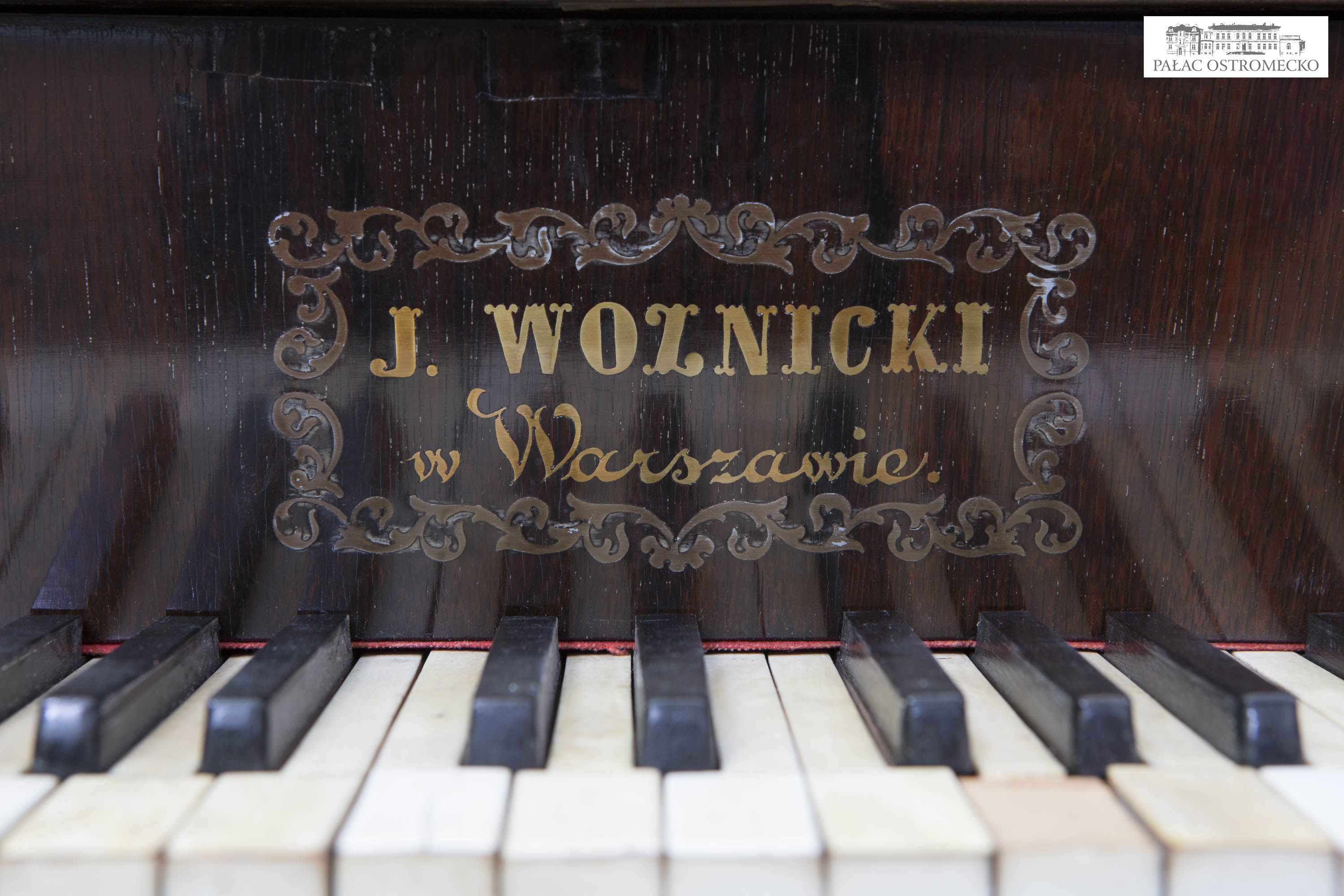
Zakrzewski, Antoni
Polish piano and organ maker Antoni Zakrzewski ran a workshop in Warsaw c. 1837-1859. In 1837 he got a patent for a piano hitch pin block made of two layers glued together. His instruments – both pianos and organs – were of good quality and produced fine sound. His pianos survived in the collections of the Museum of Industrial History in Opatówek, the Andrzej Szwalbe Collection in Ostromecko and the Musical Instrument Museum in Poznań.
Bibliography: B. Vogel, Polskie fortepiany XIX –XX w. Kolekcja Muzeum Historii Przemysłu w Opatówku, Opatówek 1994; B. Vogel, Fortepian polski. Budownictwo fortepianów na ziemiach polskich od poł. XVIII w. do II wojny światowej, Warszawa 1995; B. Vogel, ‘Zakrzewski Antoni’, Encyklopedia muzyczna PWM, vol. 12, ed. E. Dziębowska, Kraków 2012
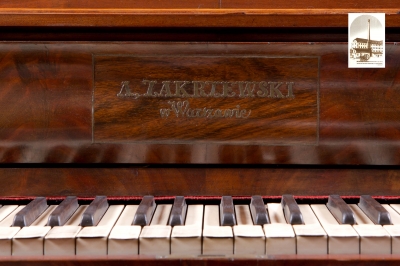
Zdrodowski, Kasper
Kasper Zdrodowski (b. c. 1808, d. 1860 in Warsaw) was a piano maker, master craftsman, and founder of a leading Polish piano company. From c. 1834 he ran a piano workshop in Warsaw. In 1837 he built a grand piano with a metal rest pin block after Pleyel. He showed a similar model at a Warsaw industry and crafts exposition in 1838. In 1841 he built the piano part of Philippe de Girard’s tremolophone, or girardeon (a grand piano fitted with a mechanism producing a tremolo), a famous invention of the day shown at a Warsaw exposition in 1841 and before the tsar, who ordered a few of the instruments. In 1850 Zdrodowski engaged a few piano makers from Vienna. In 1851 he went to the London world fair to get himself acquainted with the latest developments in the piano industry. While in London, he hired a few employees of Erard and Pleyel. Zdrodowski’s instruments were highly valued by composer S. Moniuszko, among others. They were used by pianists F. Liszt, A. Kątski, R. Schumann, H. Litolff, and K. Seymour-Shif during their public performances. After Zdrodowski’s death, the company was shortly ran by his brother-in-law and long-standing associate Walenty Bączkowski. A few of Zdrodowski’s instruments have survived in private collections and museums, including the National Museum in Warsaw, the Andrzej Szwalbe Collection in Ostromecko near Bydgoszcz, and the Museum of Industrial History in Opatówek, which holds two of his grand pianos, one signed K. ZDRODOWSKI / FORTEPIANISTA (serial no. 10).
Bibliography: B. Vogel, Kolekcja zabytkowych fortepianów Filharmonii Pomorskiej, (Bydgoszcz, 11980, 21987), p. 80; B. Vogel, Polskie fortepiany XIX-XX w. Kolekcja Muzeum Historii Przemysłu w Opatówku, (Opatówek, 1994), pp. 30-31, 58; B. Vogel, Fortepian polski. Budownictwo fortepianów na ziemiach polskich od poł. XVIII w. do II wojny światowej, (Warszawa, 1995), p. 278; B. Vogel, ‘Zdrodowski, Kasper’ in Encyklopedia muzyczna PWM, Vol. [12] w-ż, ed. E. Dziębowska, (Kraków, 2012), p. 339
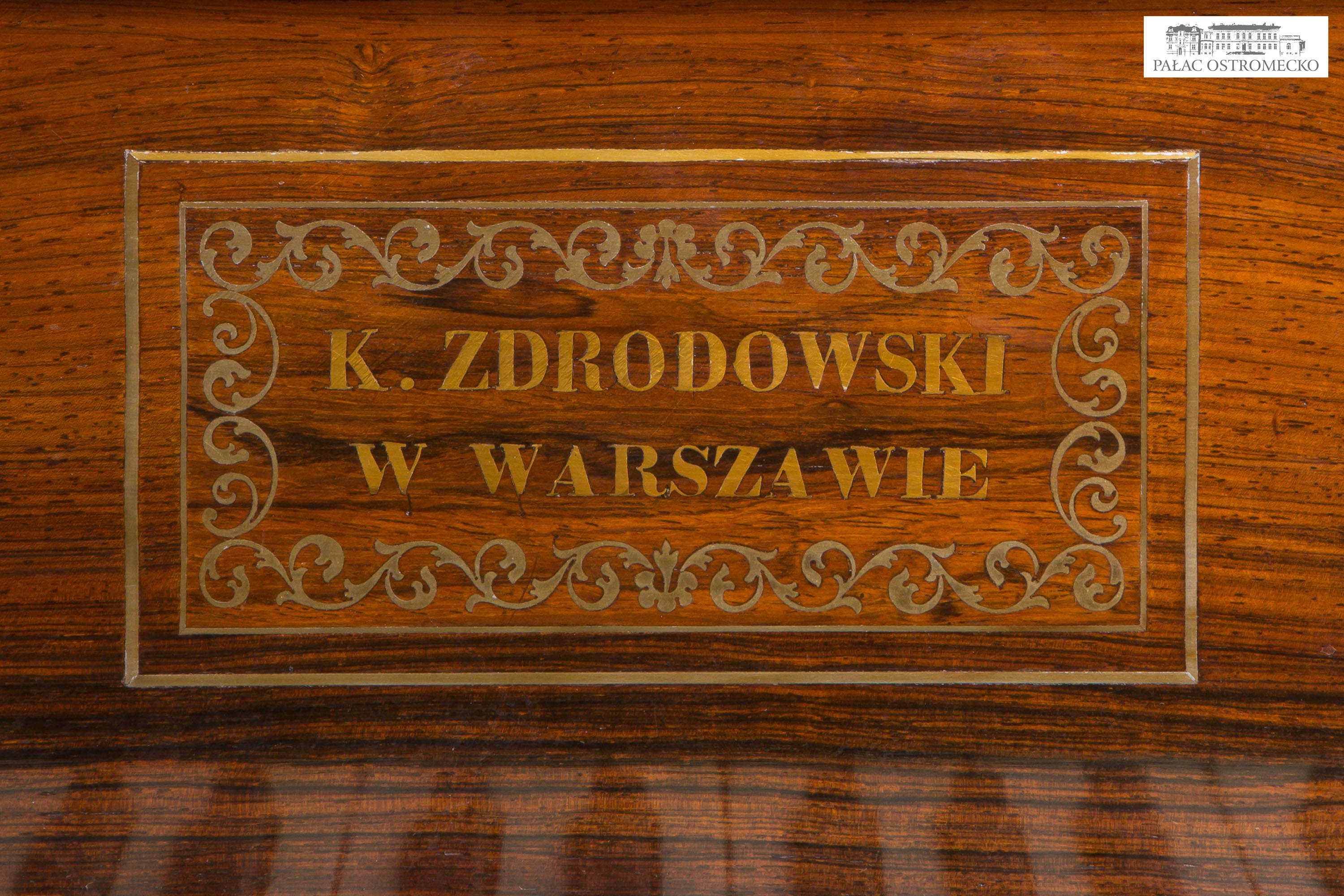
unidentified
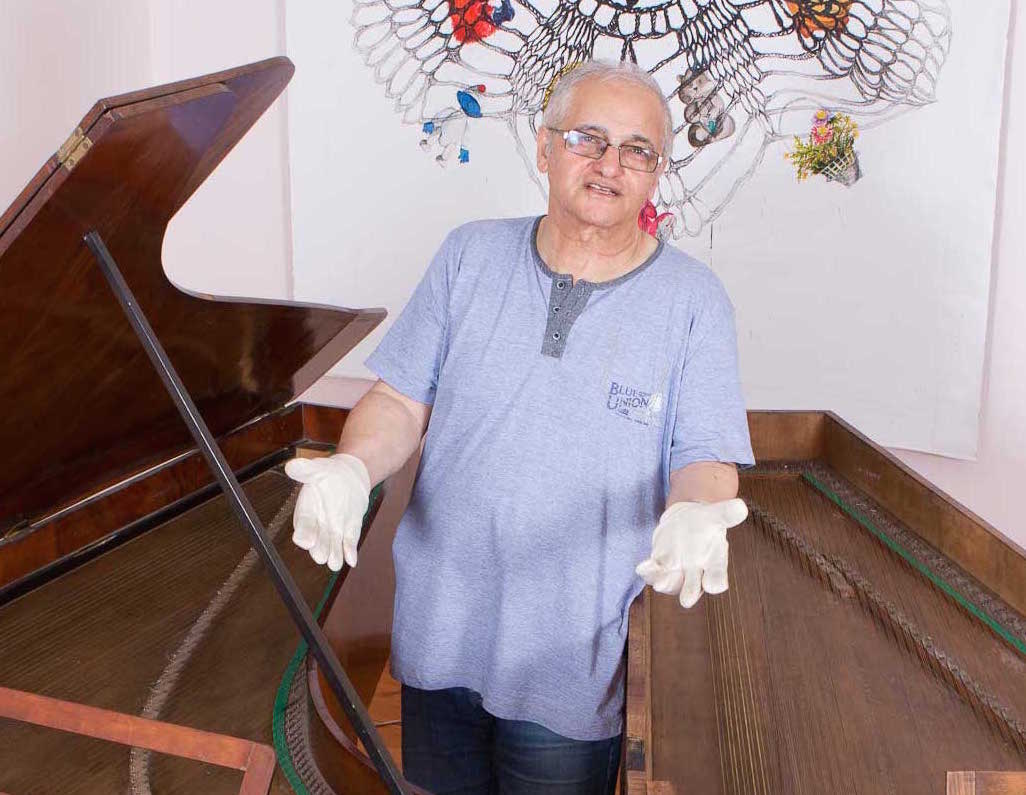
Voigt, Friedrich Bernhard u. Sohn
Friedrich Bernhard Voigt senior, piano maker, b. 11 Jan 1779 in Altefähr on the Rugia island, d. 17 Nov. 1861 in Berlin, got citizenship 9 Aug. 1809 in Berlin, where he opened own workshop in 1813. Since 1818 he maintained pianos in the royal palace, in Charlottenburg and princess’ palace gaining title of the court instrument maker on 26 Dec. 1825. His son Carl Ludwig Friedrich Voigt junior (b. 1813 in Berlin, d. 6 VIII 1874 there) became his partner from 1840, and Theodor Stöcker was his pupil among others. He made grand, square and upright pianos that gained recognition at the 1827 Berlin exhibition. At the Berlin Academy od Sciences exhibitions he showed in 1839 English type rosewood square piano, in 1840 grand rosewood piano with patented Streicher’s dampers, in 1842 English type concert grand made by his son that granted him a title of Academy Artist on 10 Dec., in 1844 a piano with English repetition action. In 1847 the firm employed 20 journeymen, in 1857 – 12, listed in 1839 at Leipzigerstrasse 36, in 1855 at Wilhelmstrasse 51. Voight’s pianos are possessed among others by German museums in Neubrandenburg, Prenzlau and Berlin, by National Museum in Warsaw (square c. 1820), Music Instrument Museum in Poznań (square c. 1820 and giraffe c. ok. 1830), Gothenburg City Museum, Sweden (giraffe c. 1830), Metropolitan Museum of Art in New York (two giraffes from 1832 and c. 1835-40).
Bibliography: Z. Szulc, Katalog instrumentów muzycznych, Muzeum Wielkopolskie (Poznań, 1949); M. Novak Clinkscale, Makers of the Piano 1700-1820, vol. I, (Oxford, 1993); O. Thulin, Musikinstrument. Historiska Advdelningen Göteborgs Museum, (Göteborg, 1931), pp. 36-7 item 154; H. Heyde, Musikinstrumentenbau in Preussen (Tutzing, 1994), p. 290; H. Henkel, Lexikon deutscher Klavierbauer (Frankfurt/M., 2000), pp. 673-74
